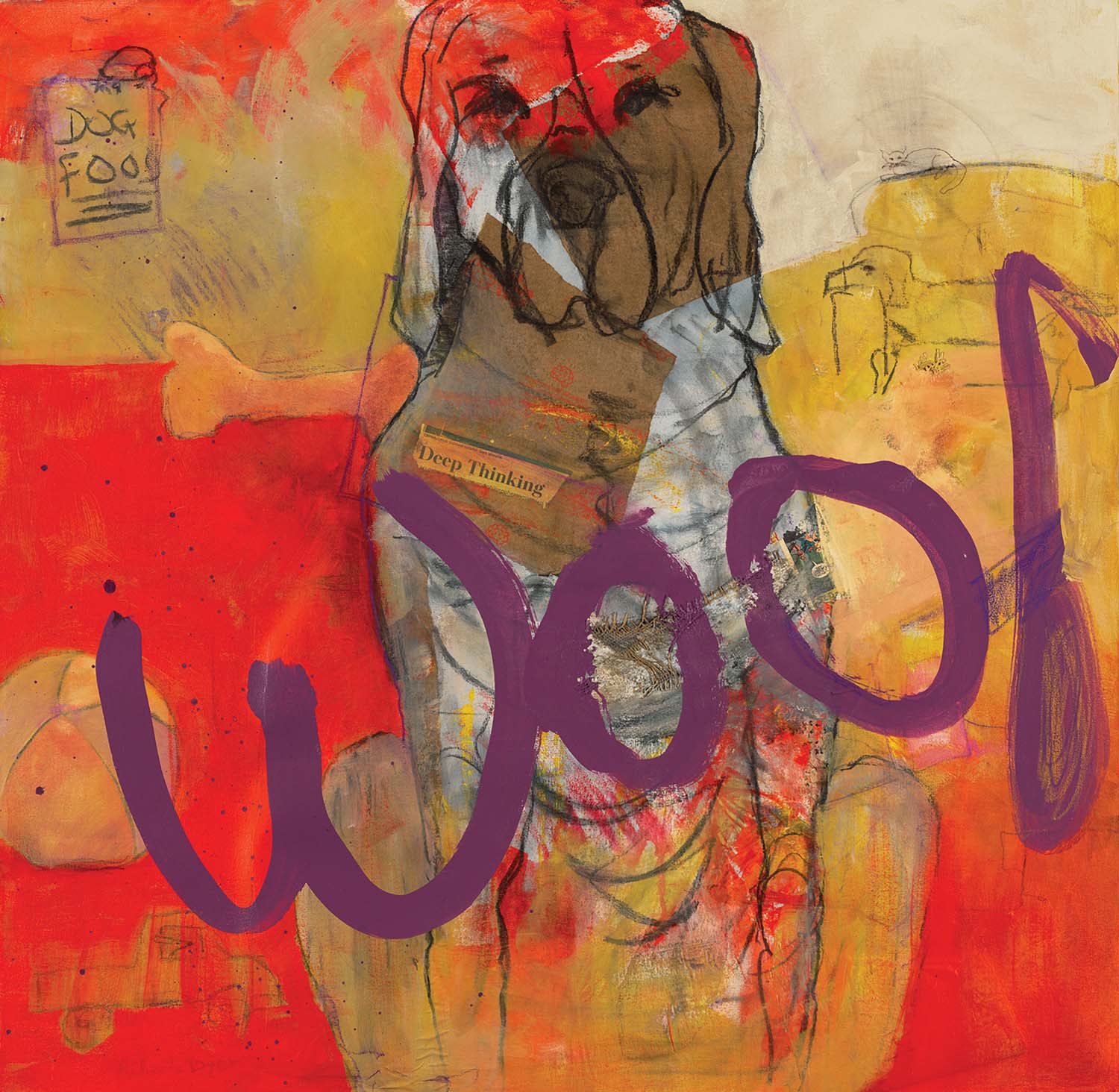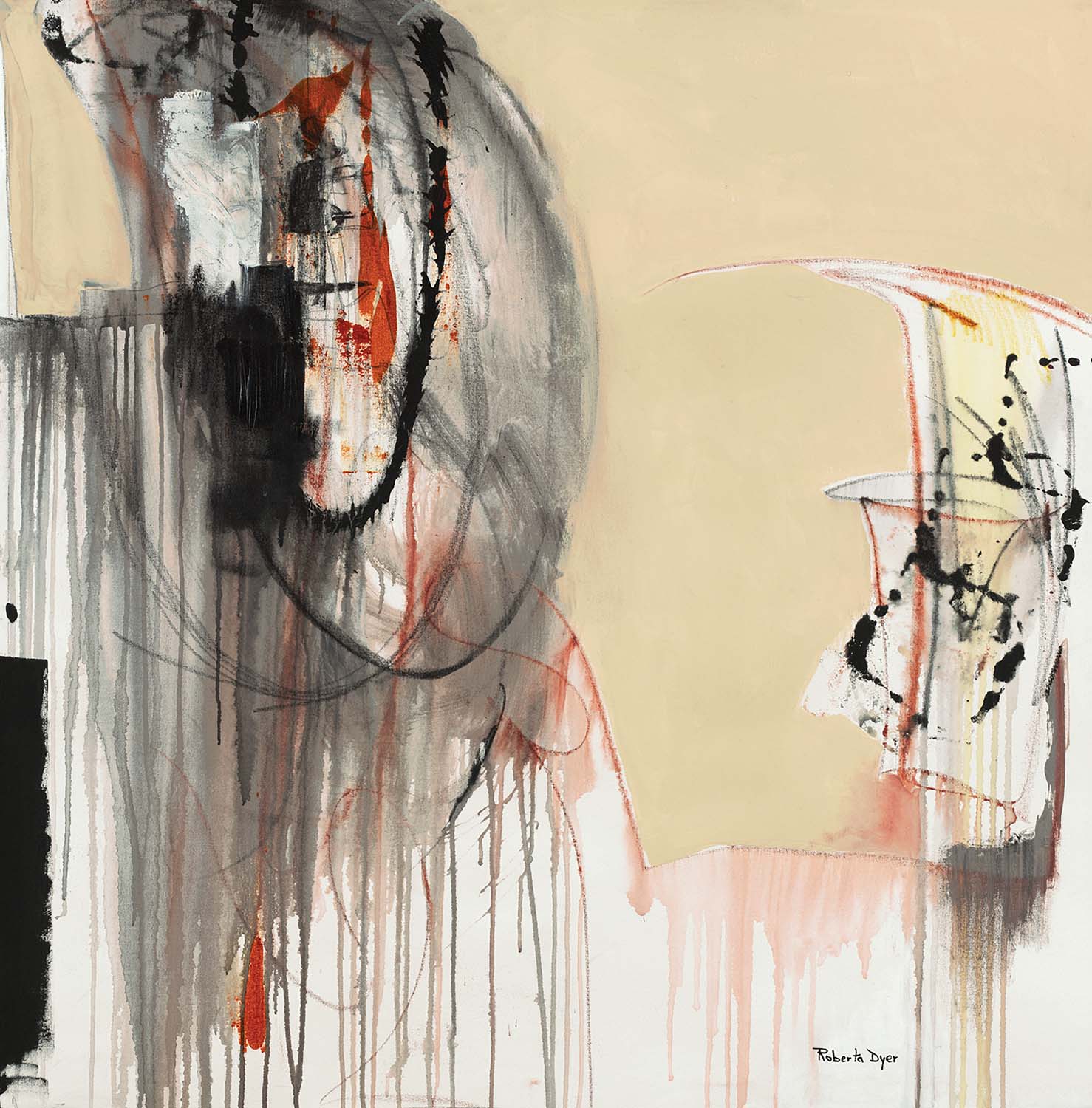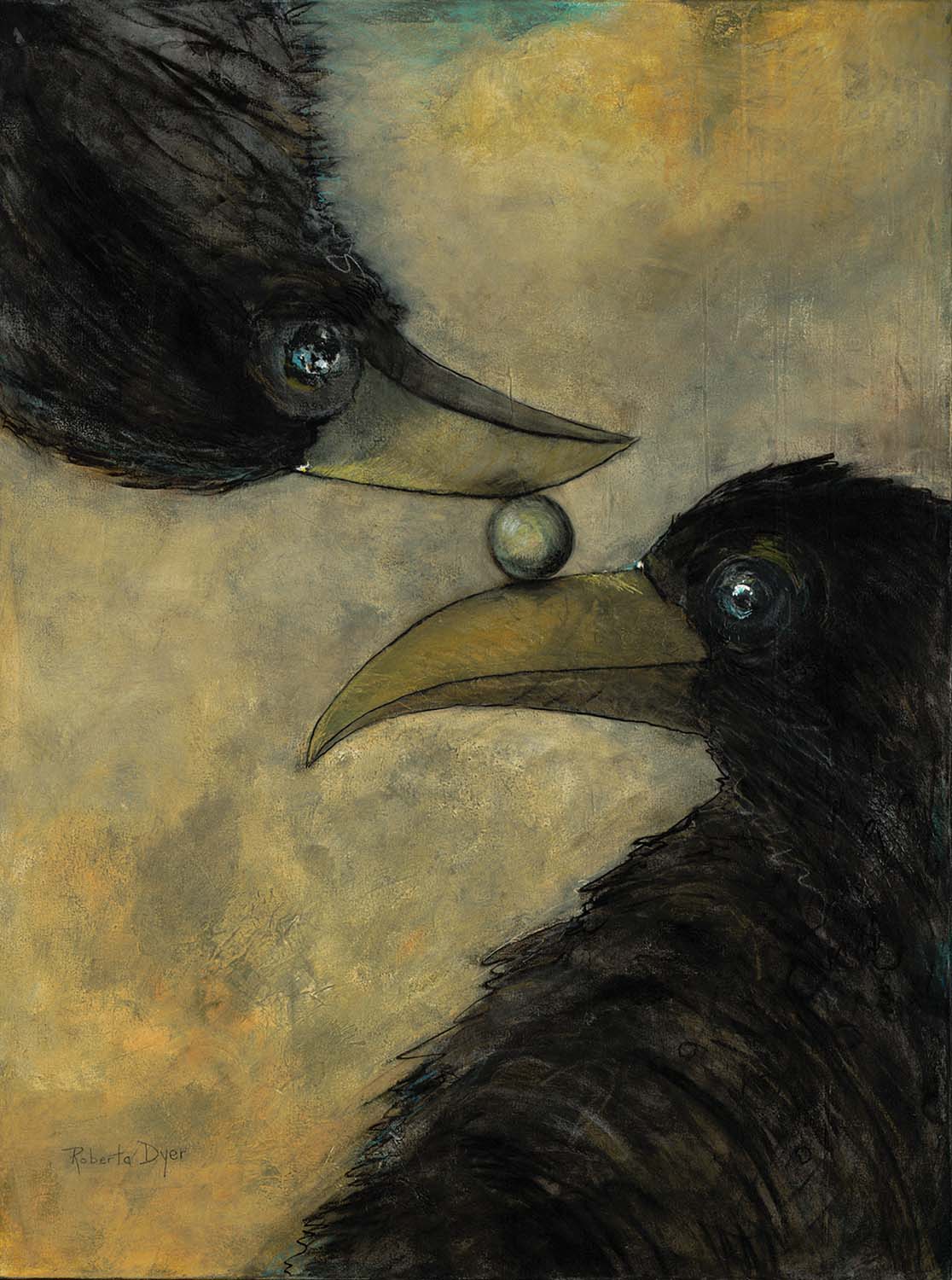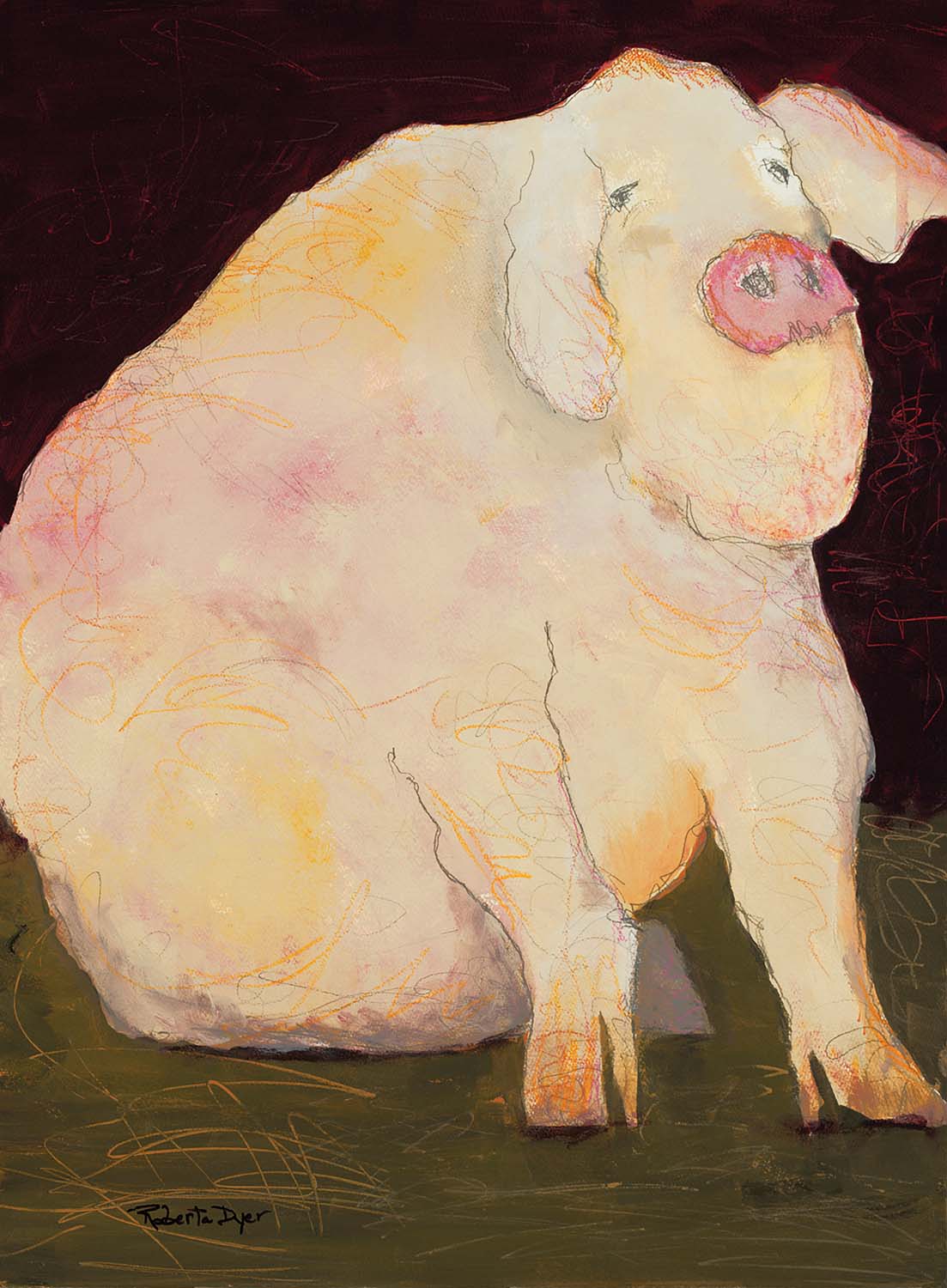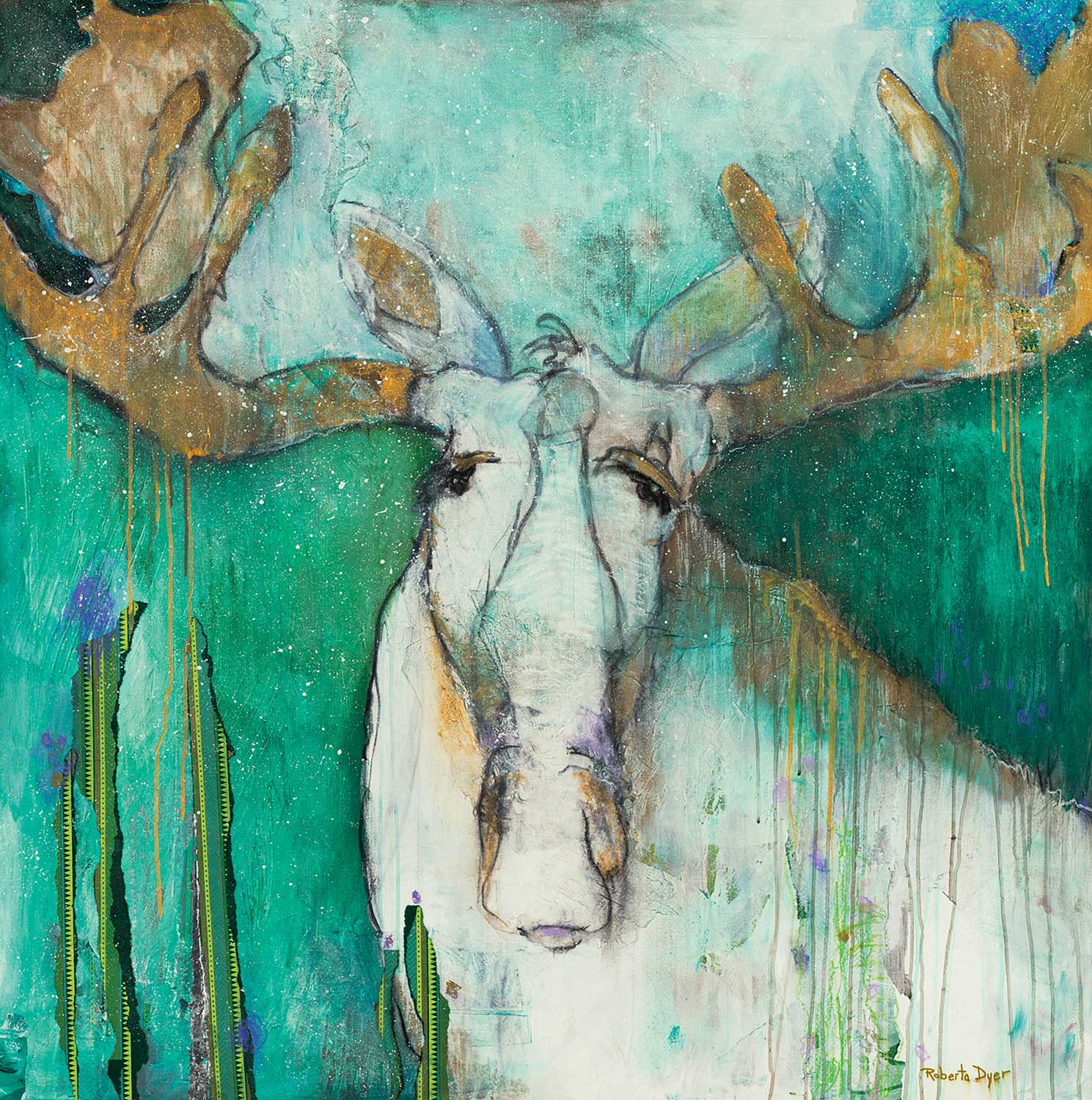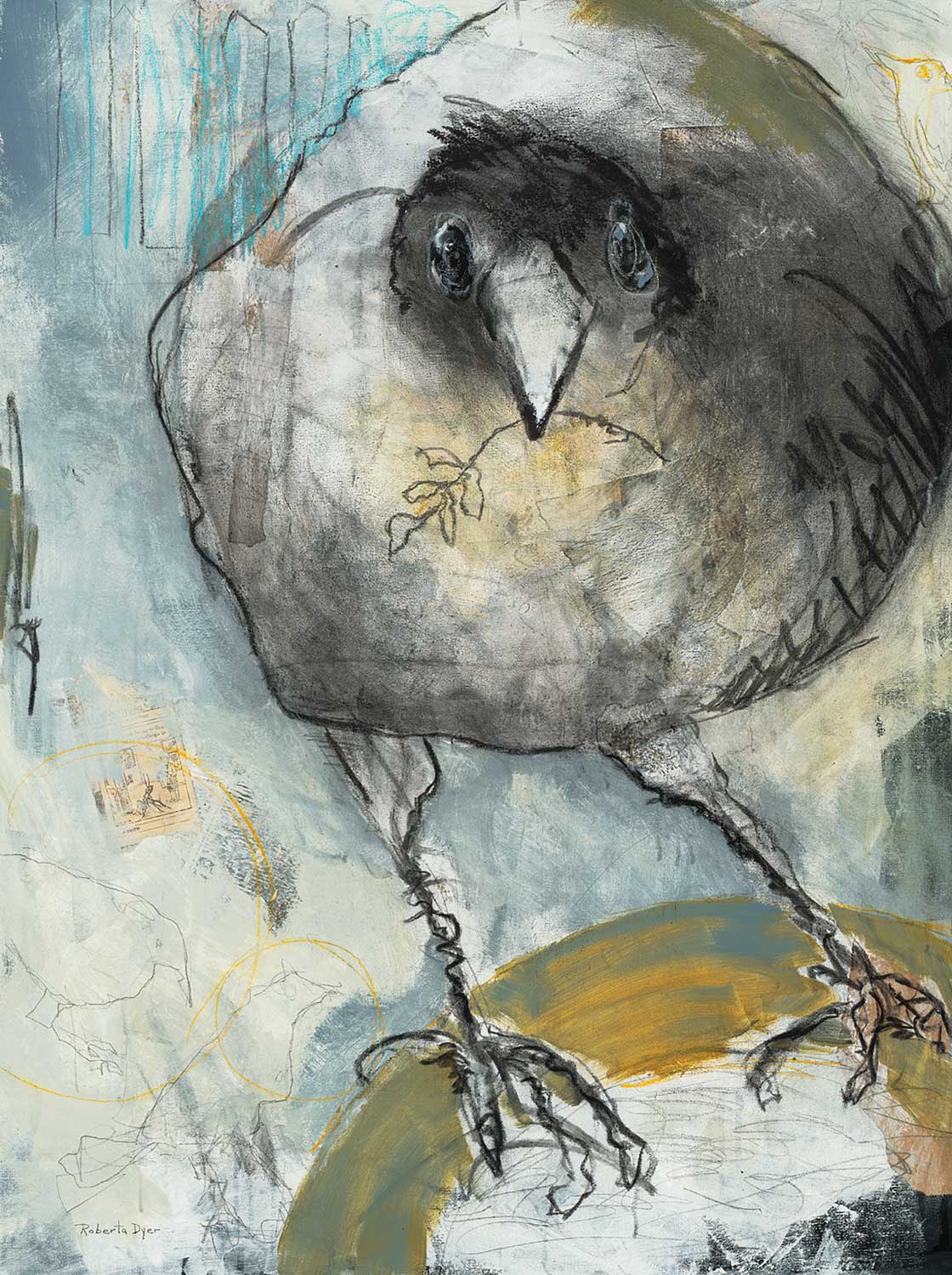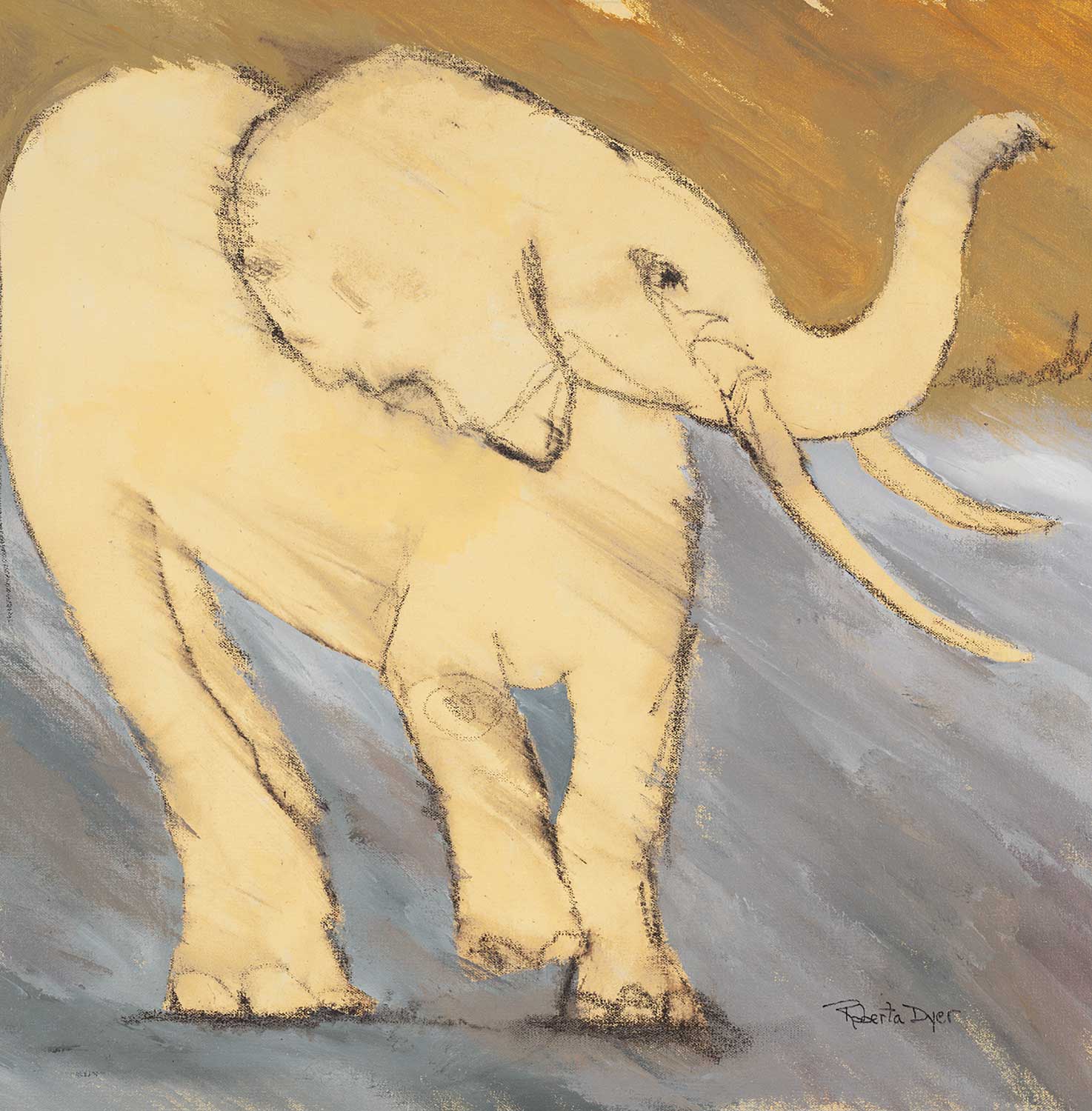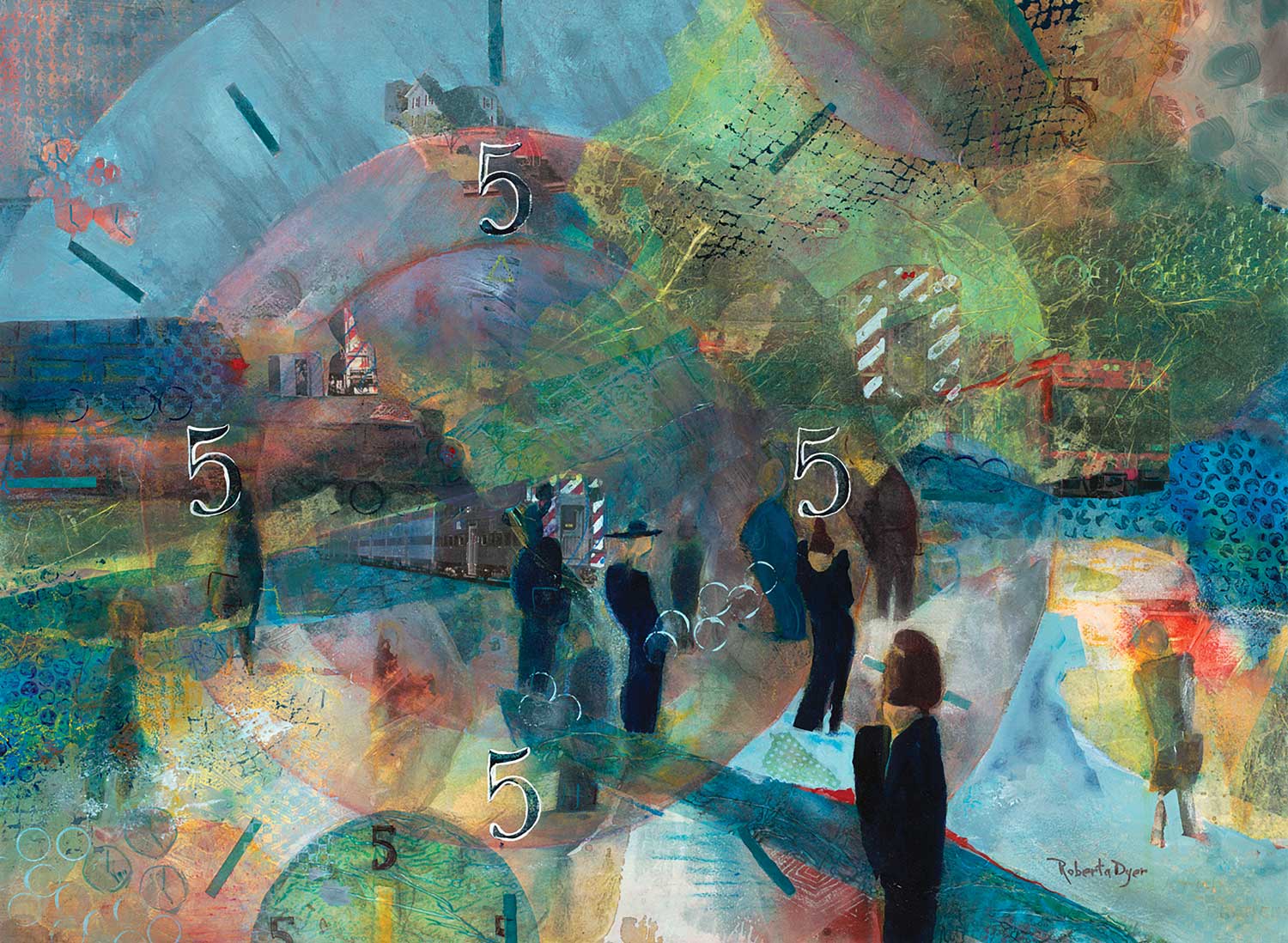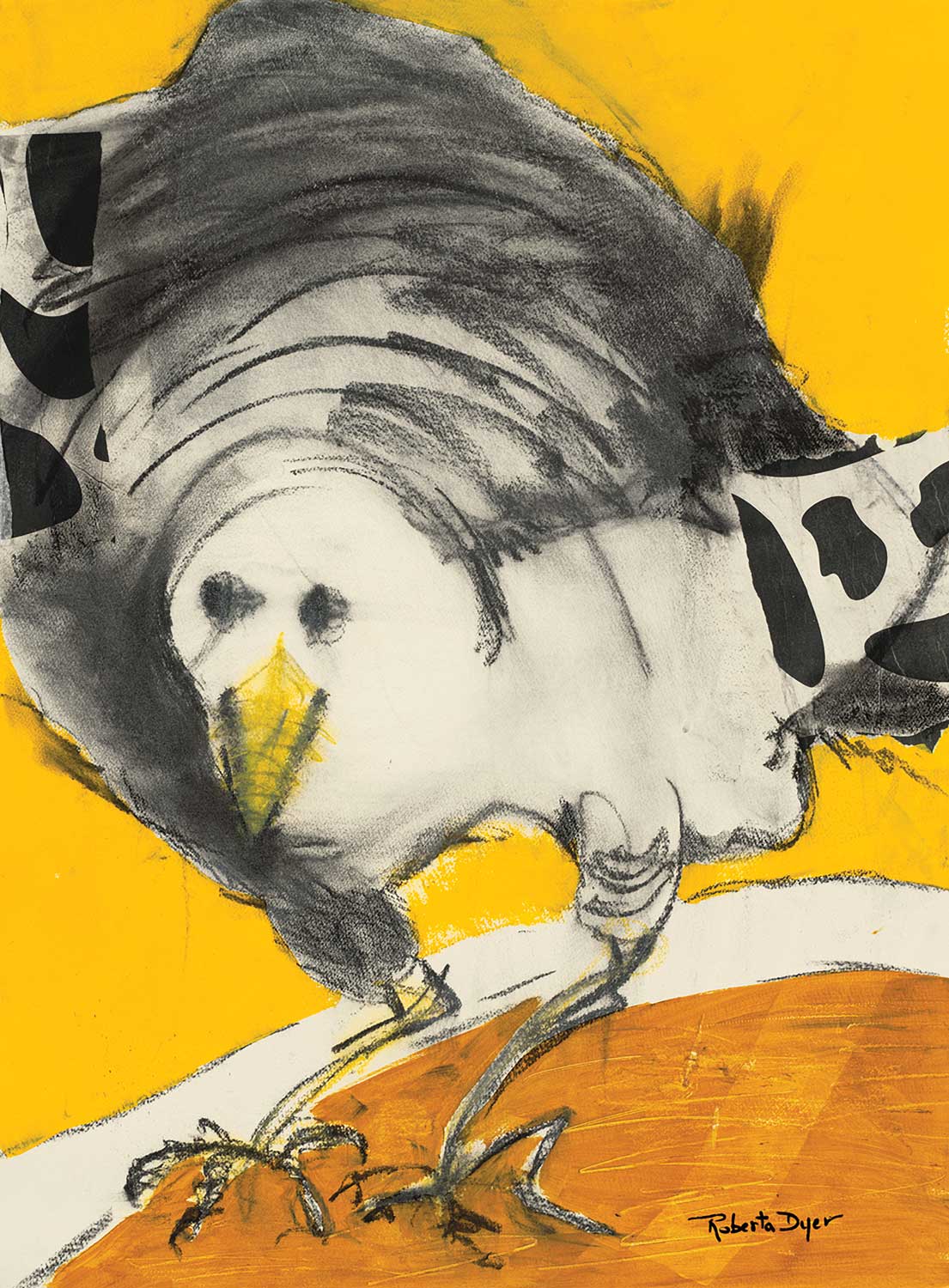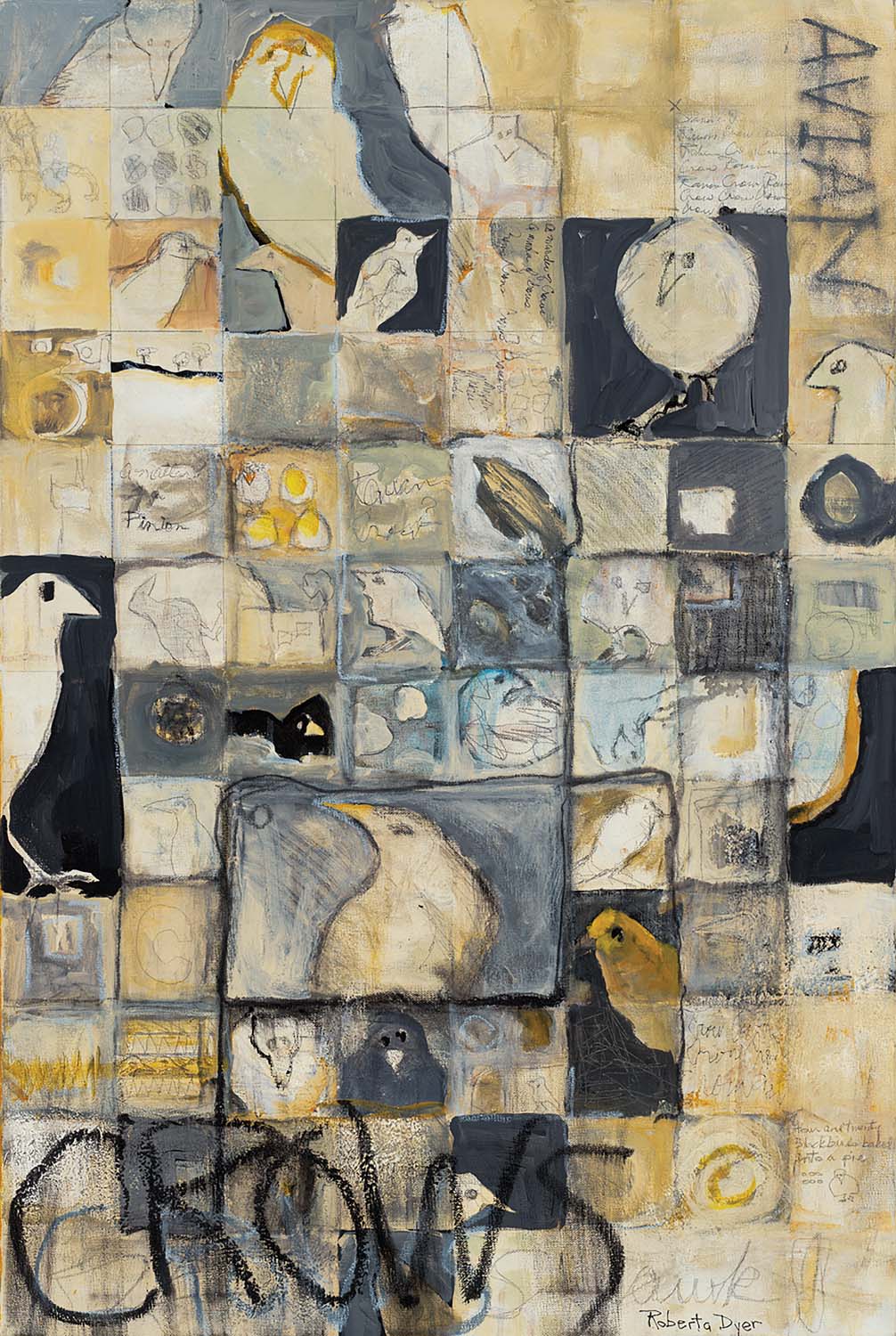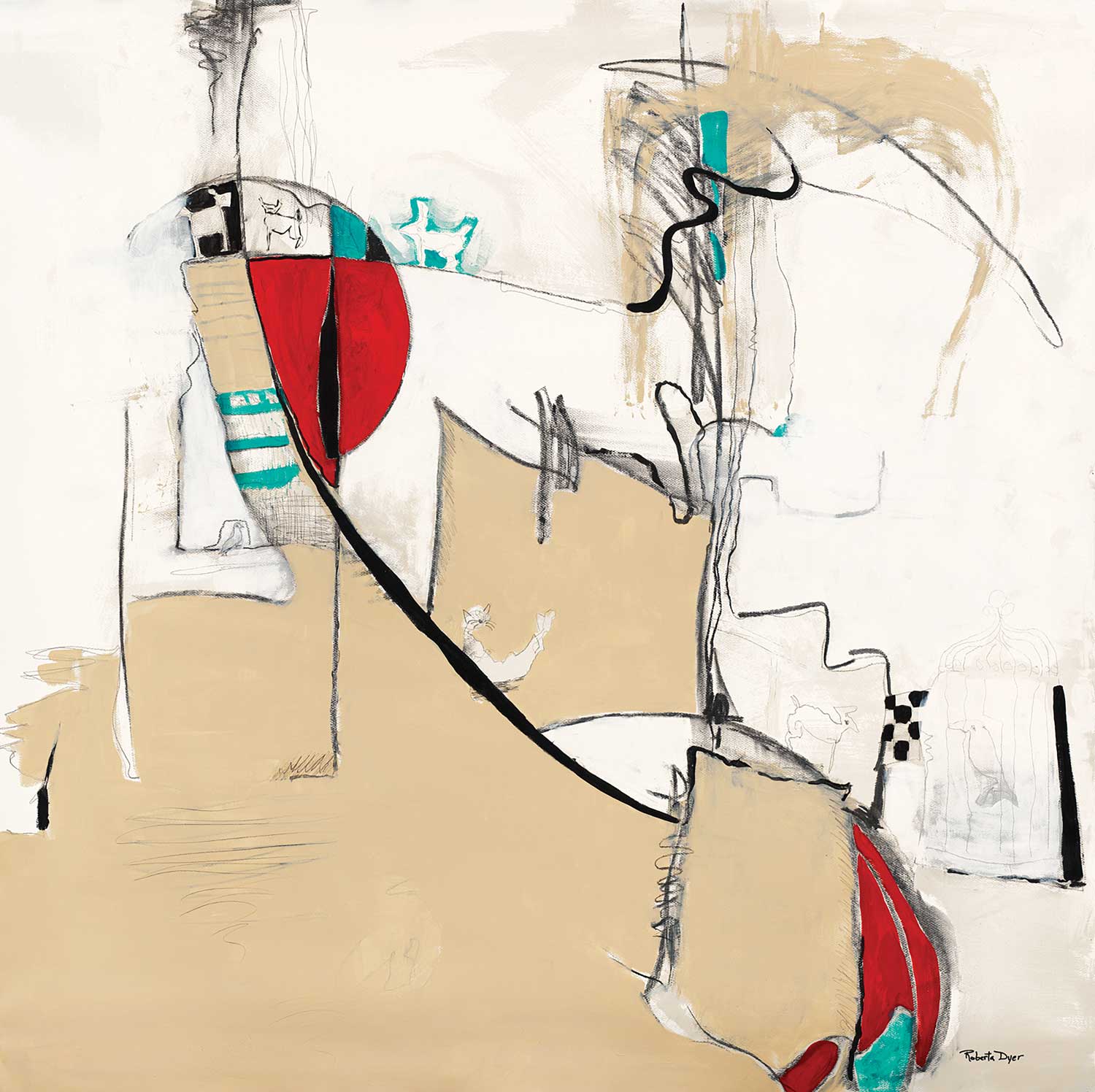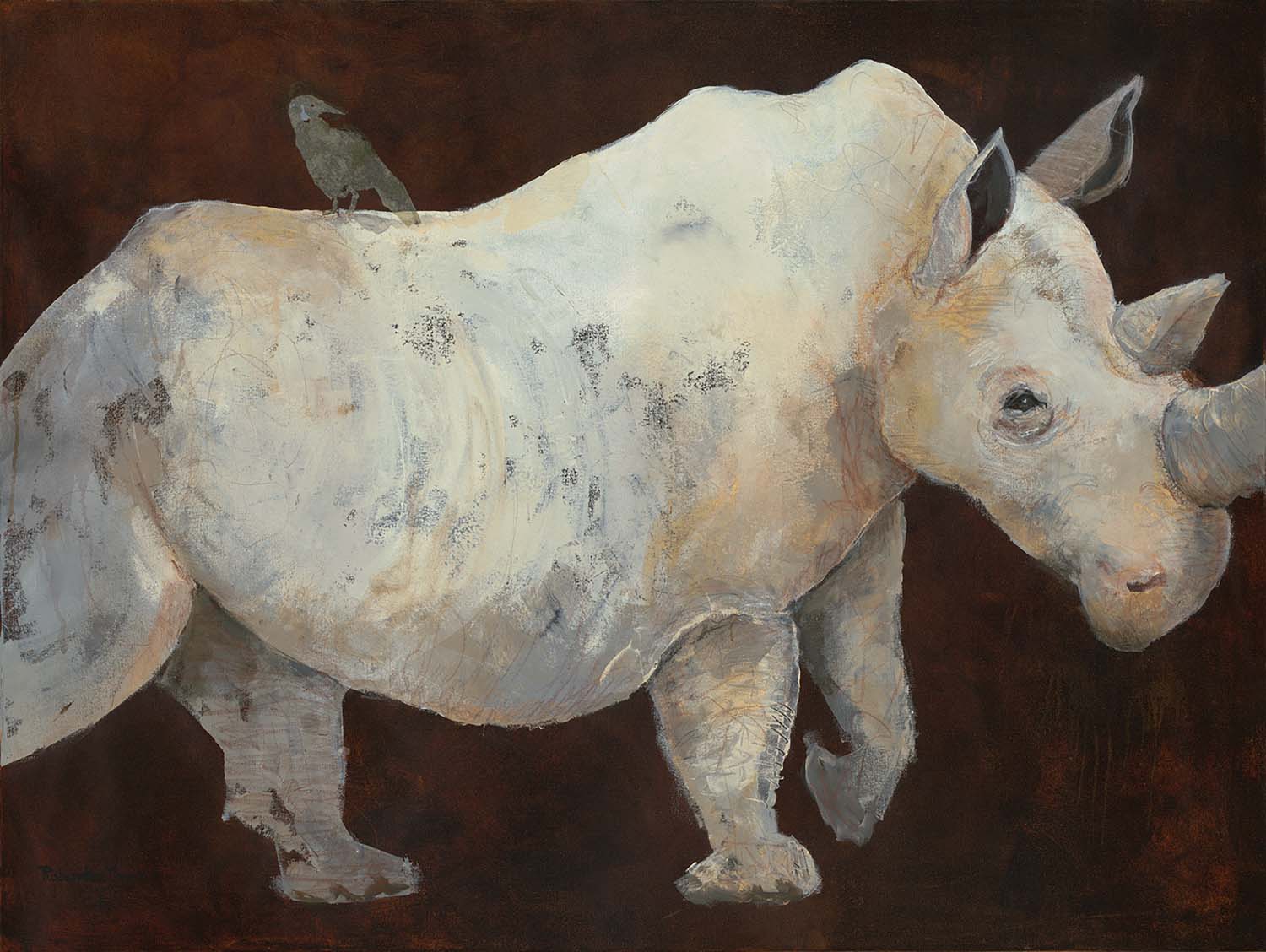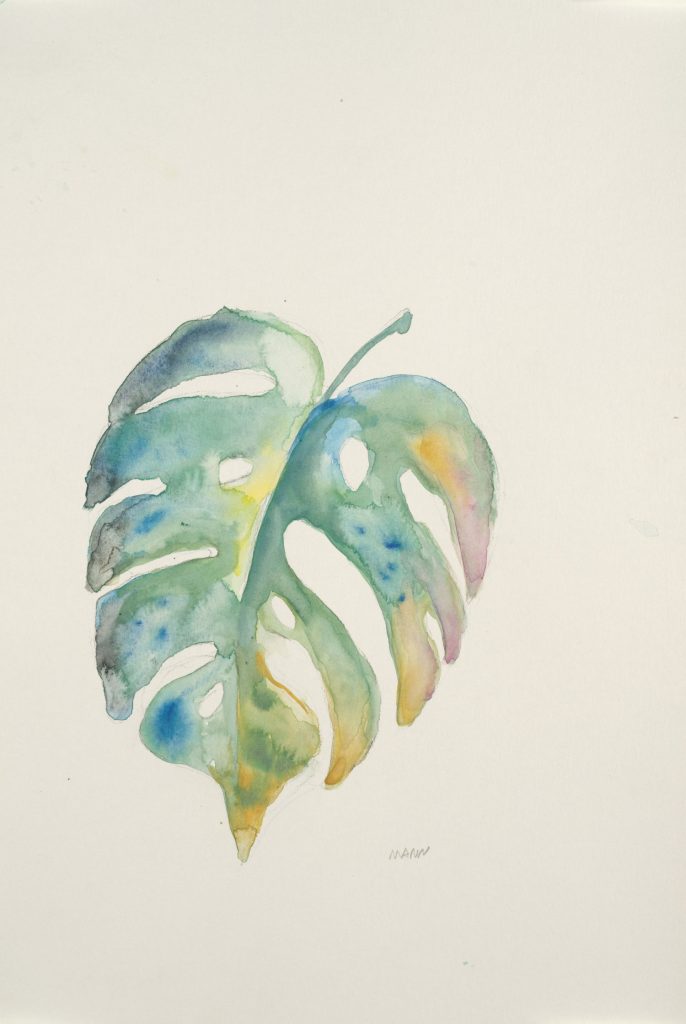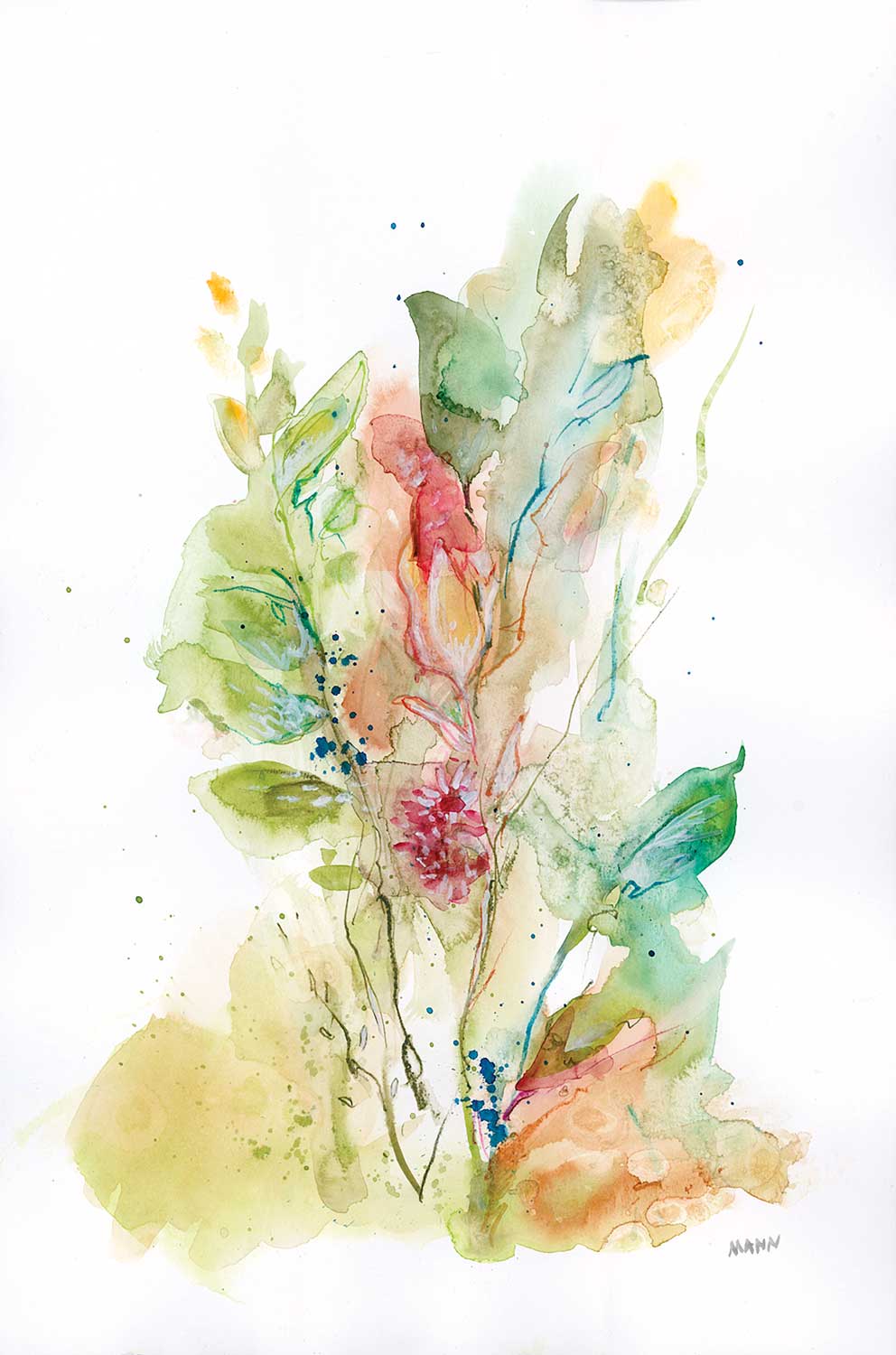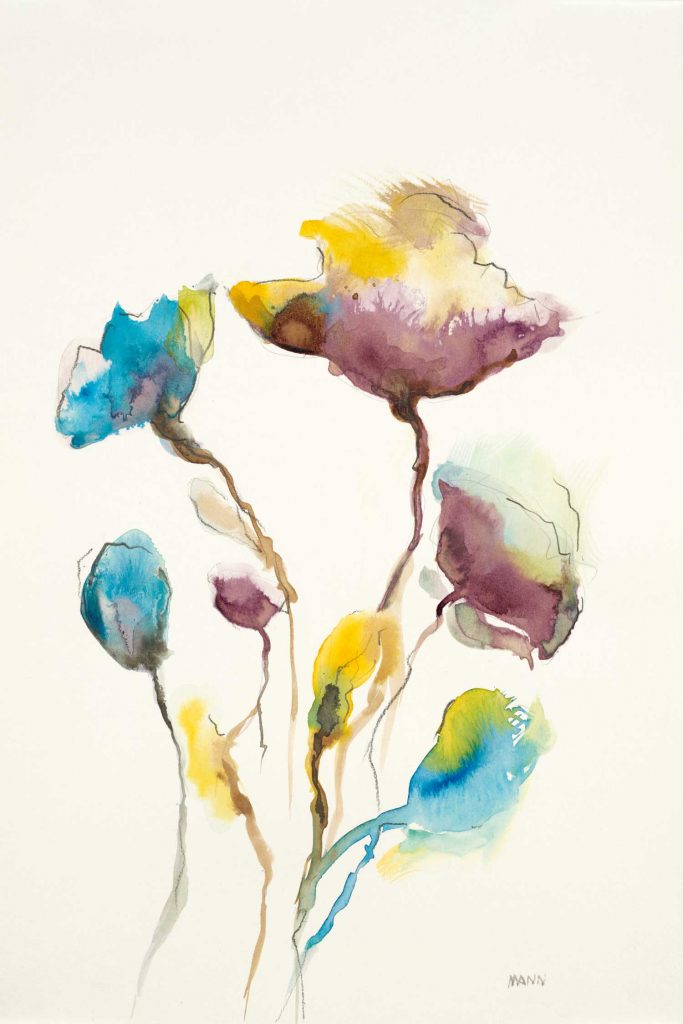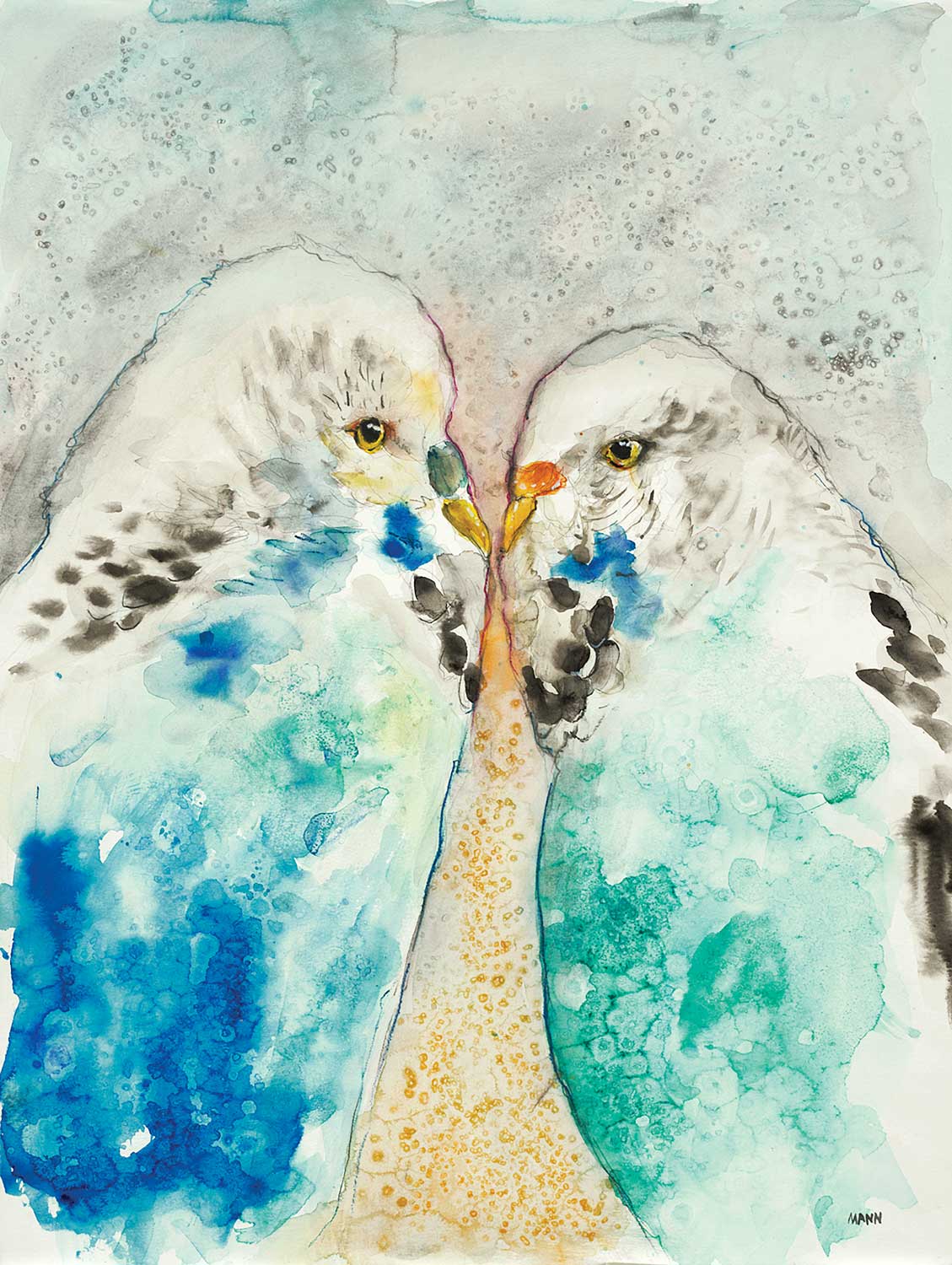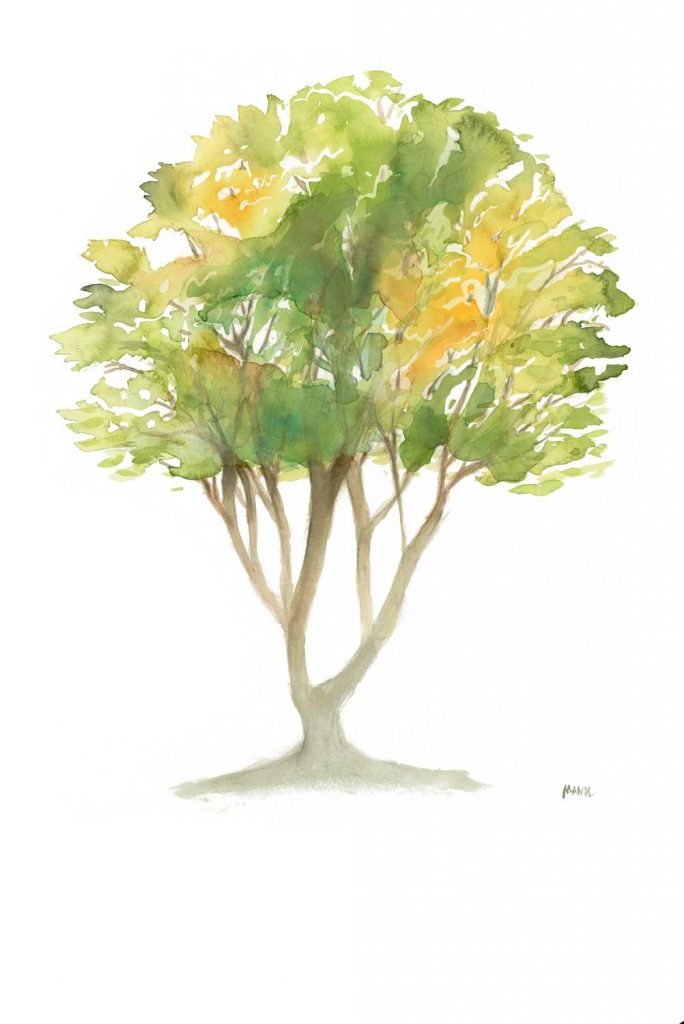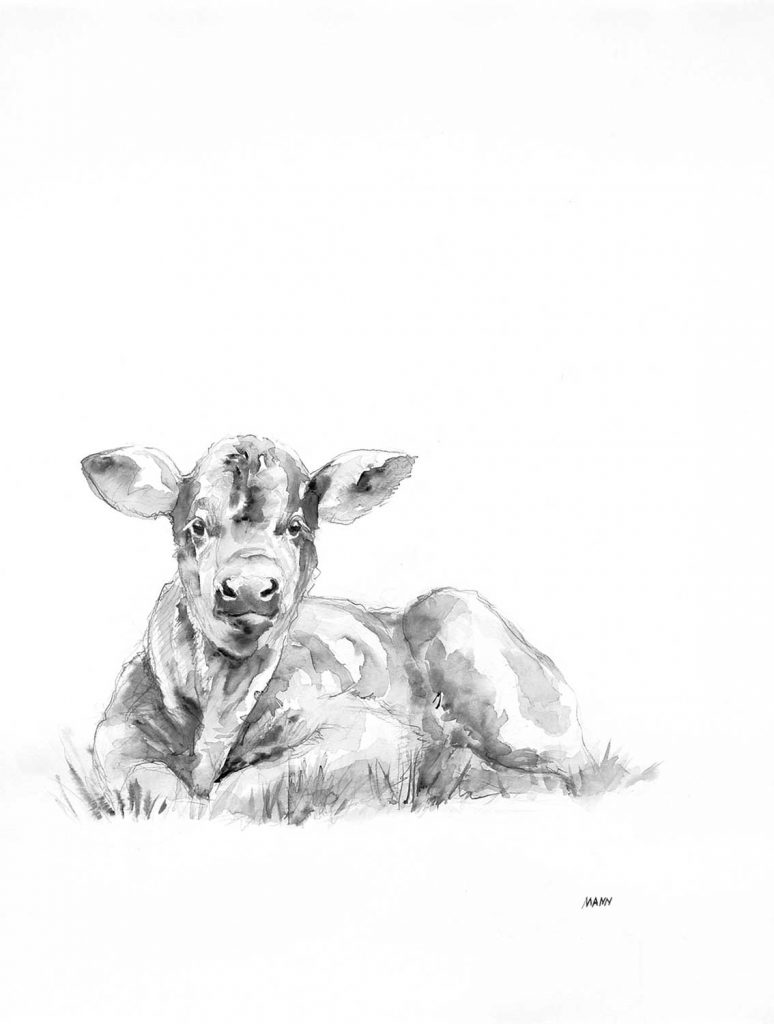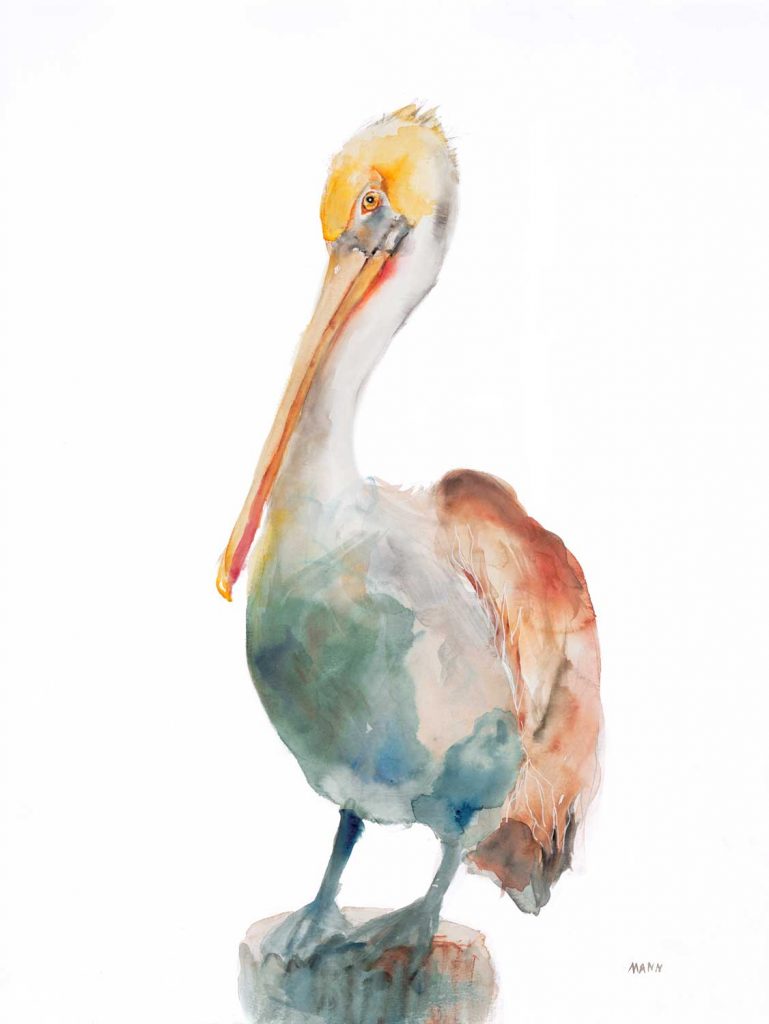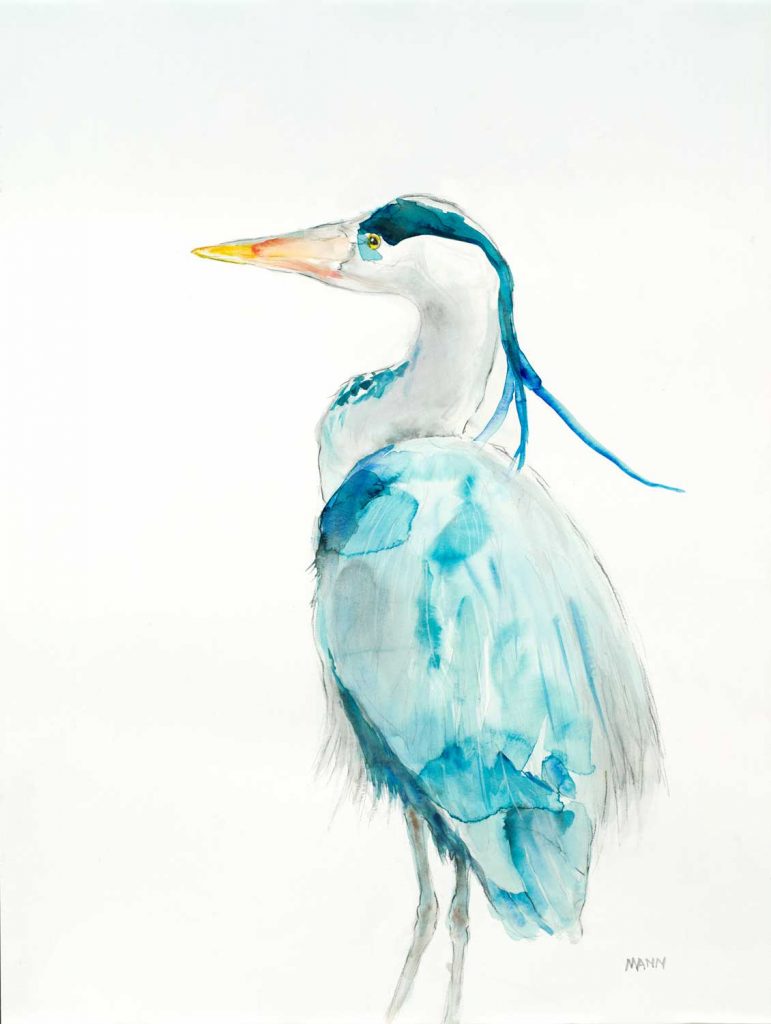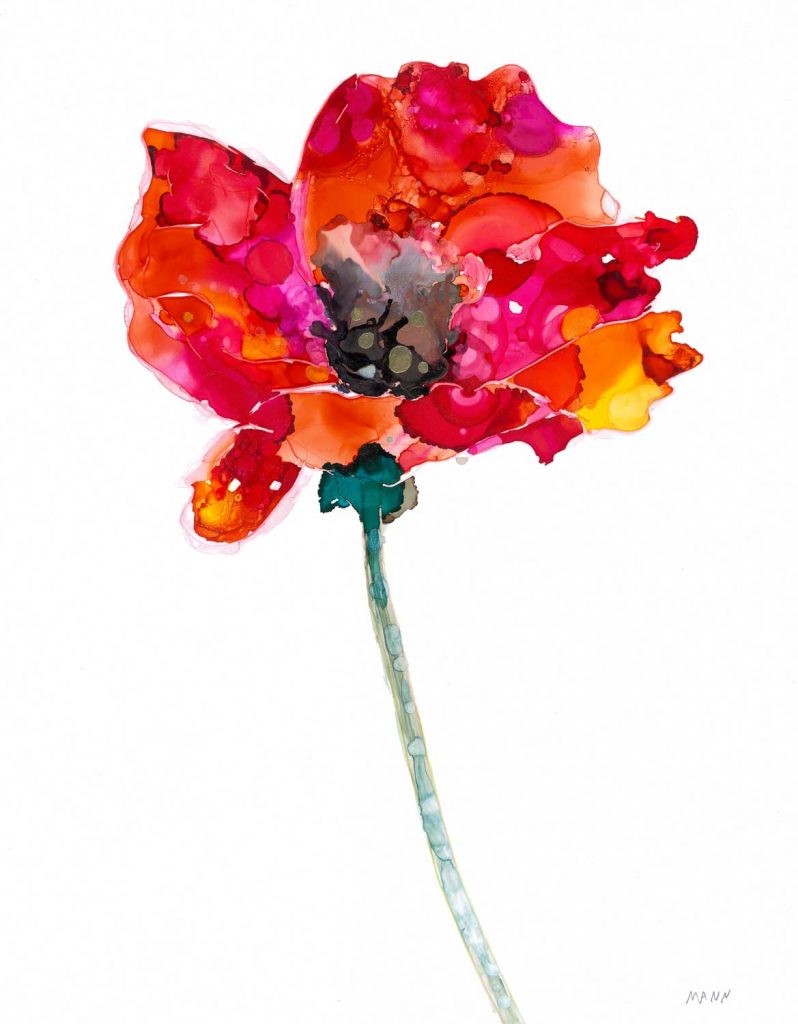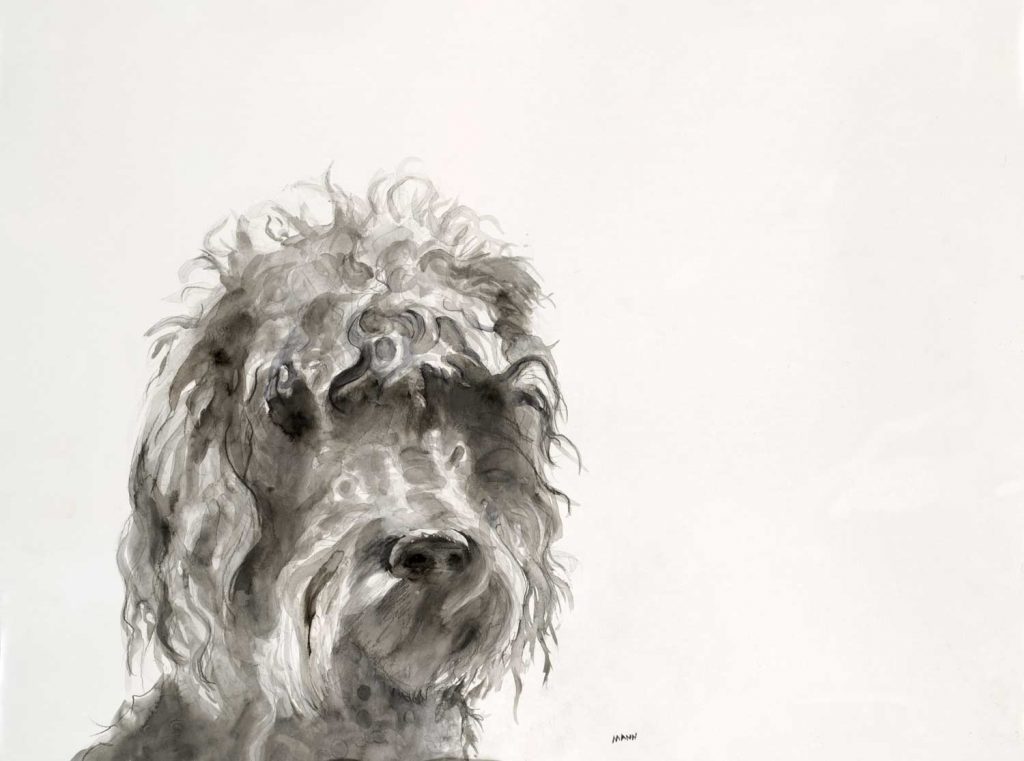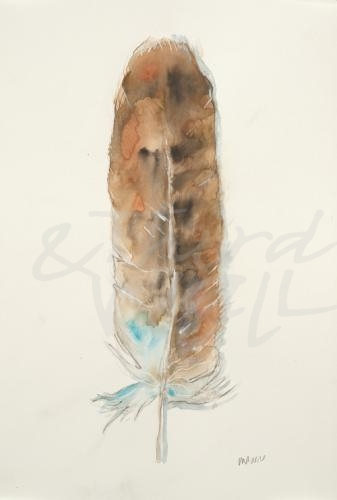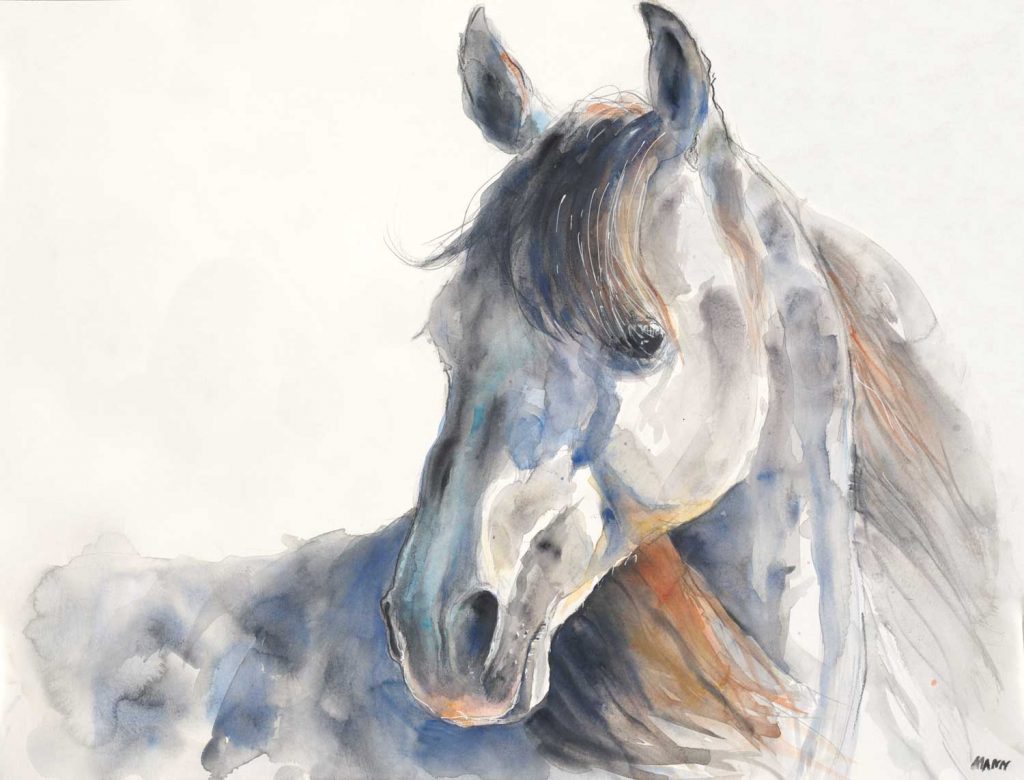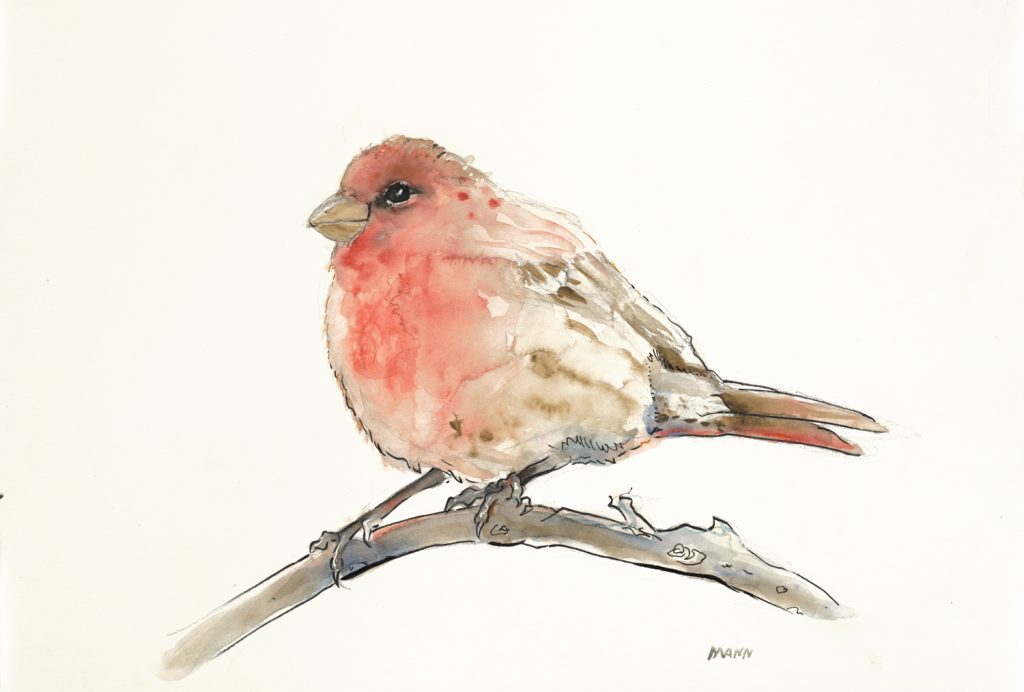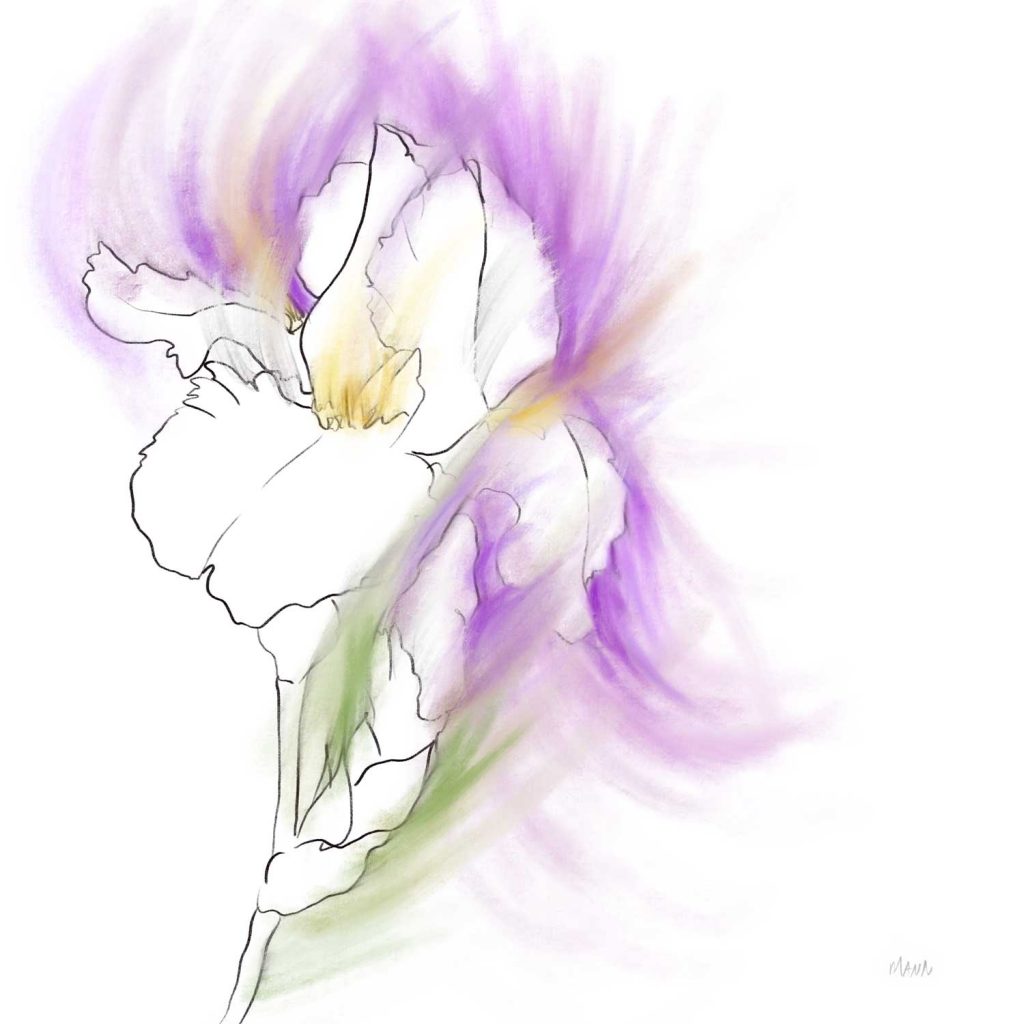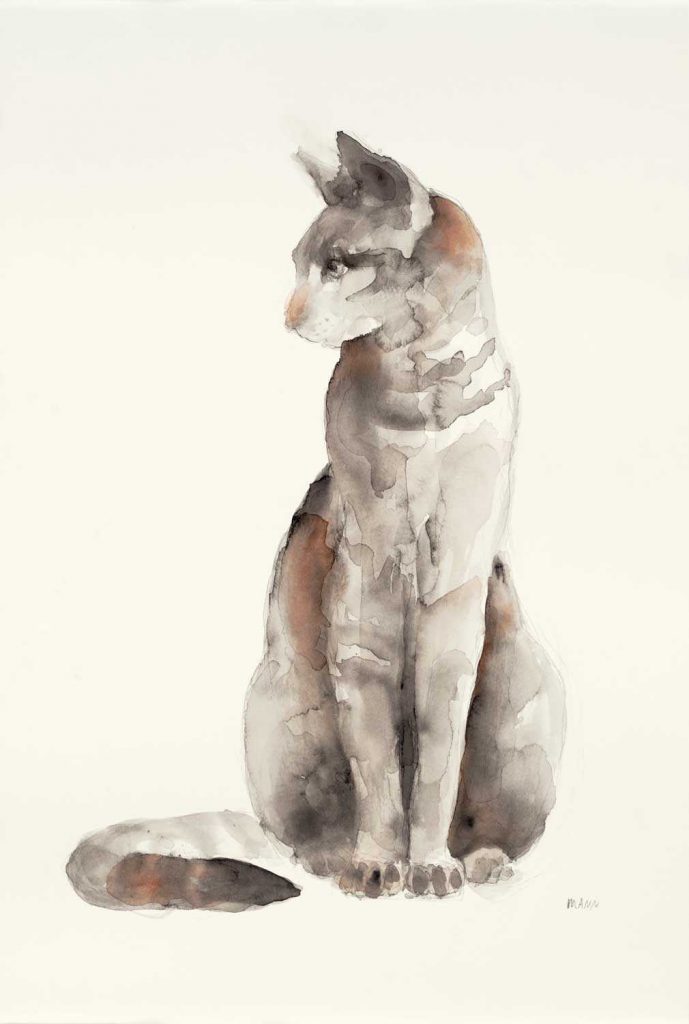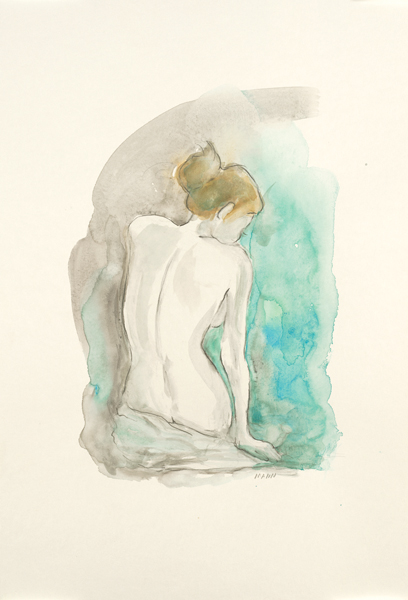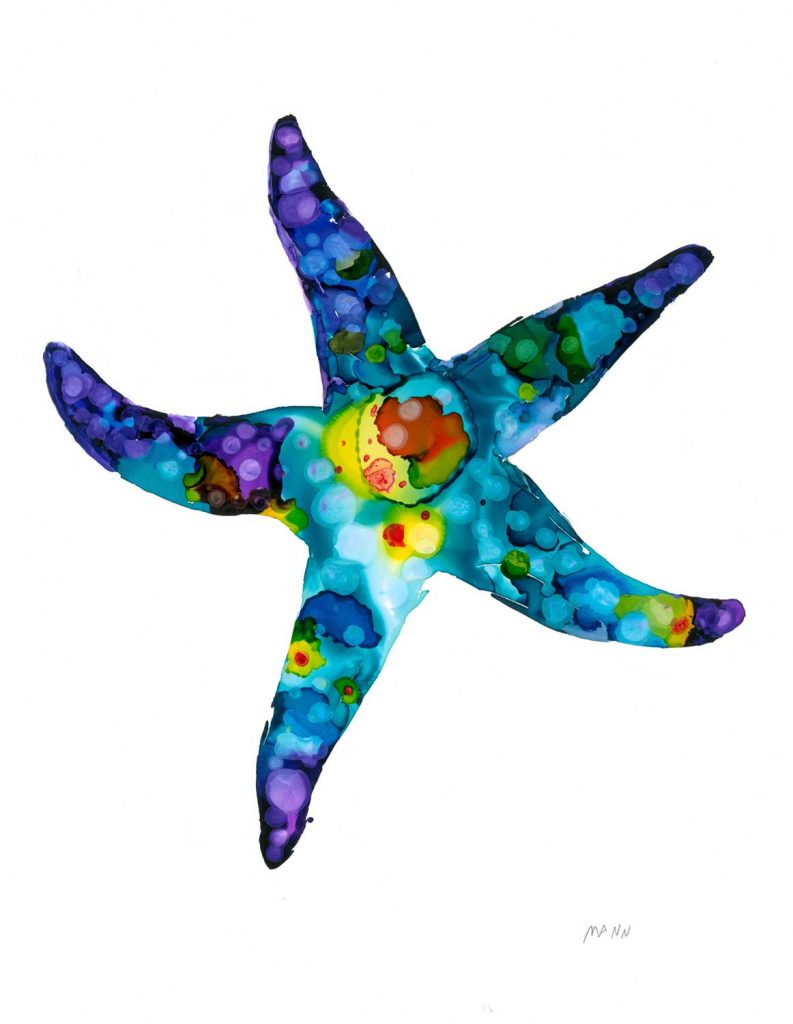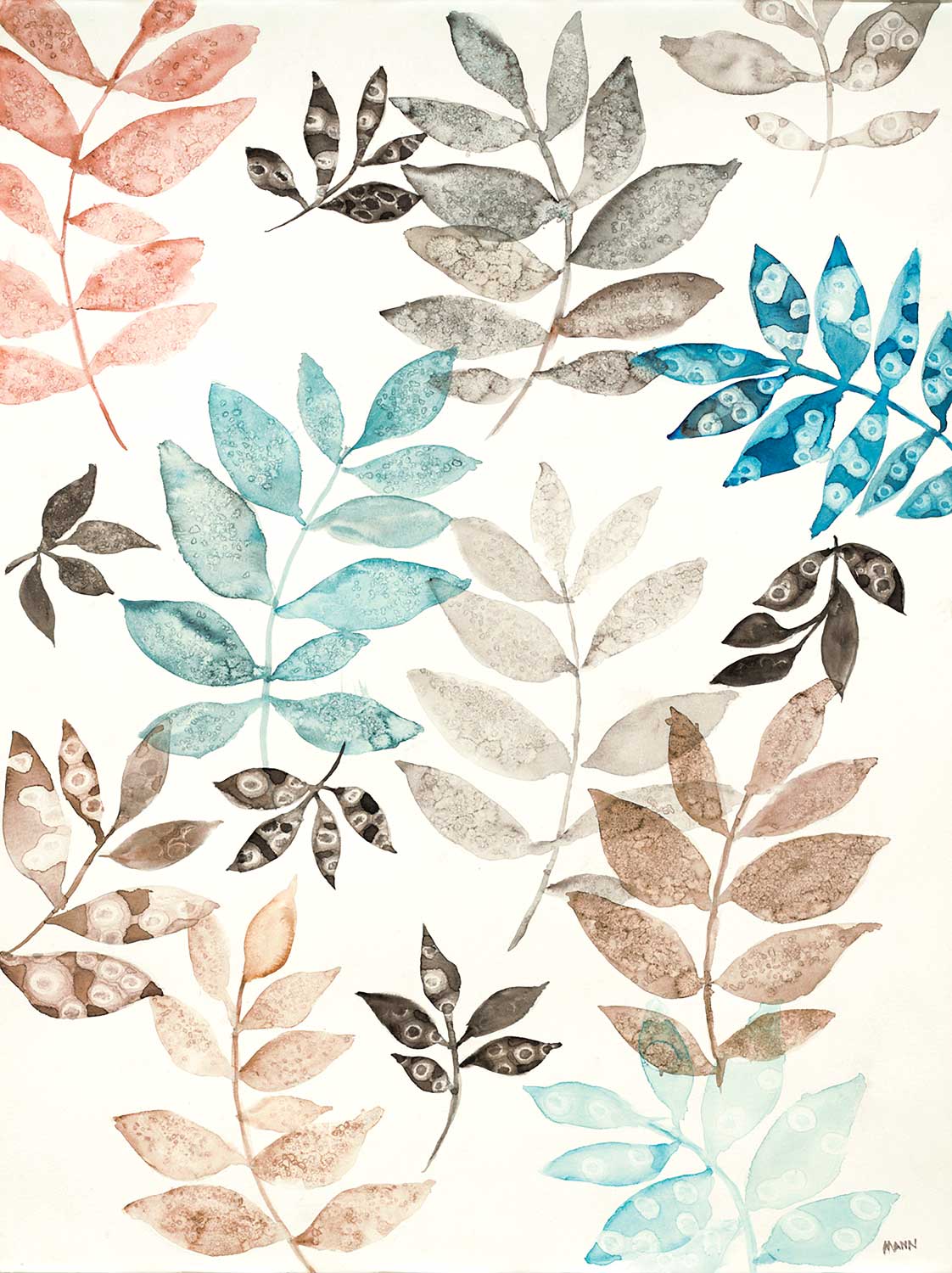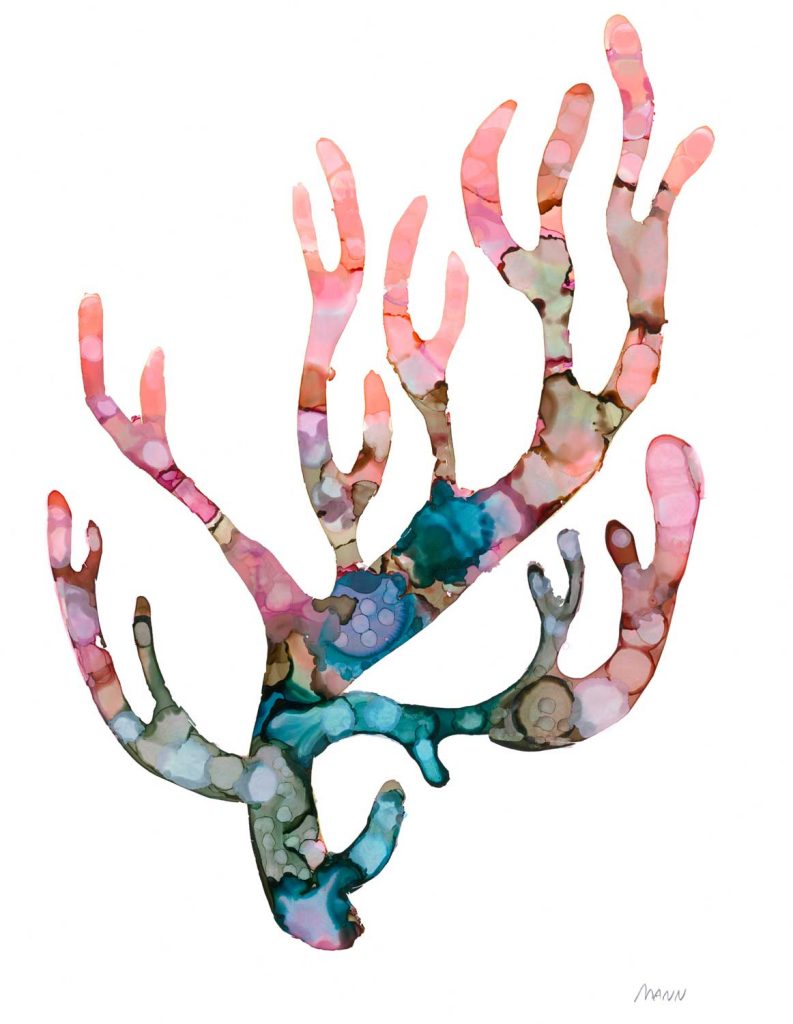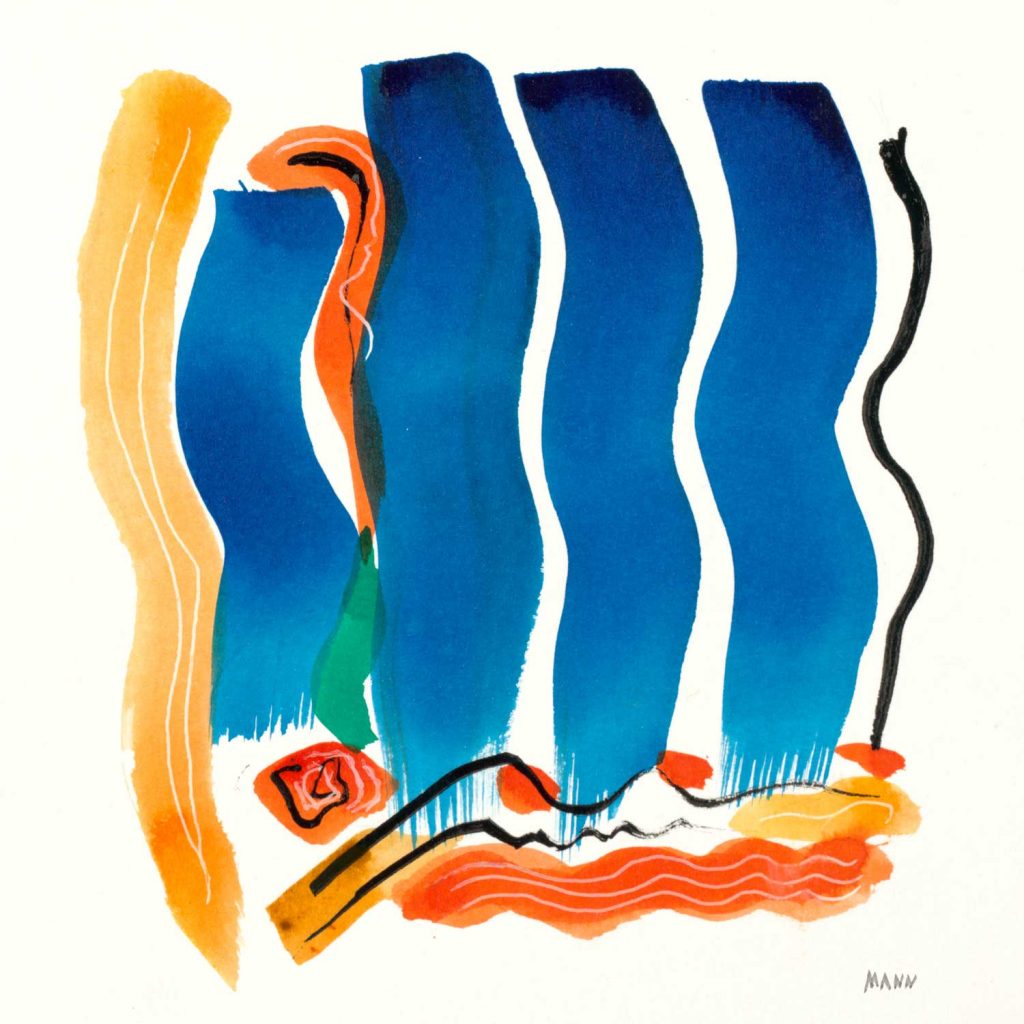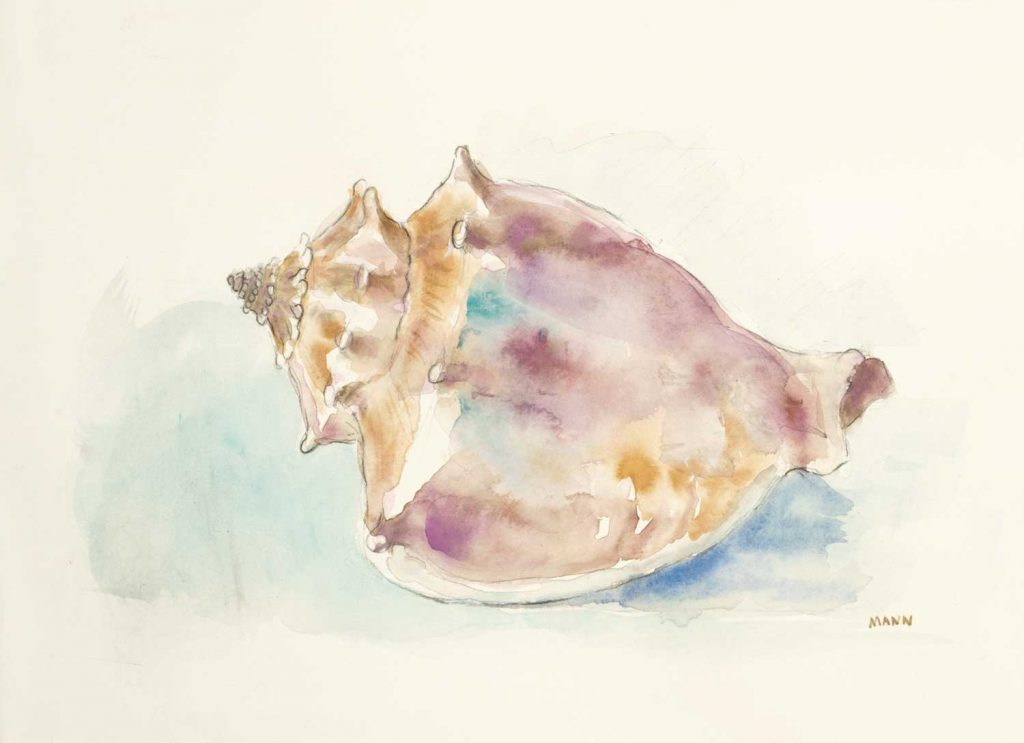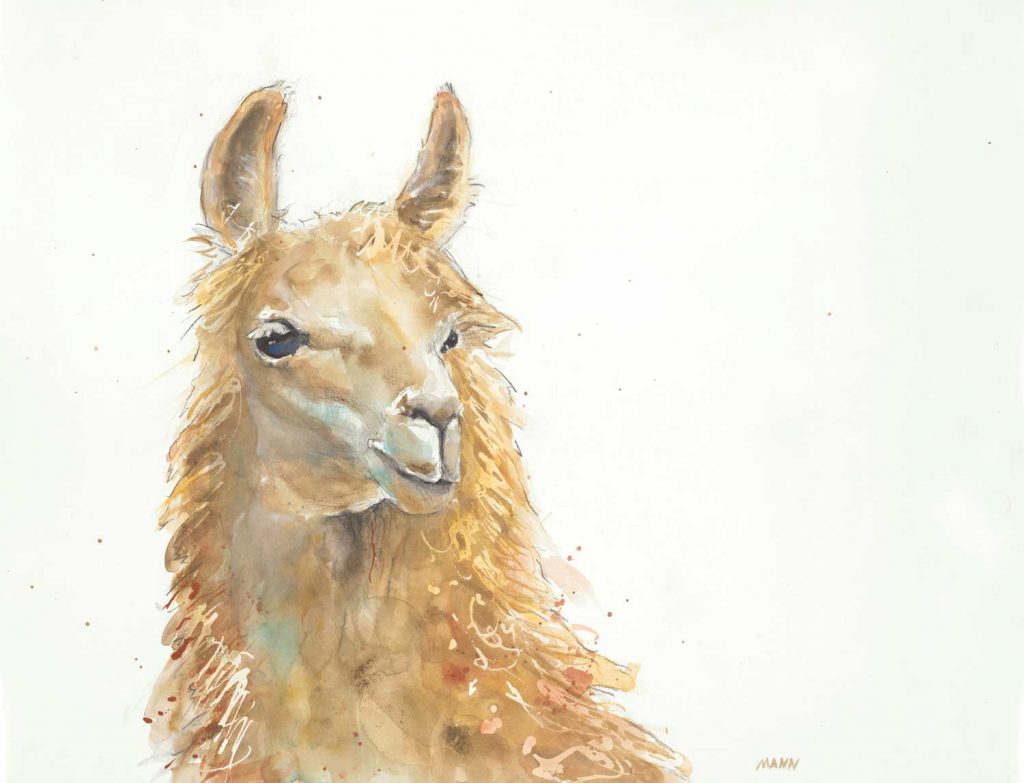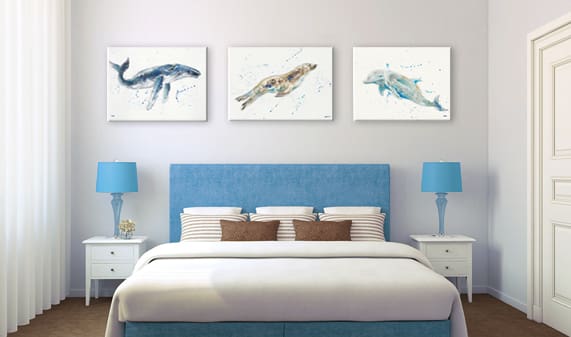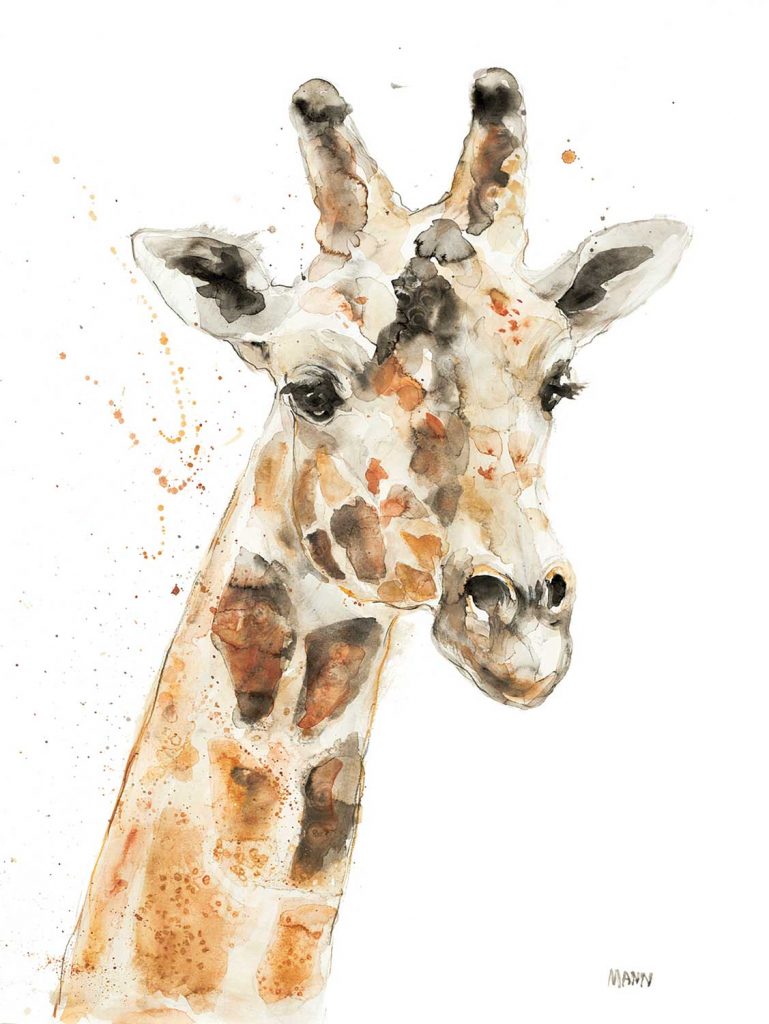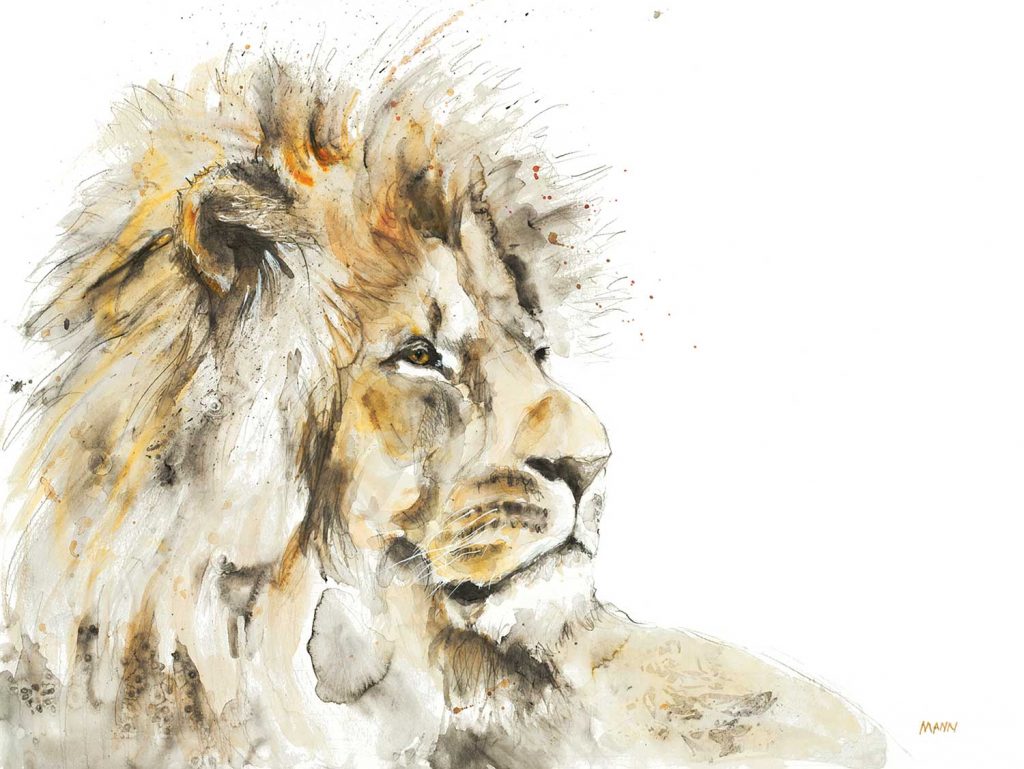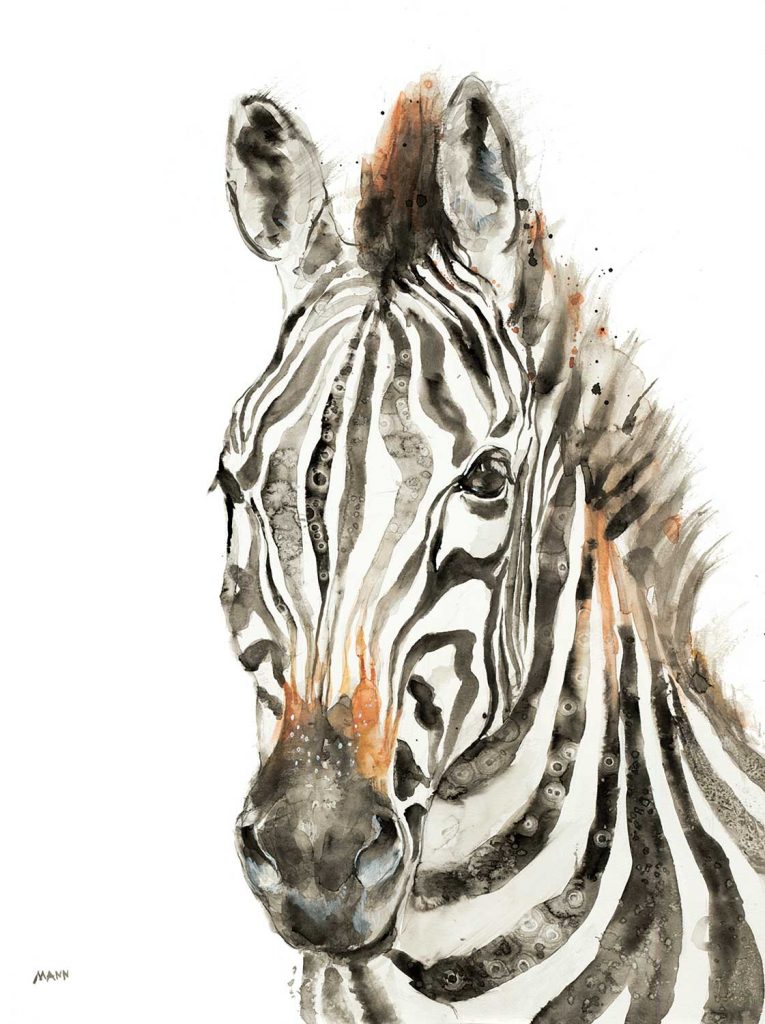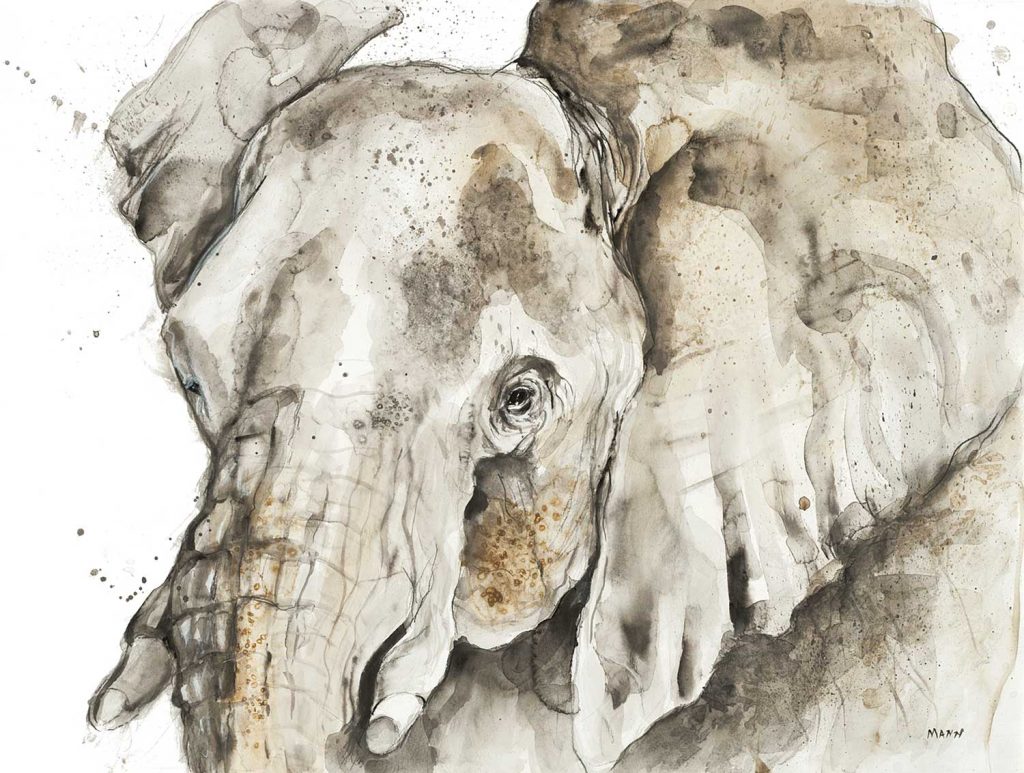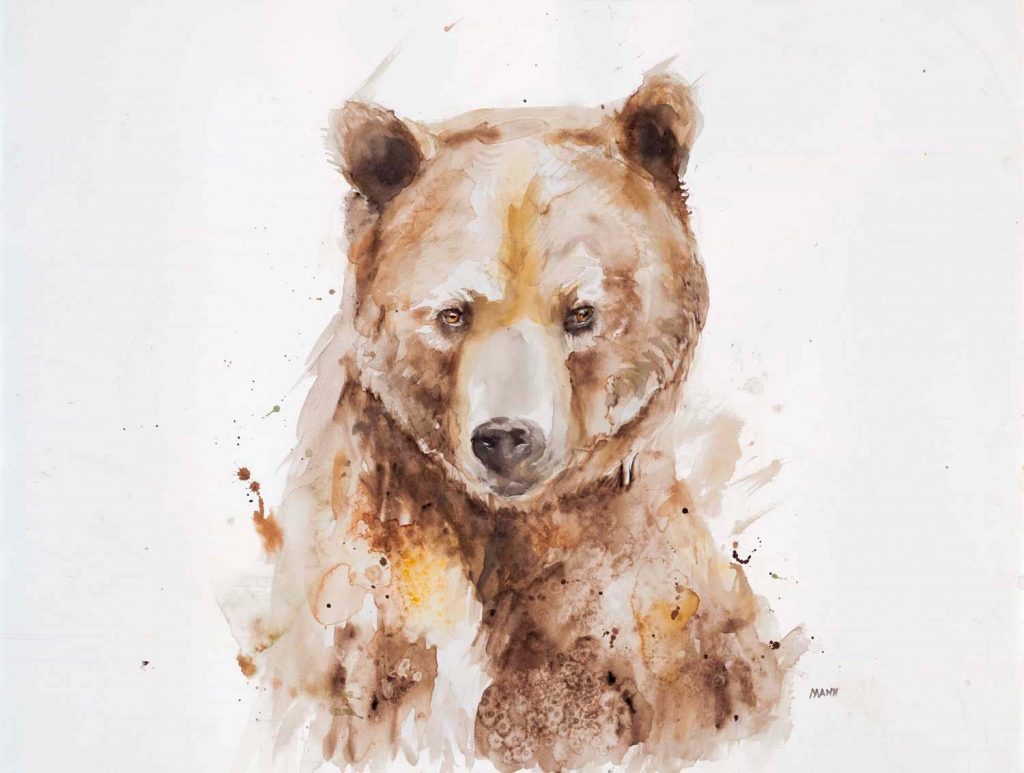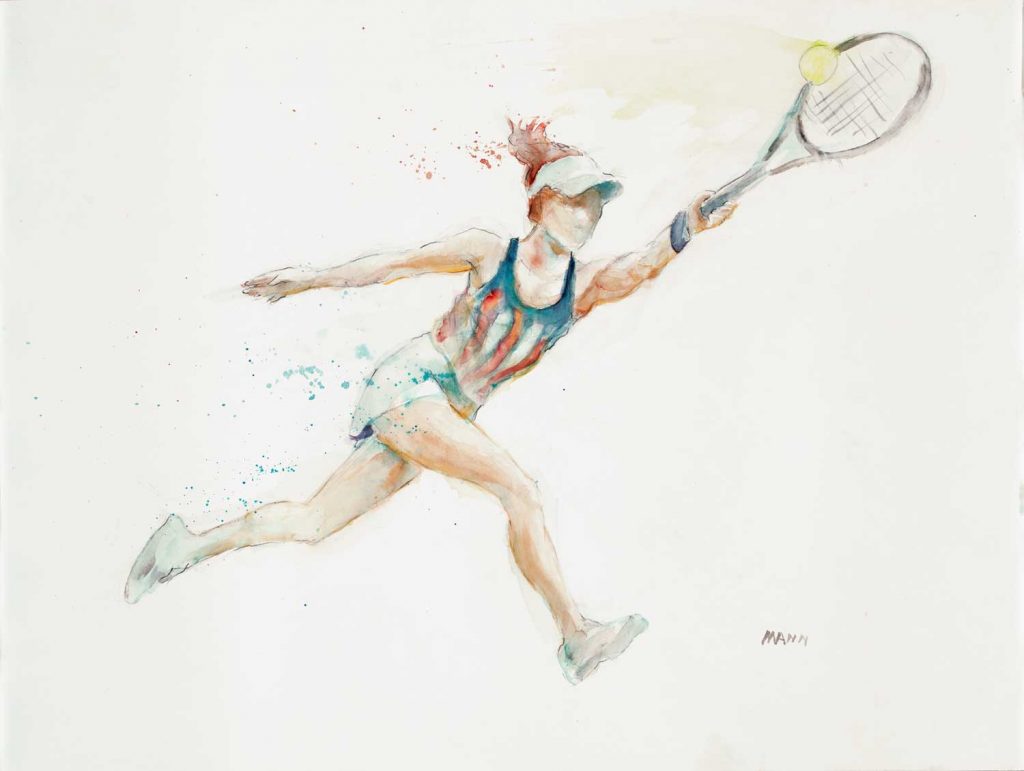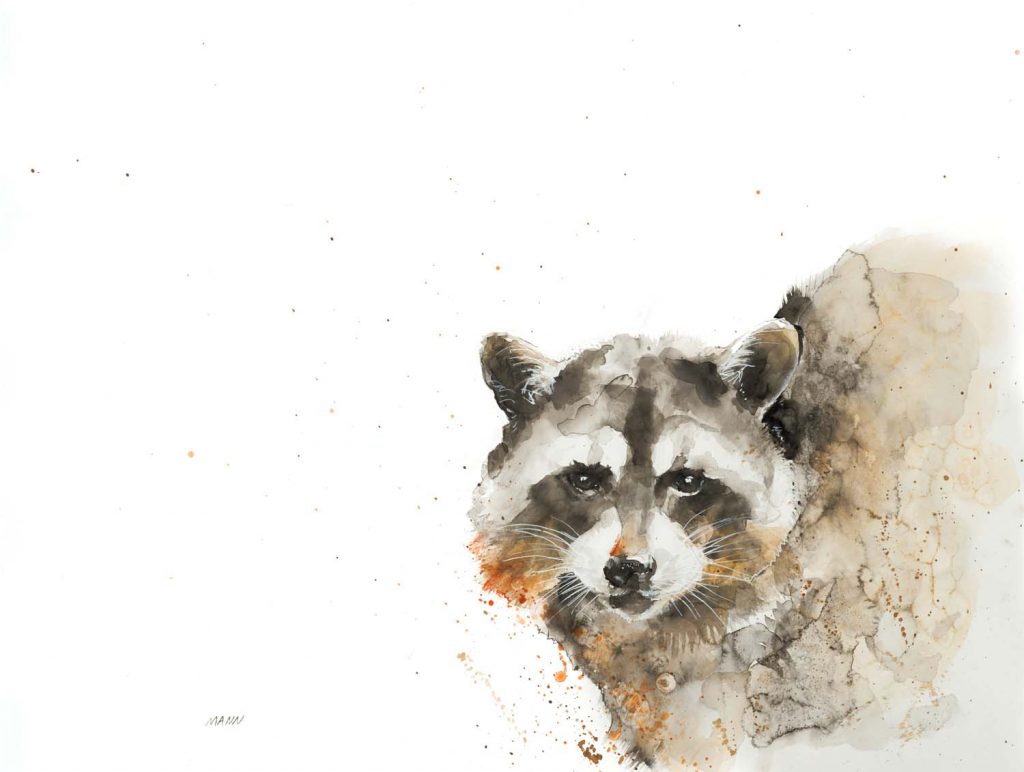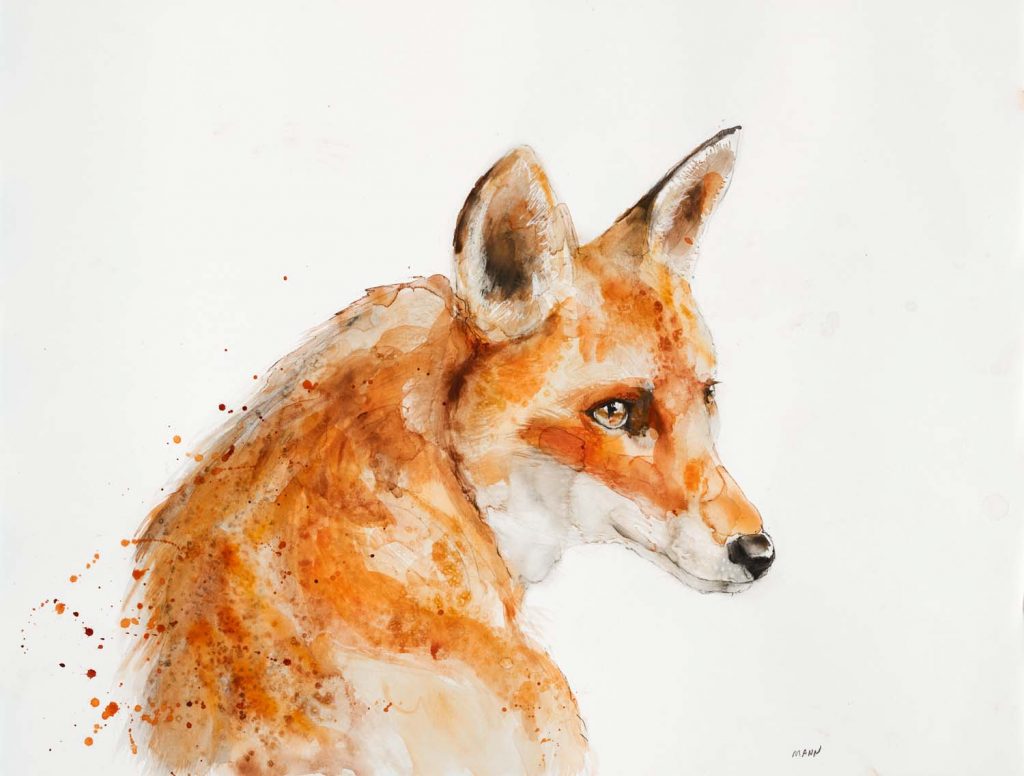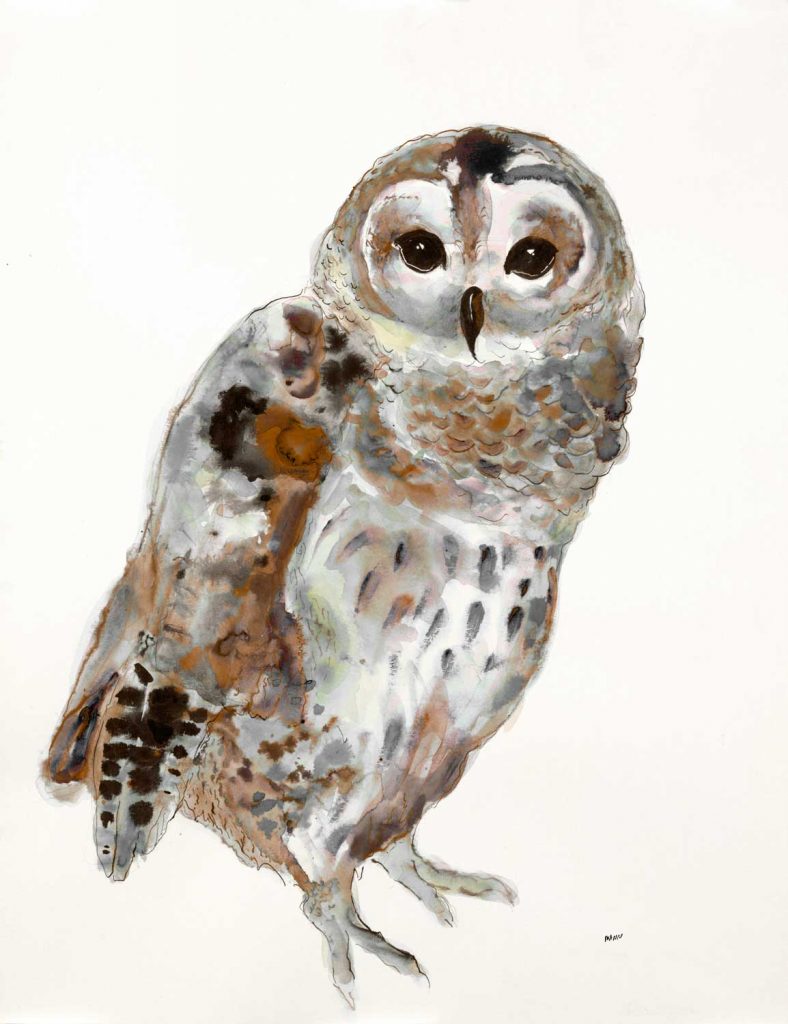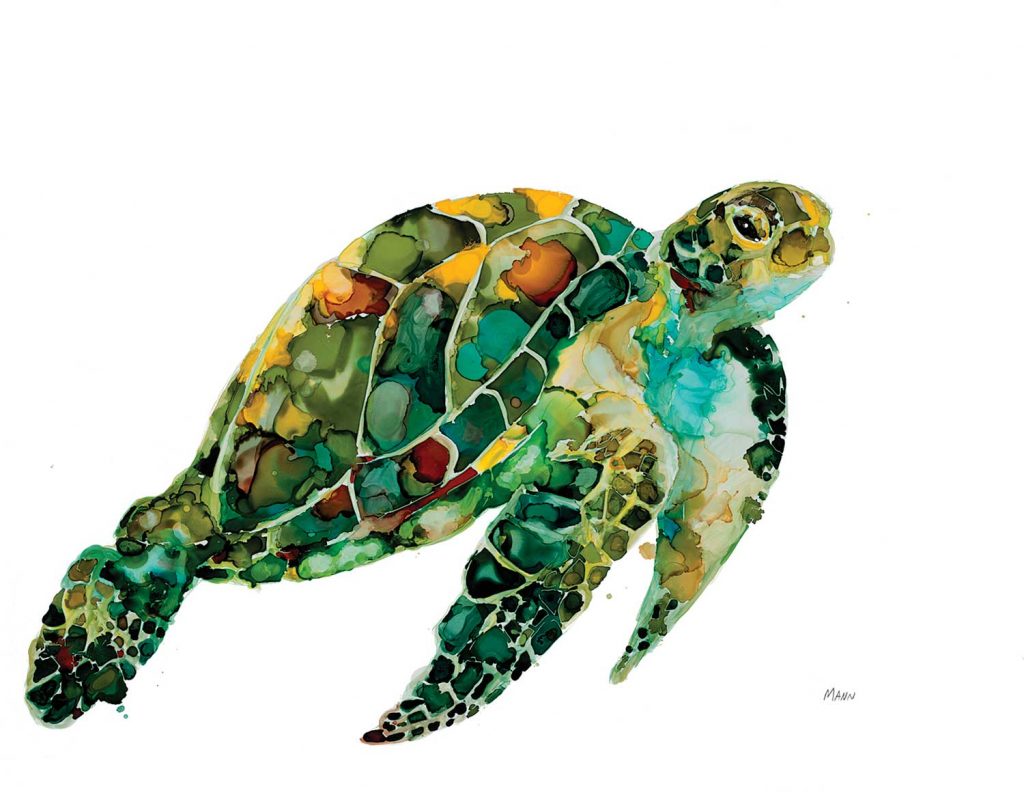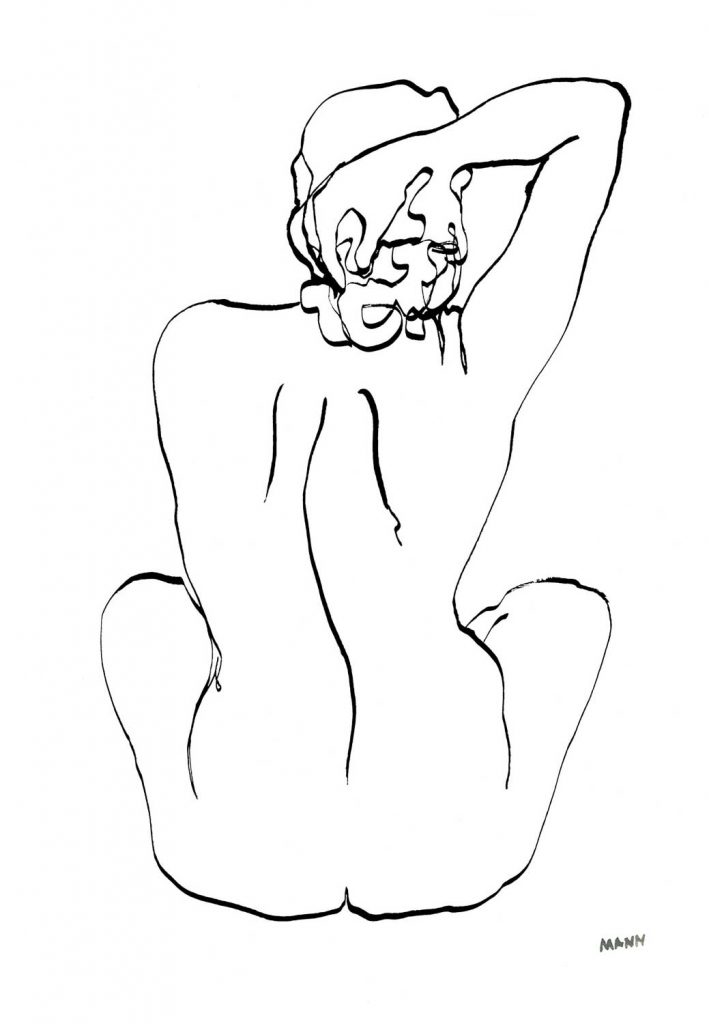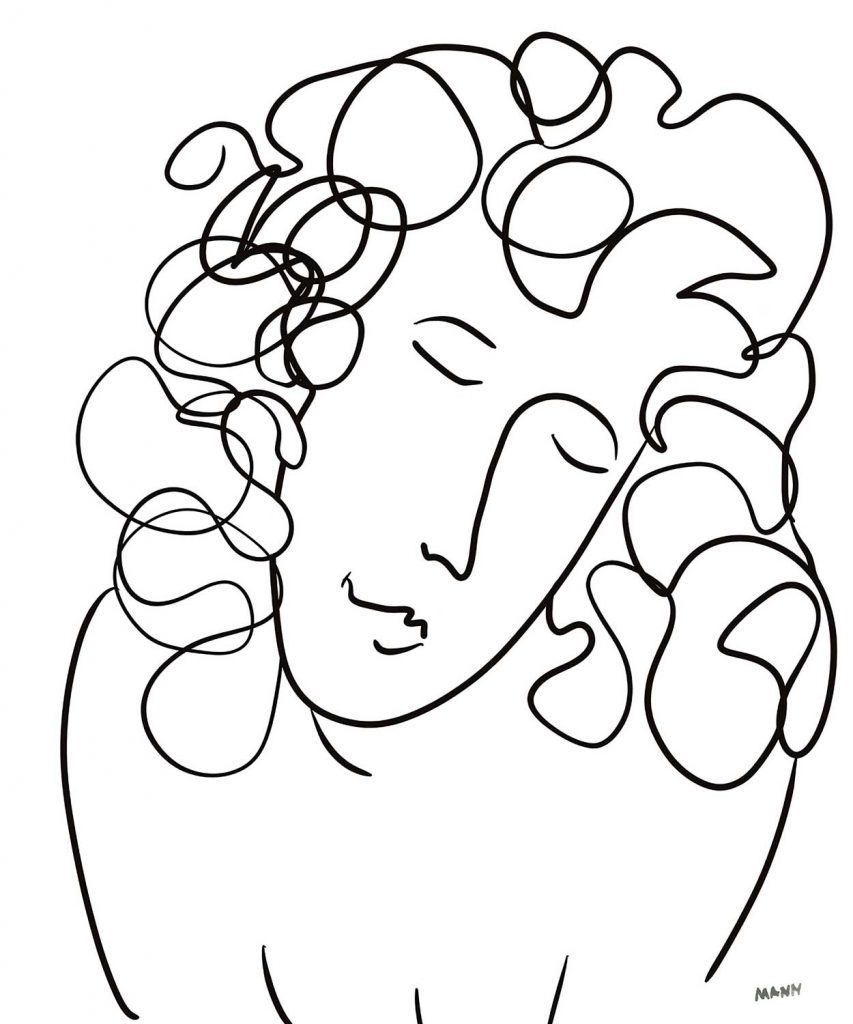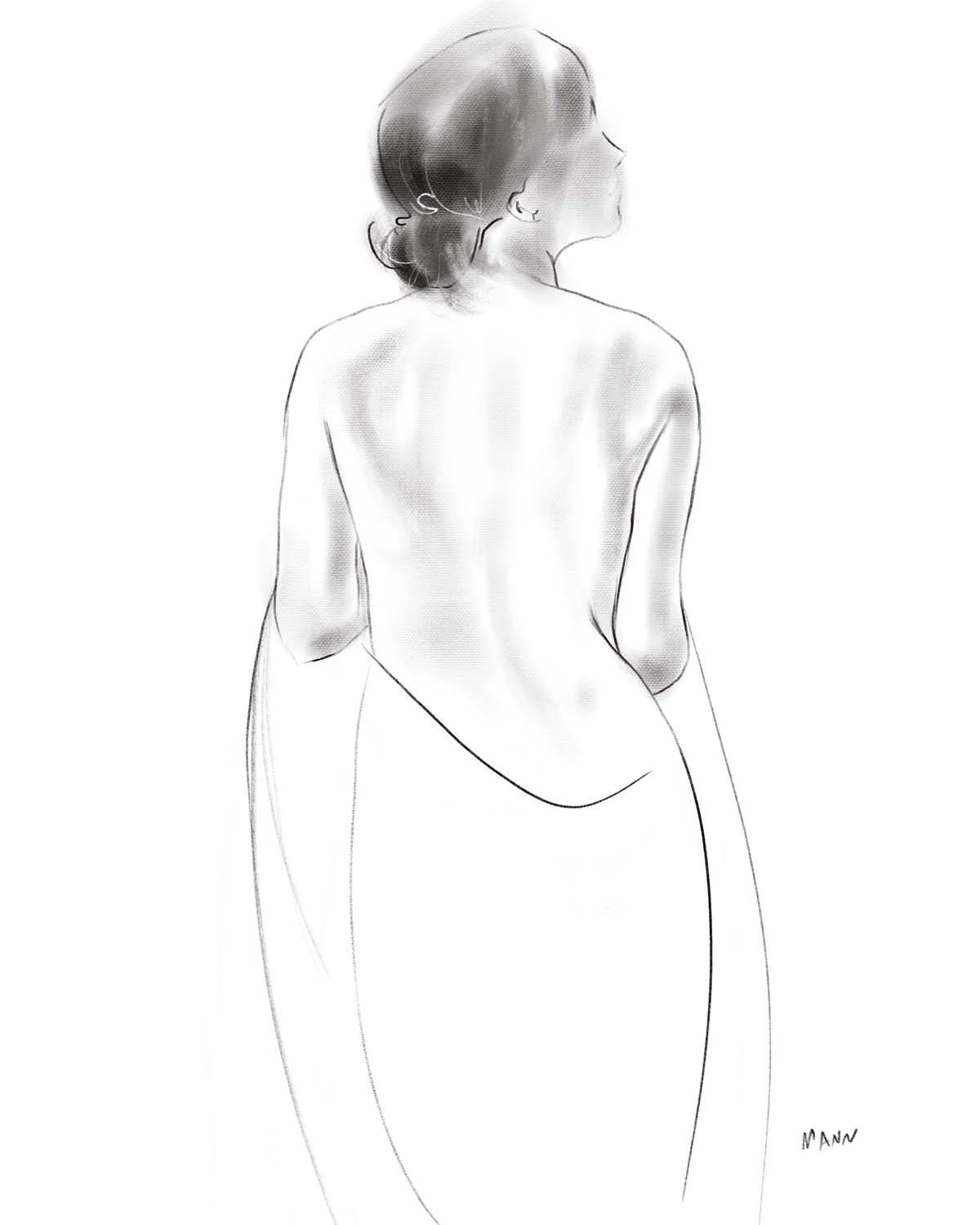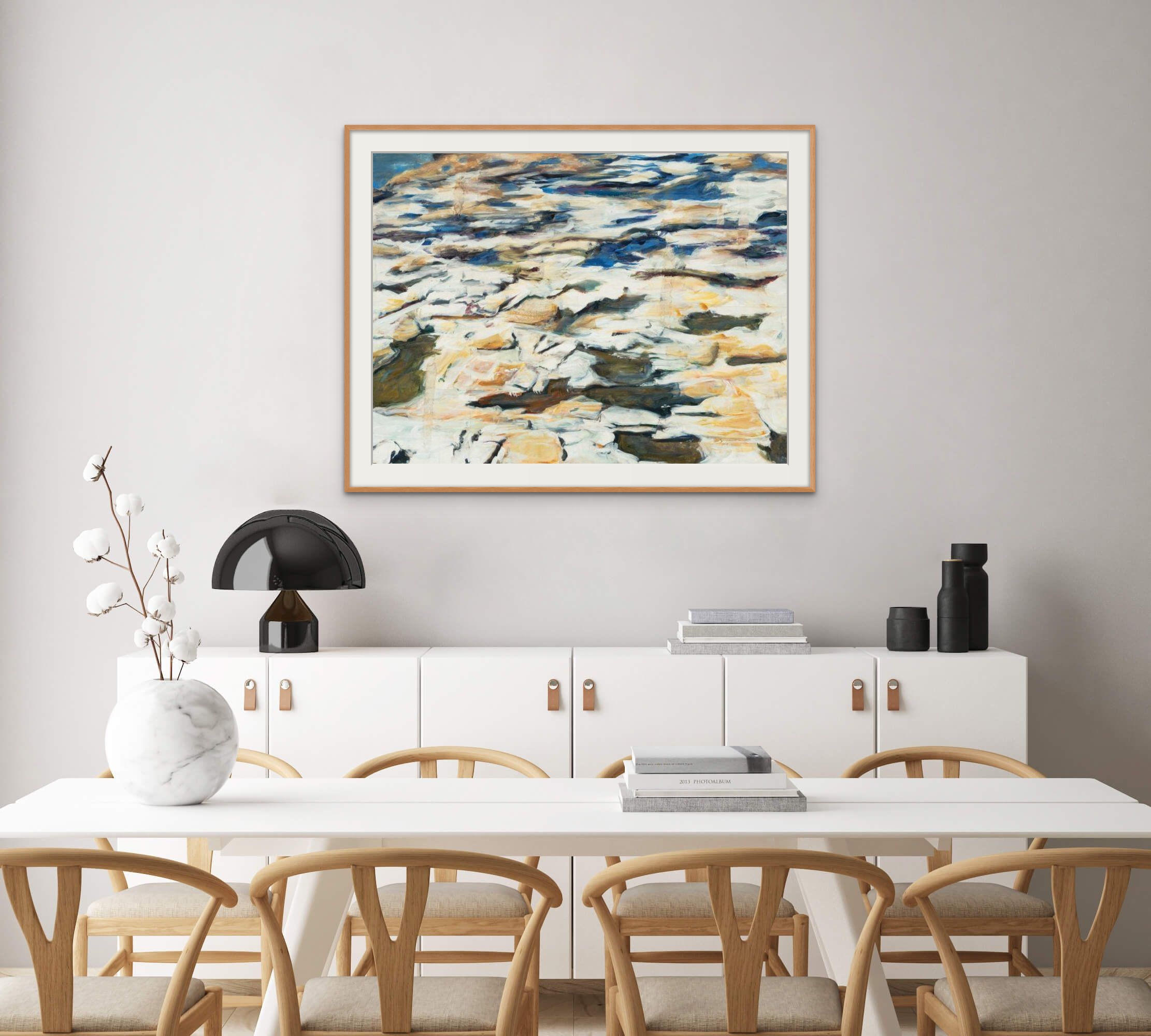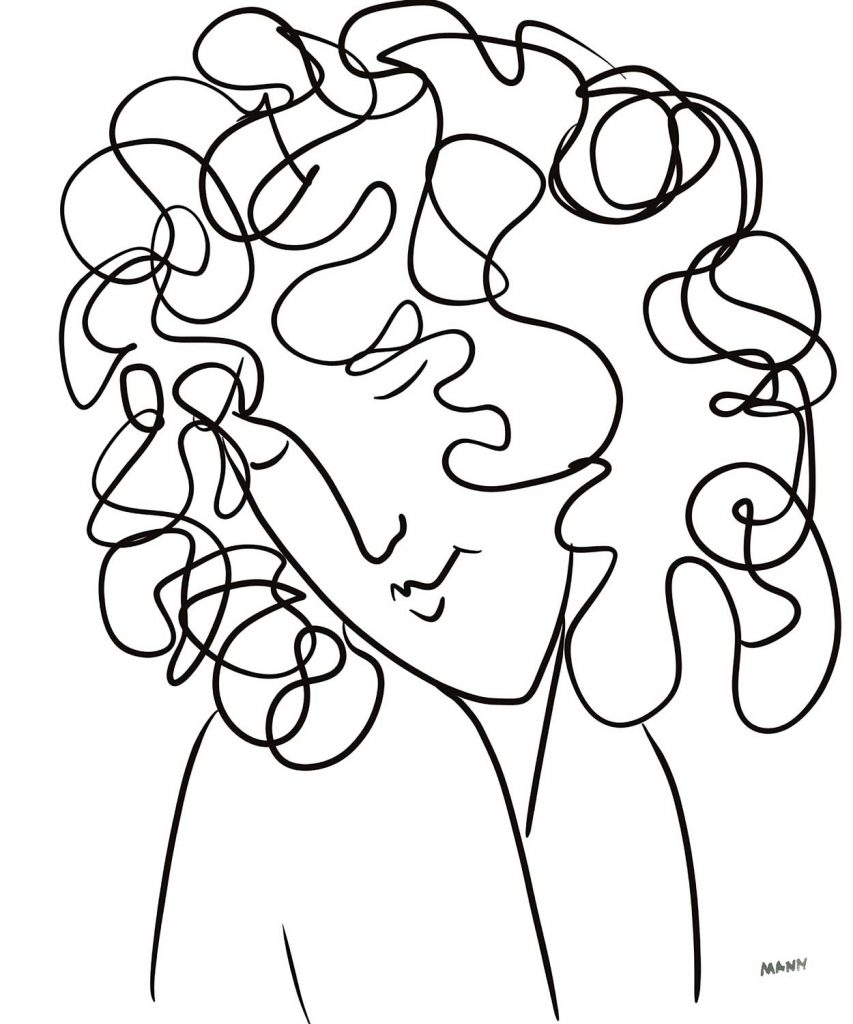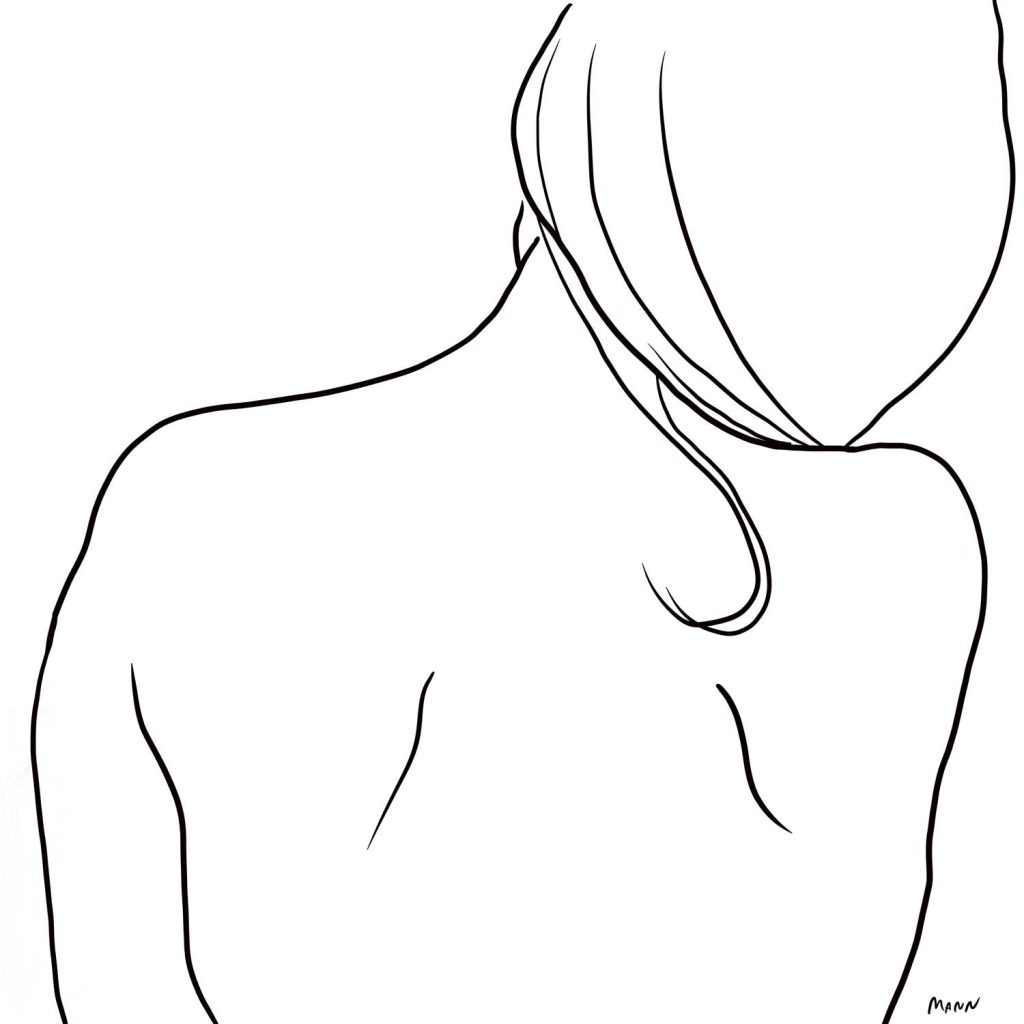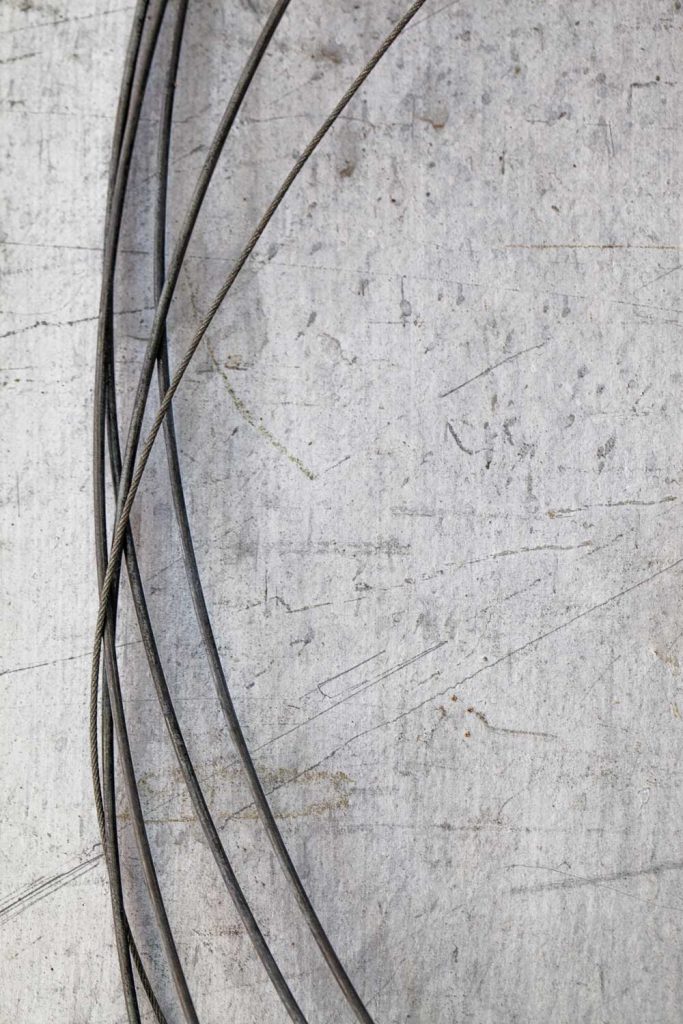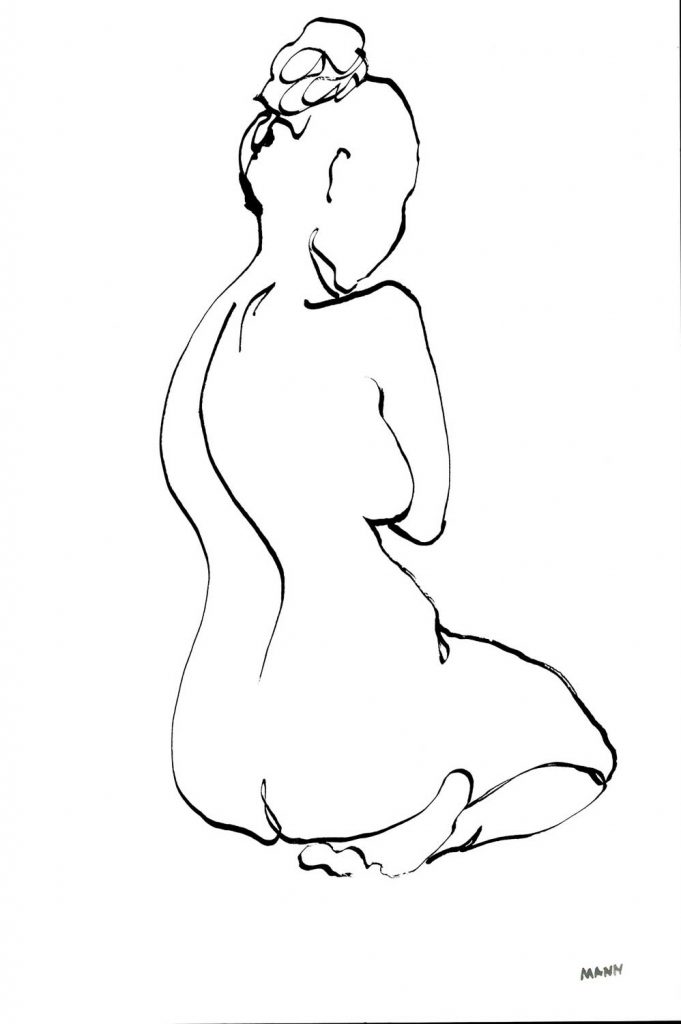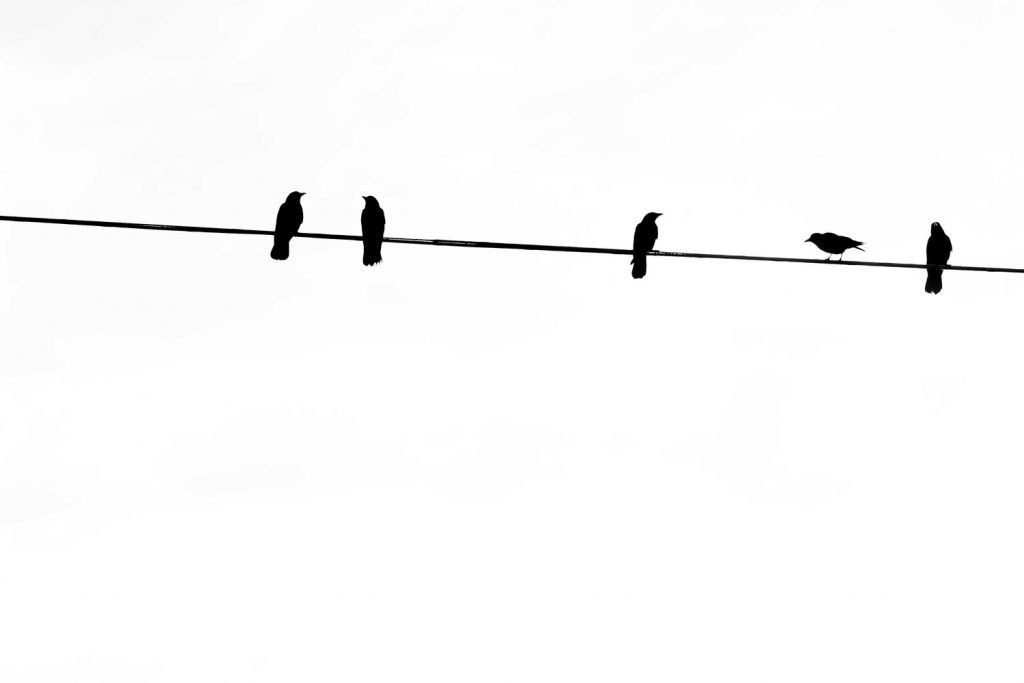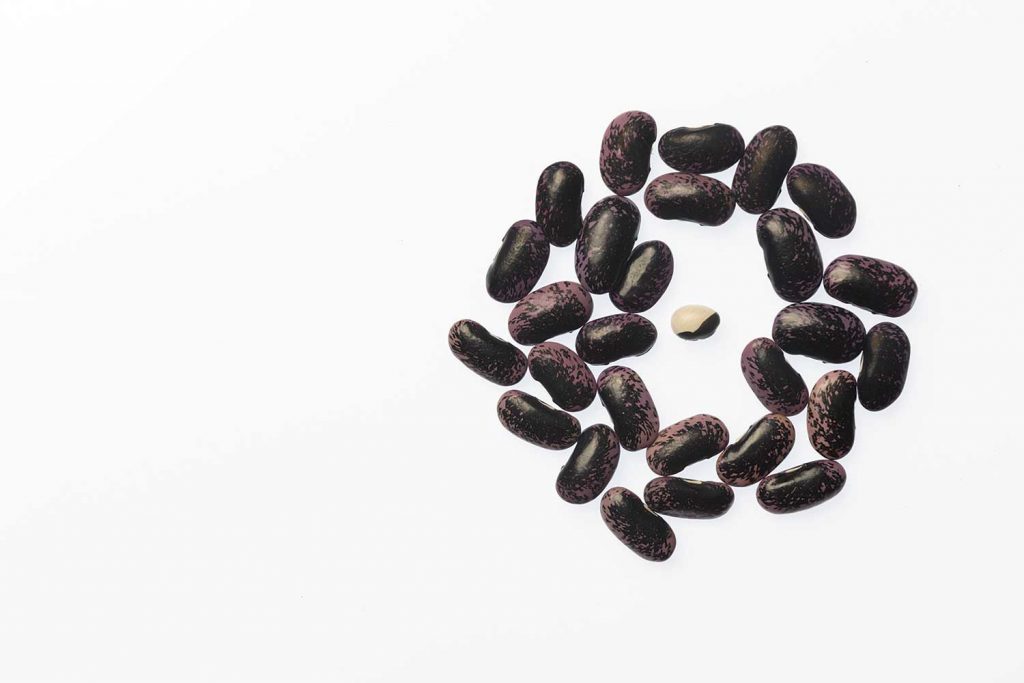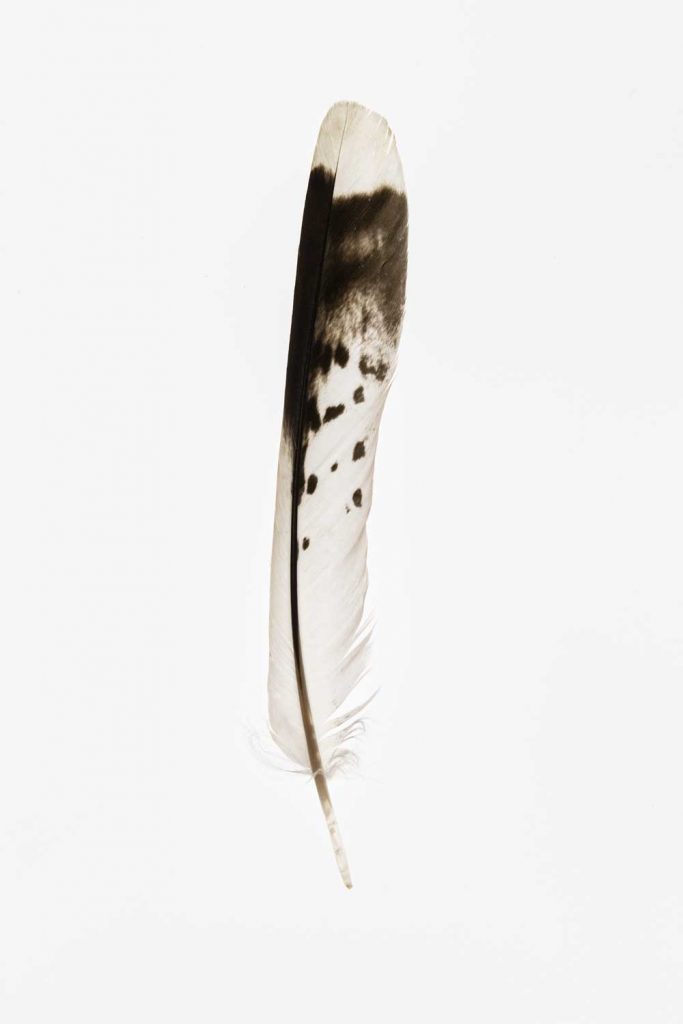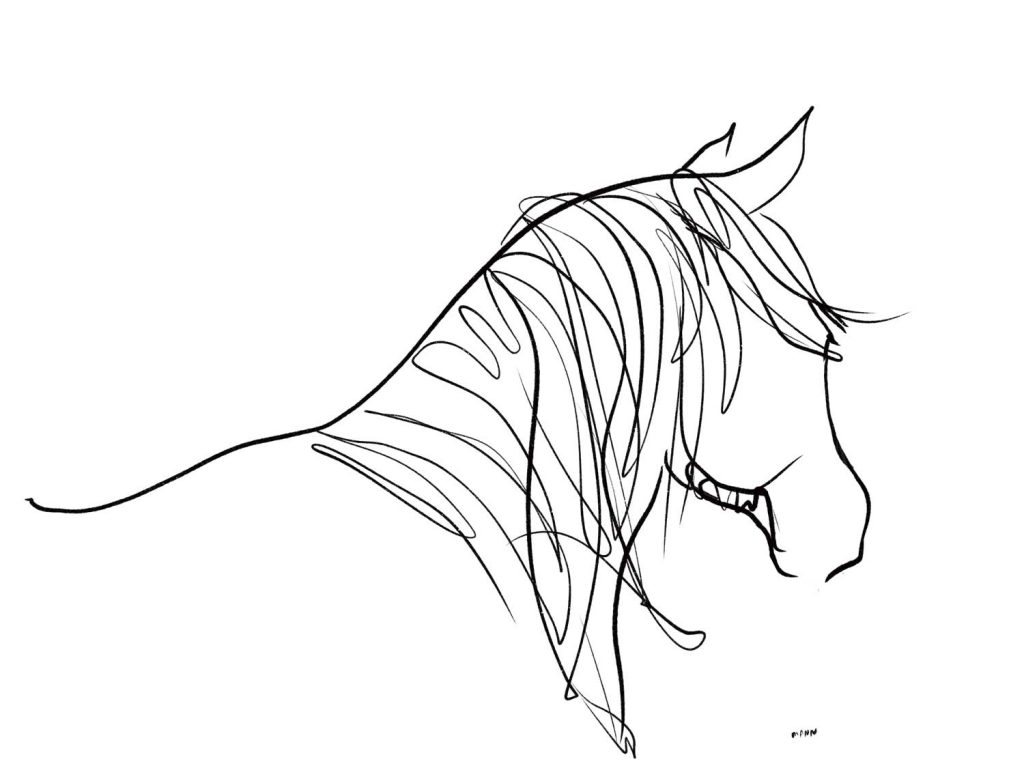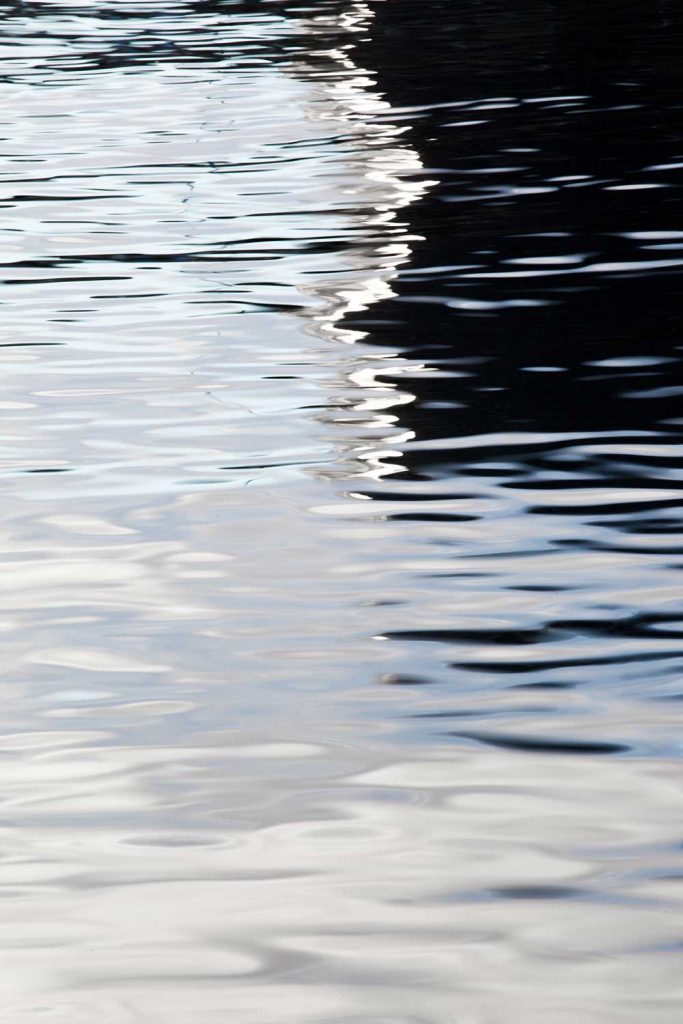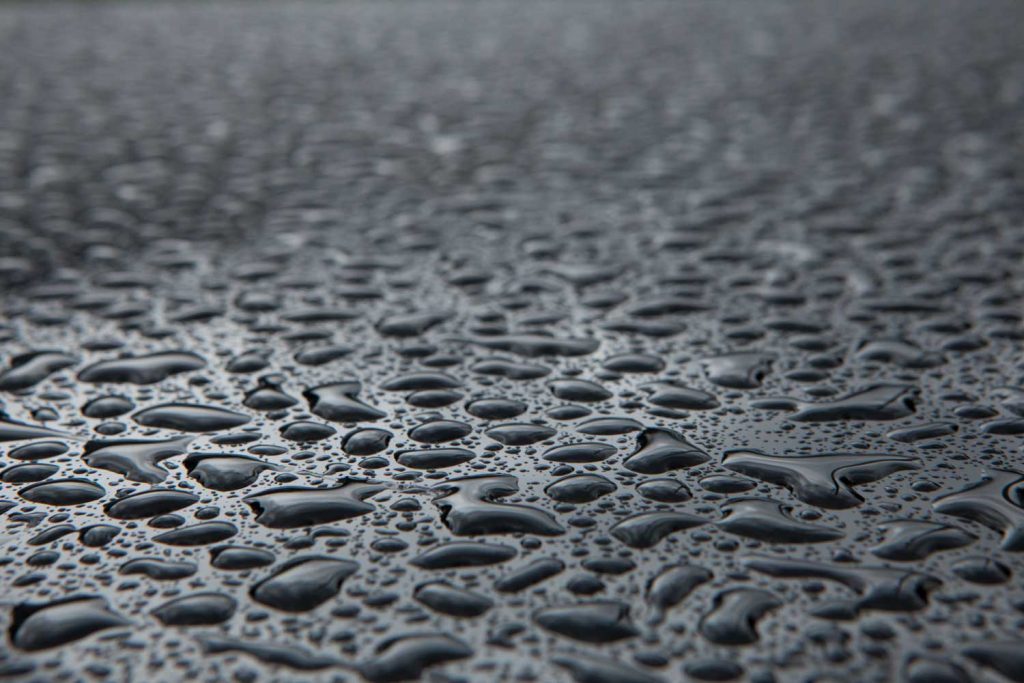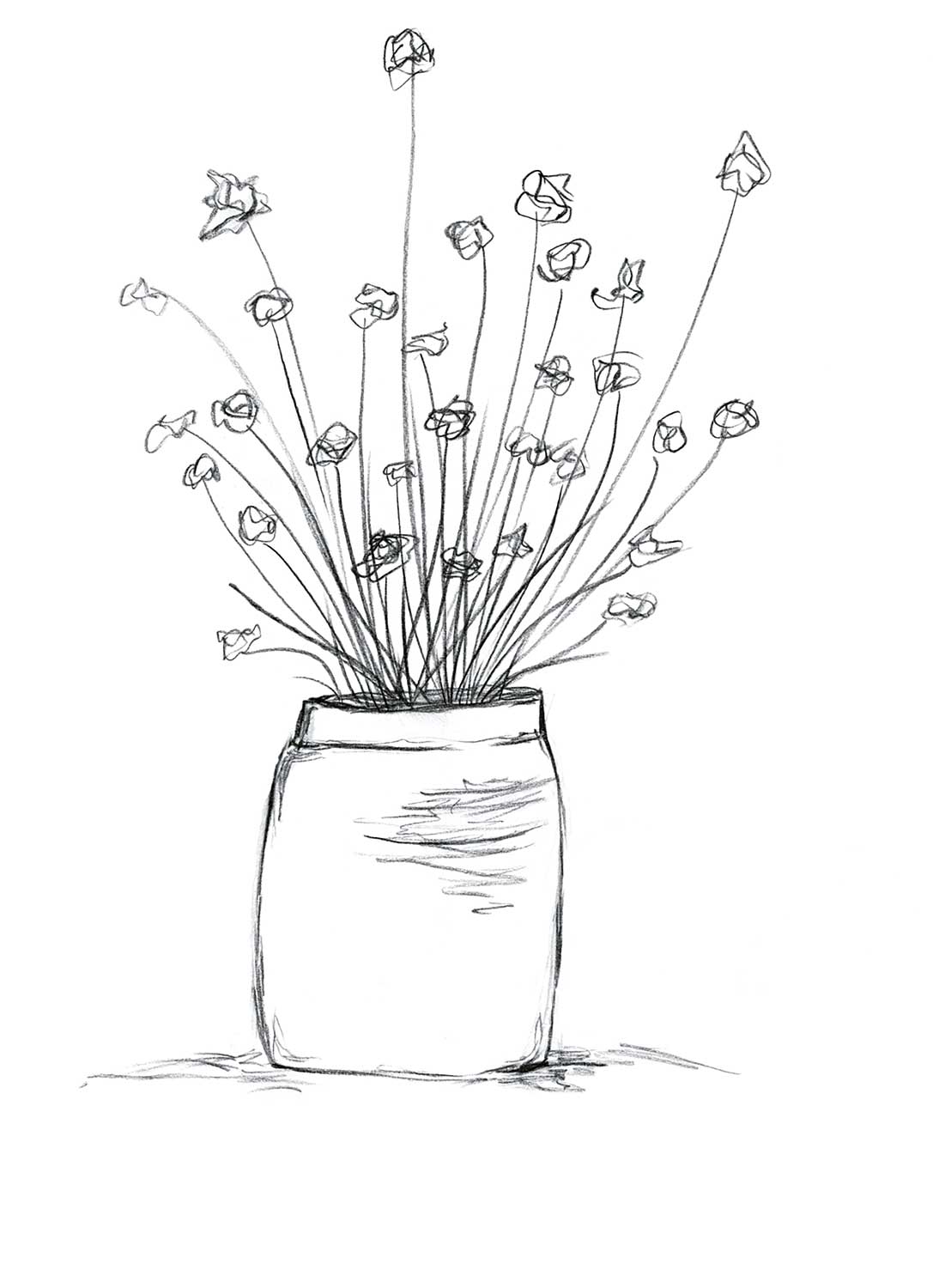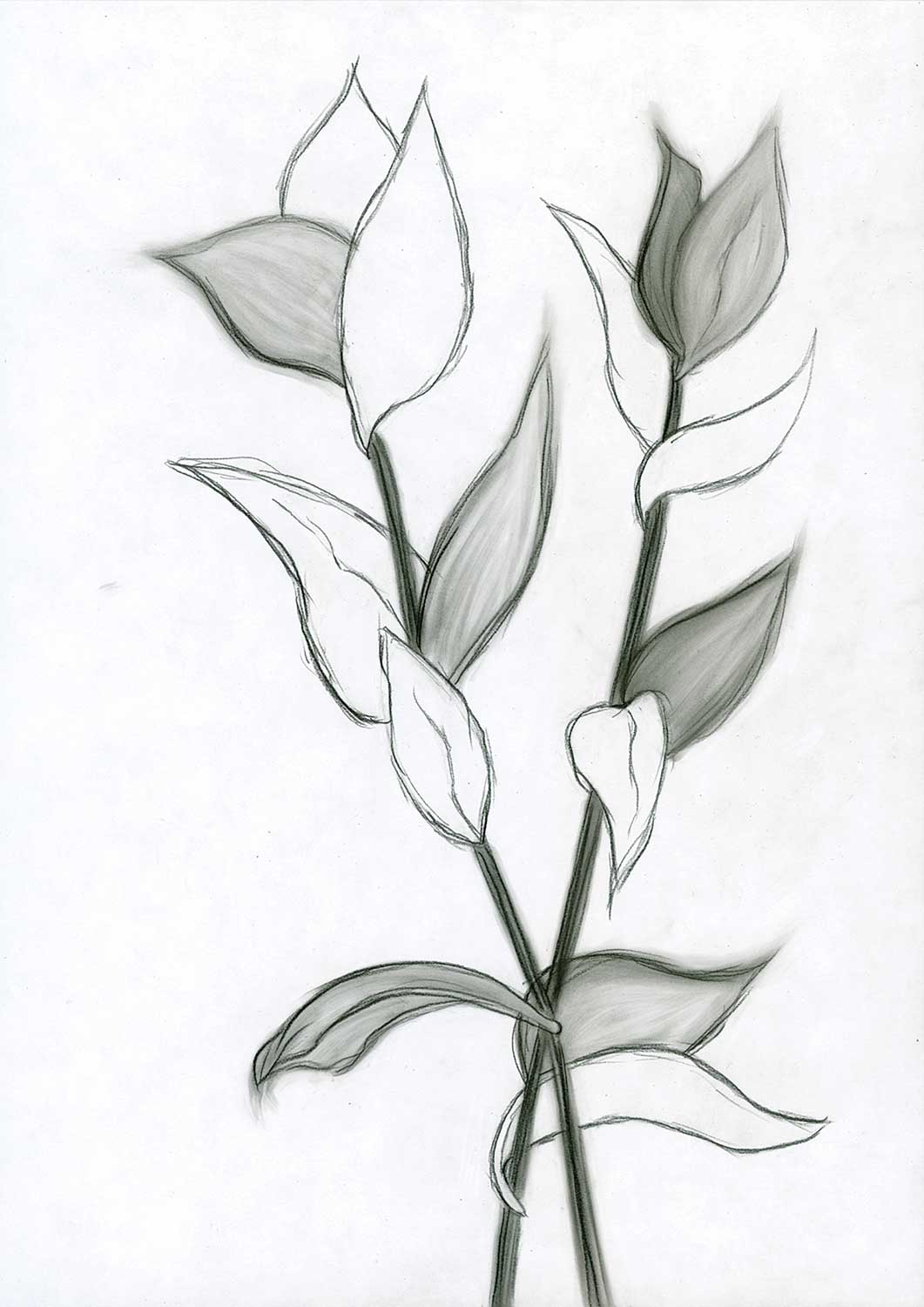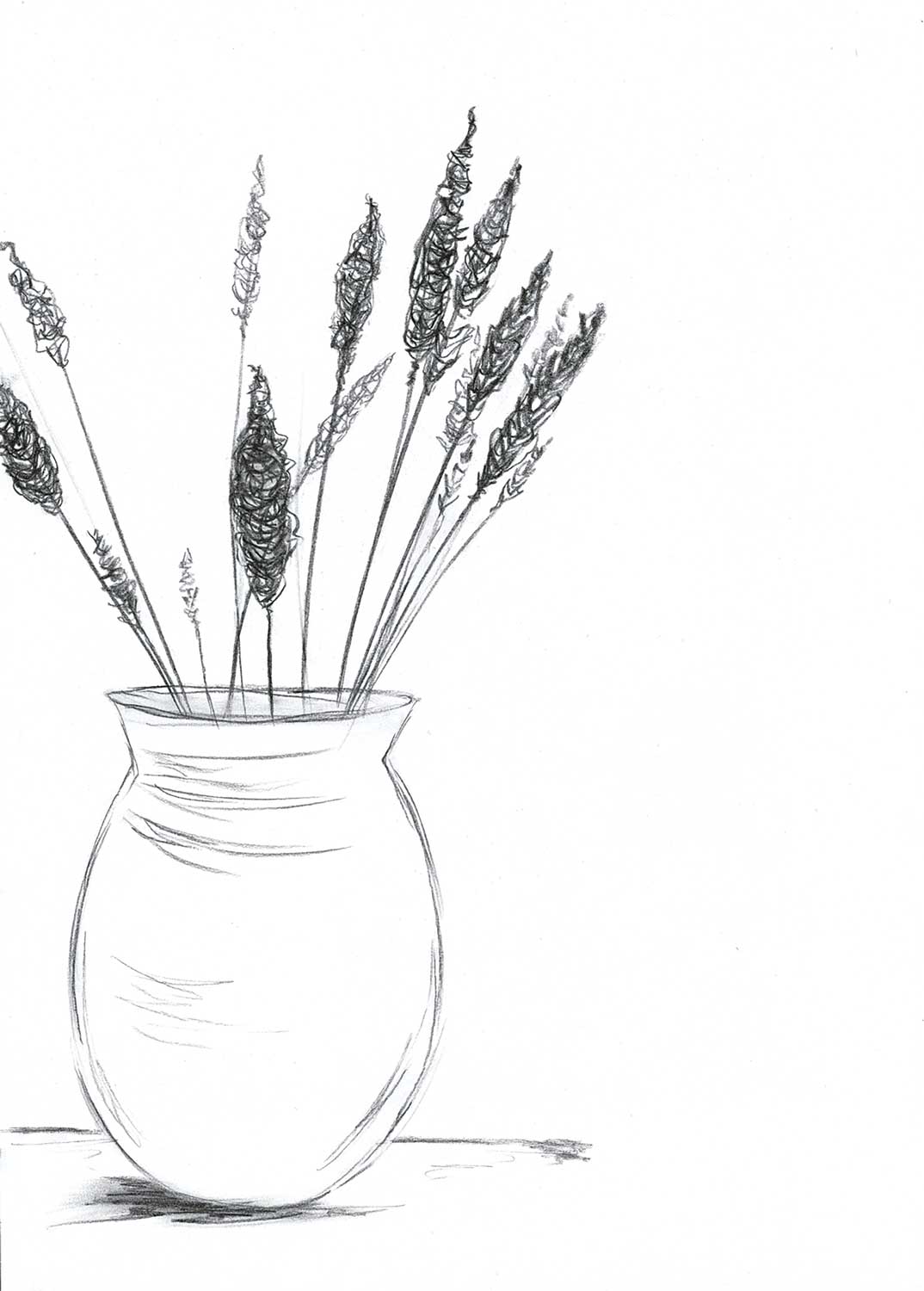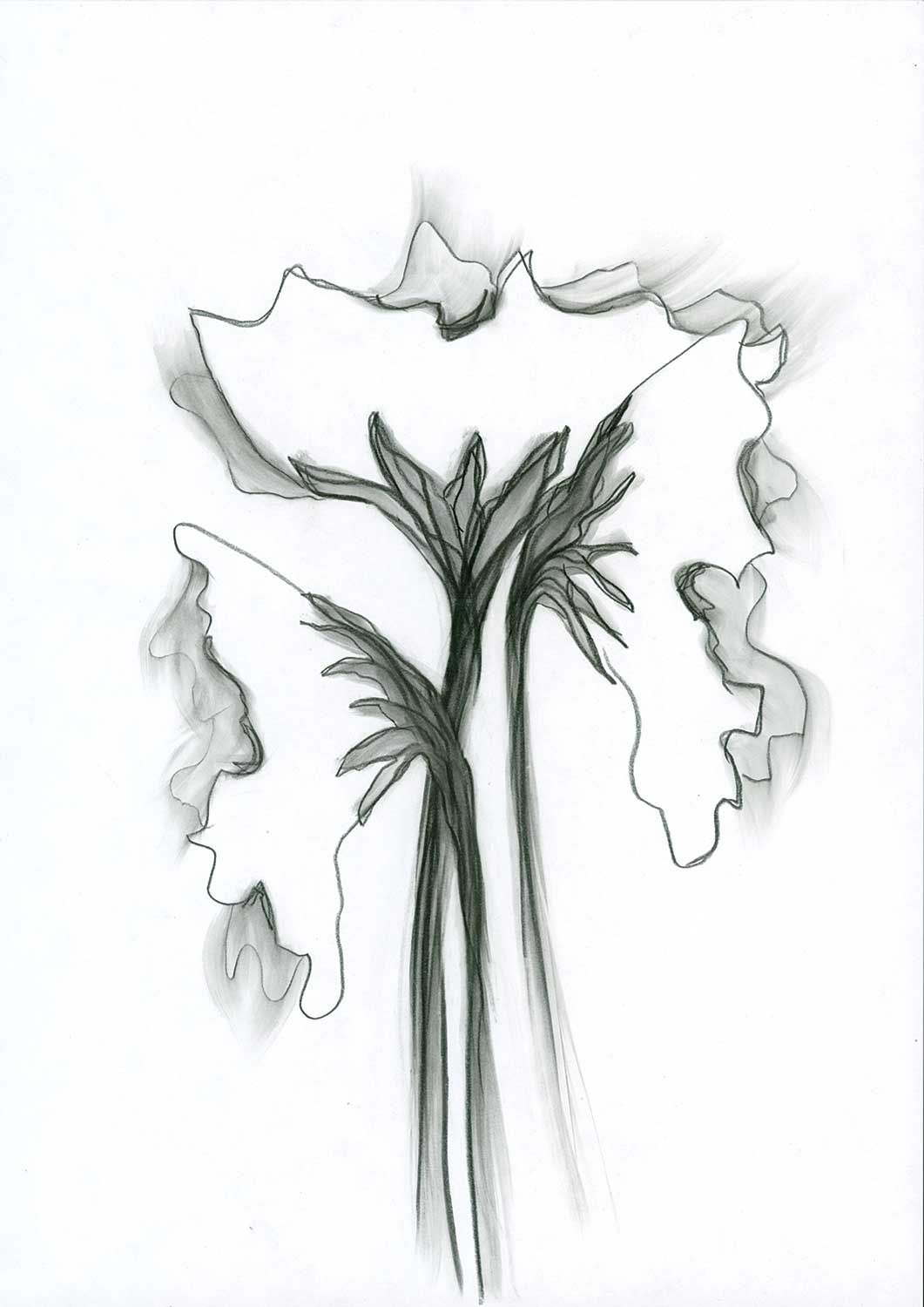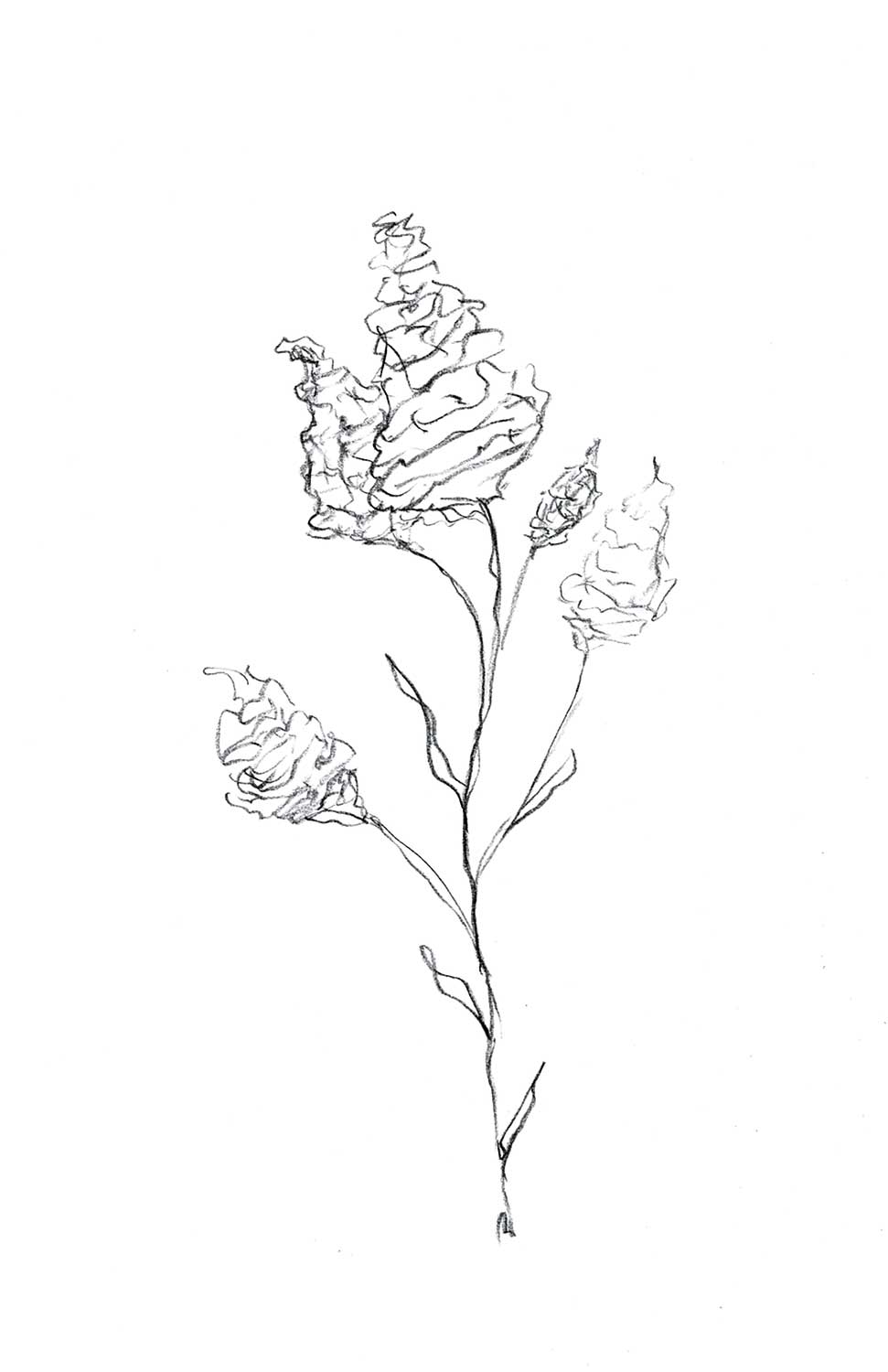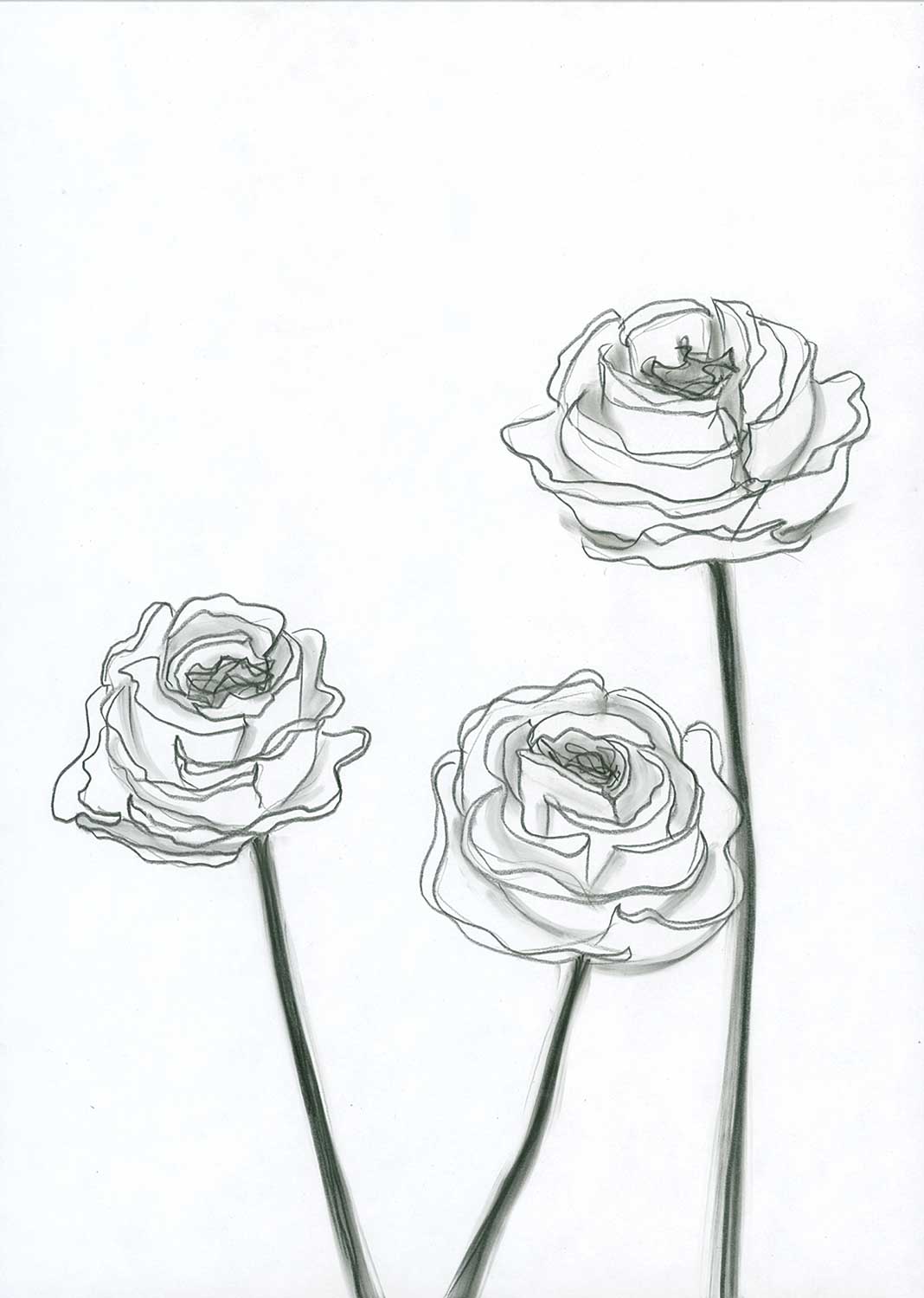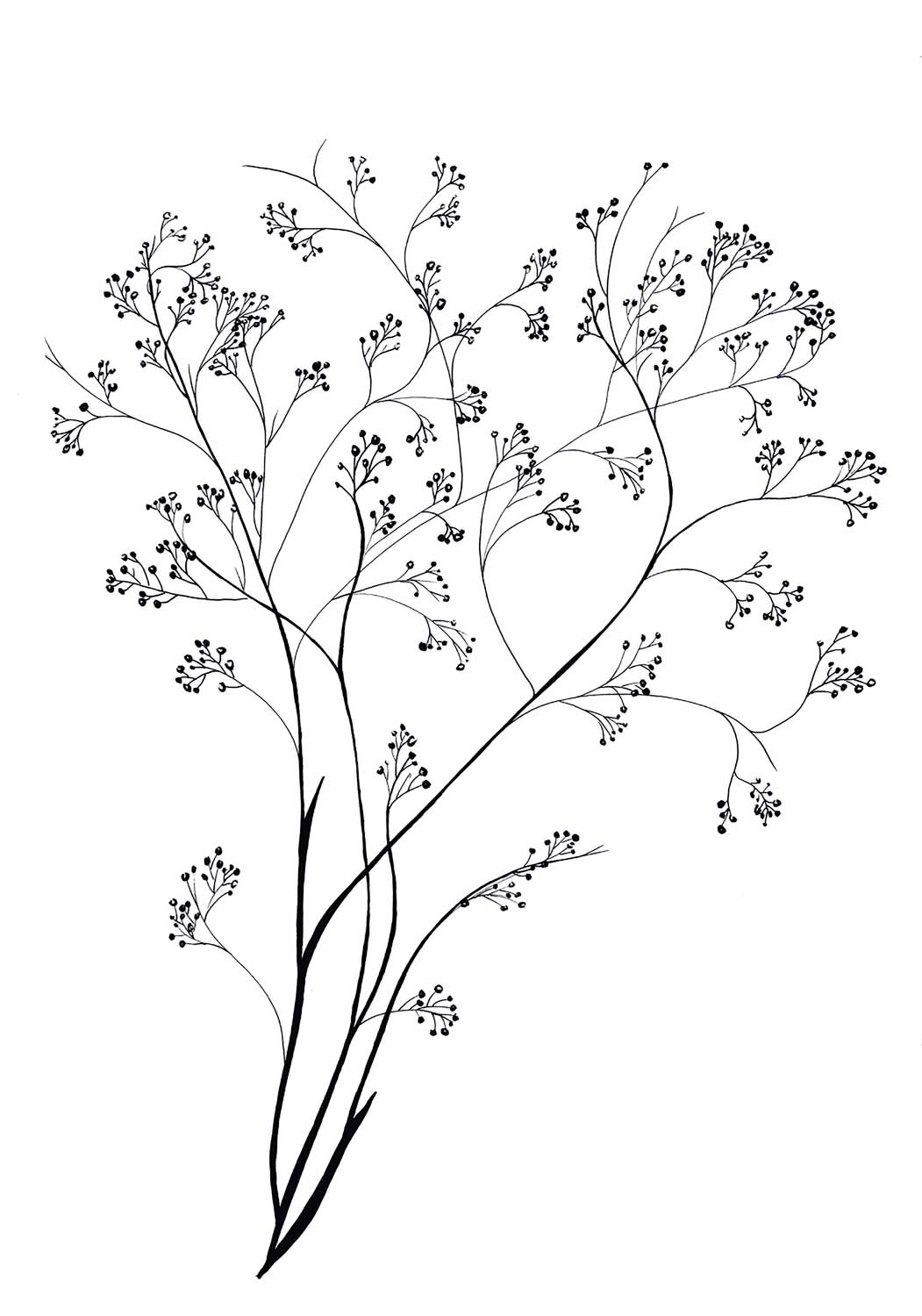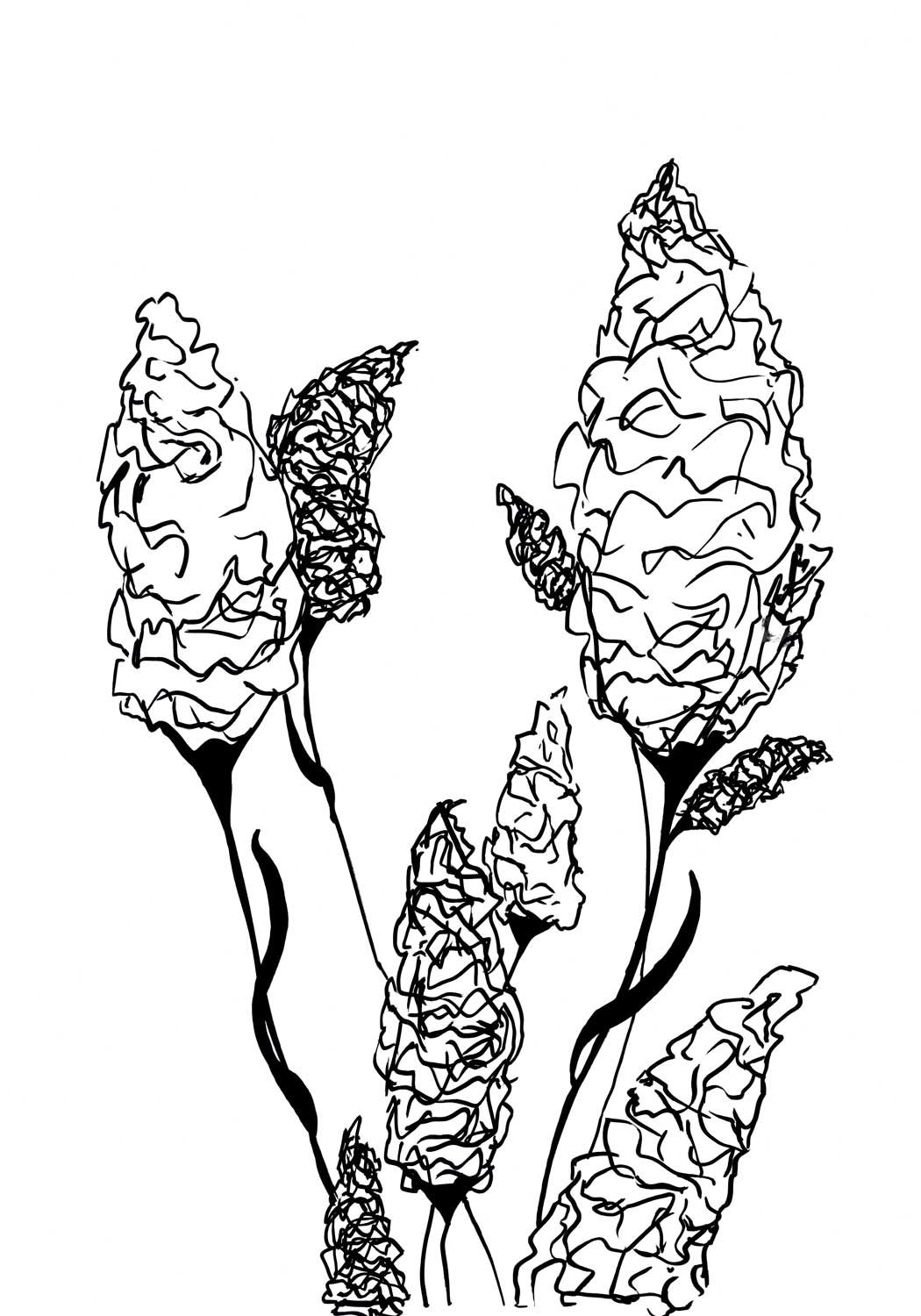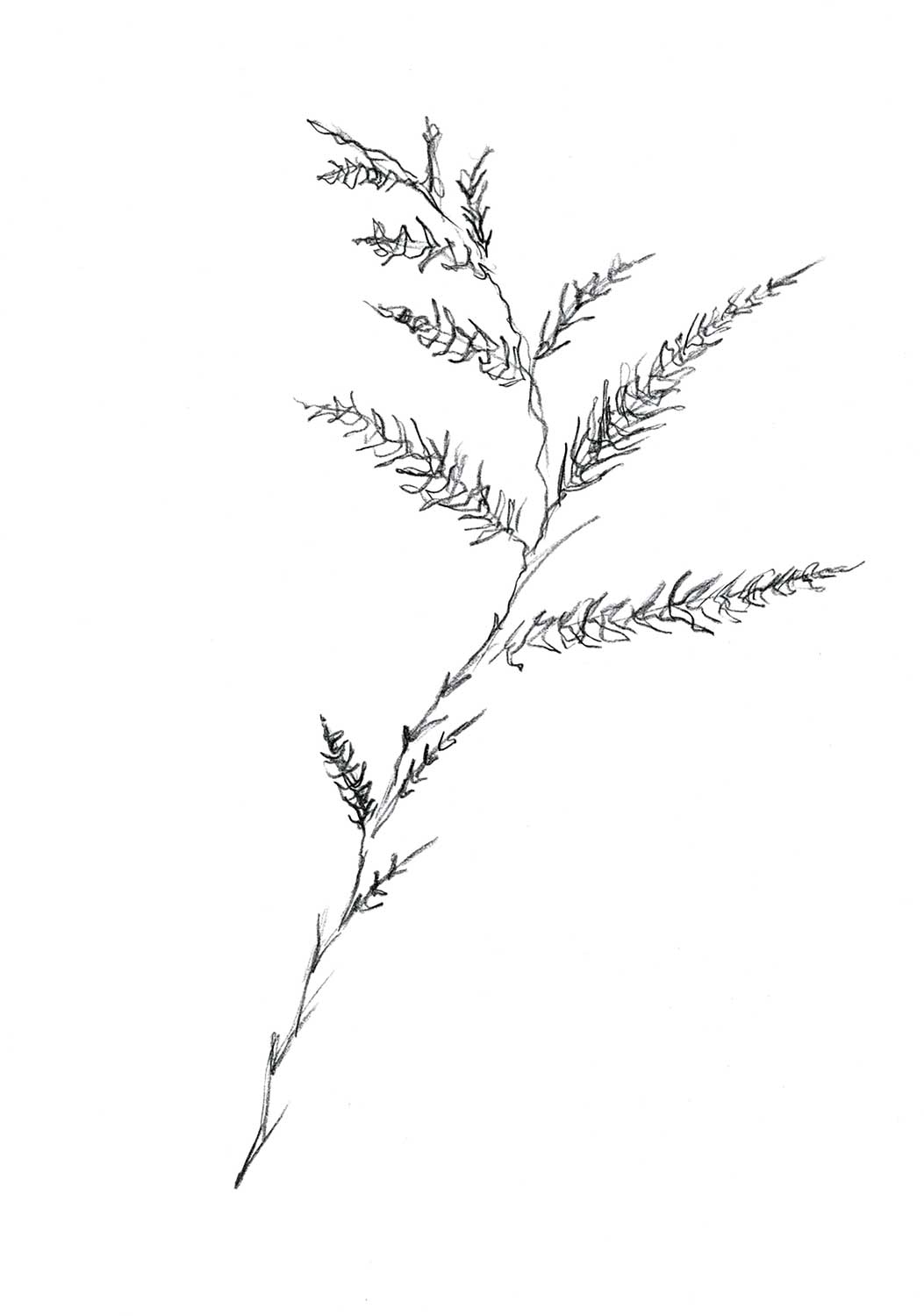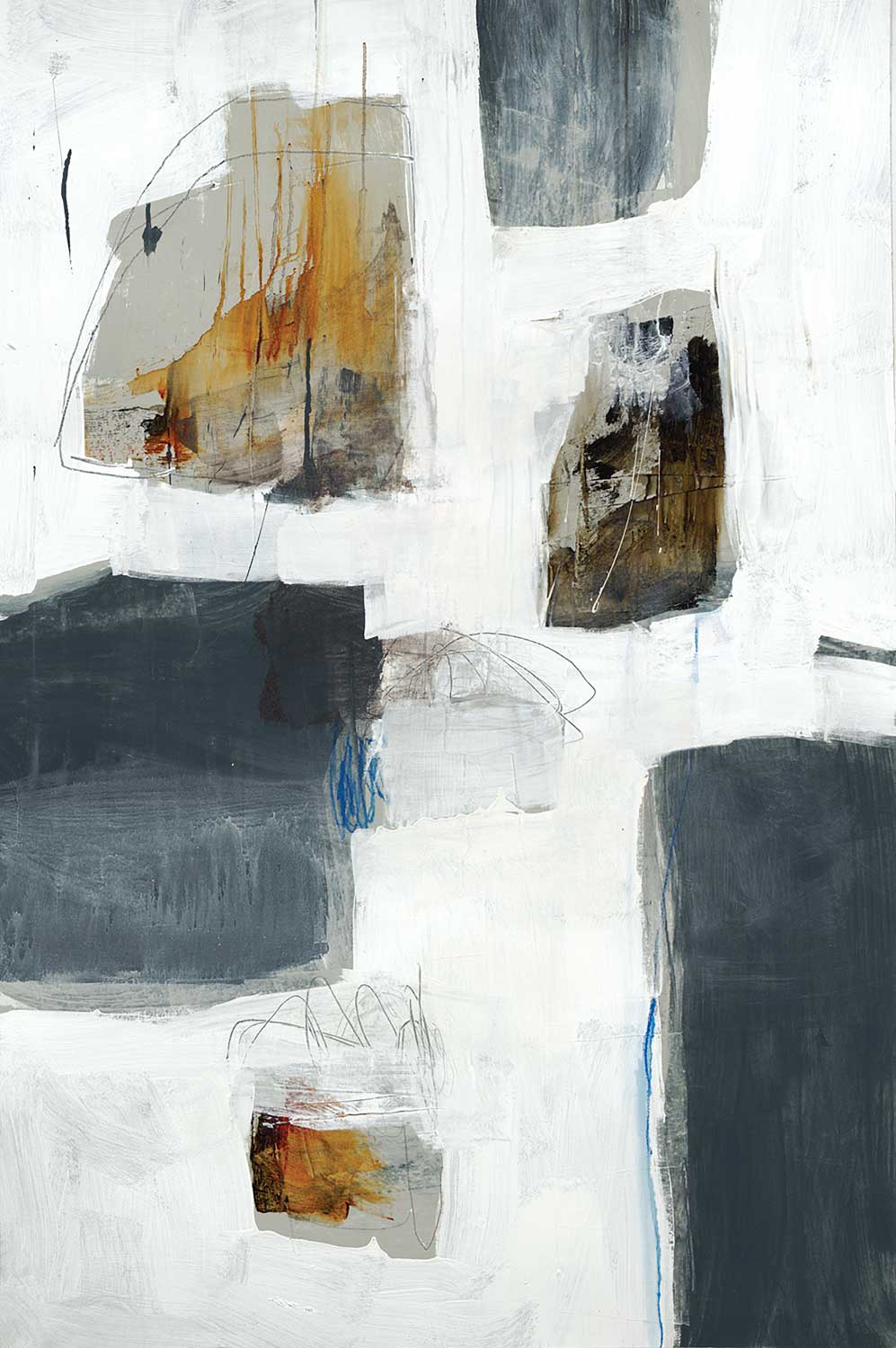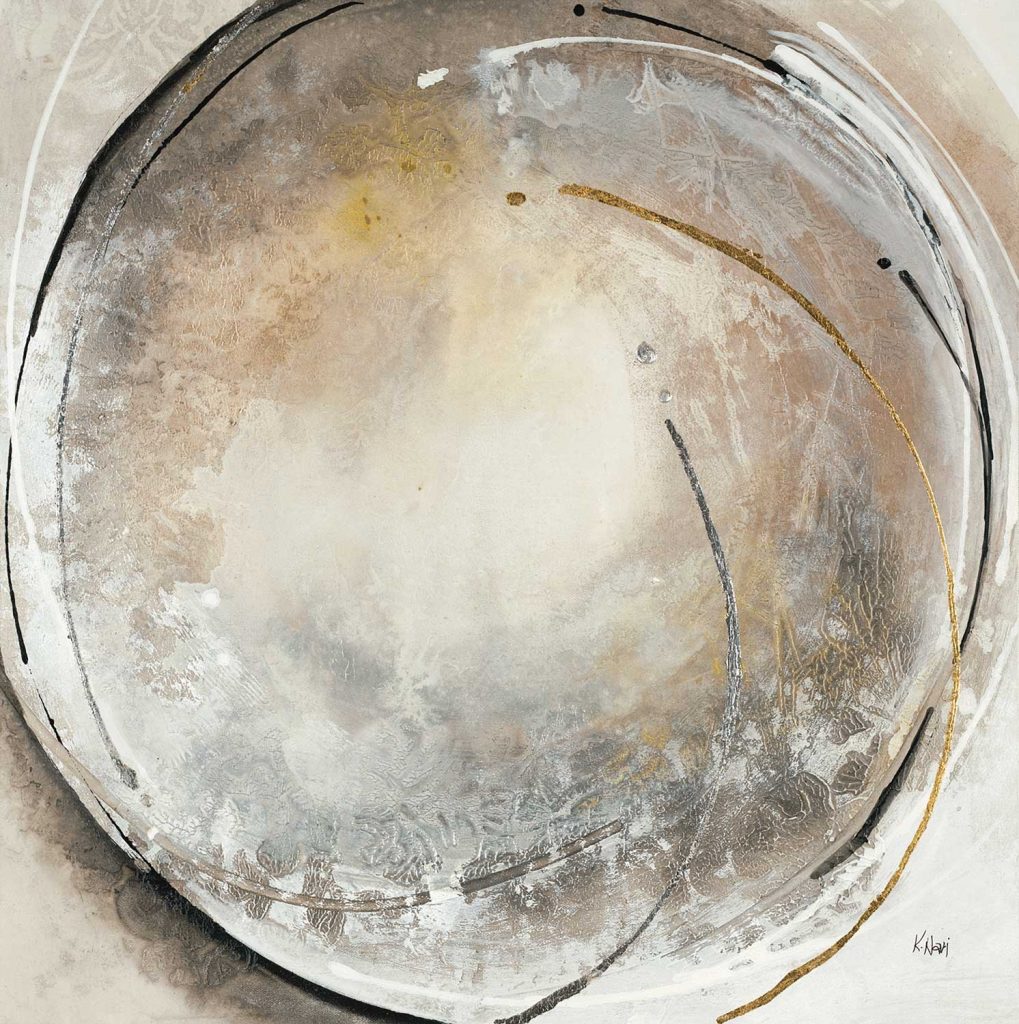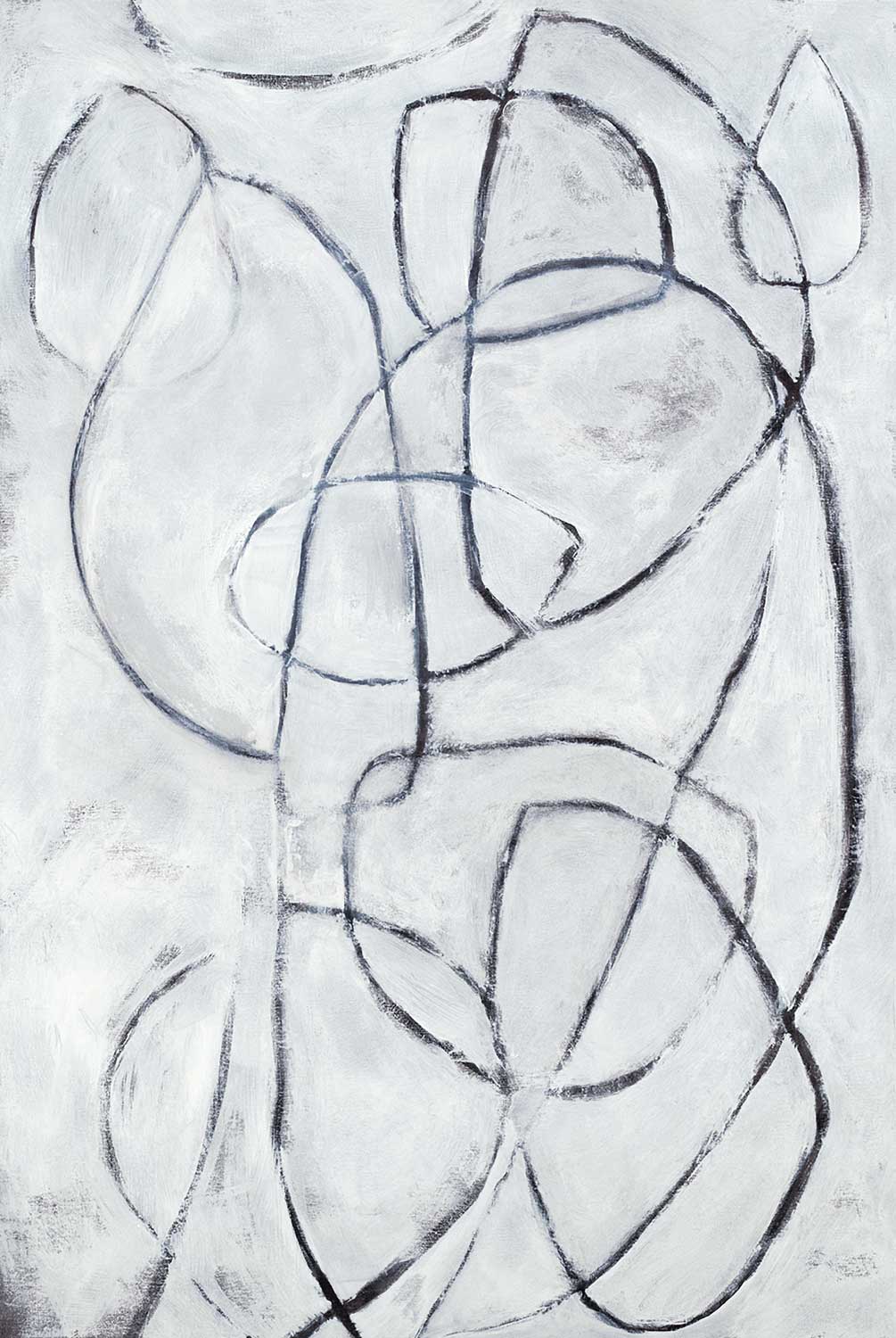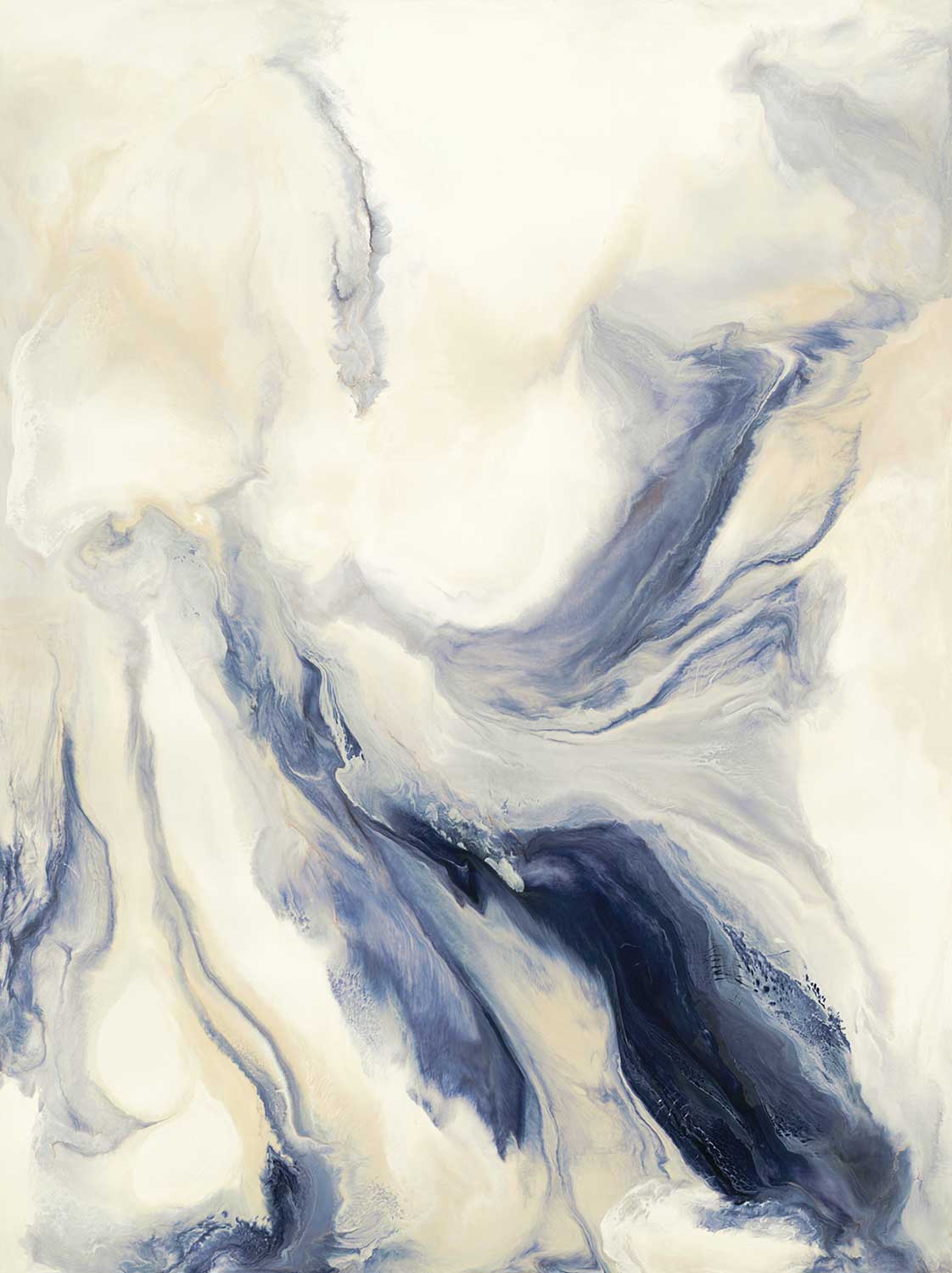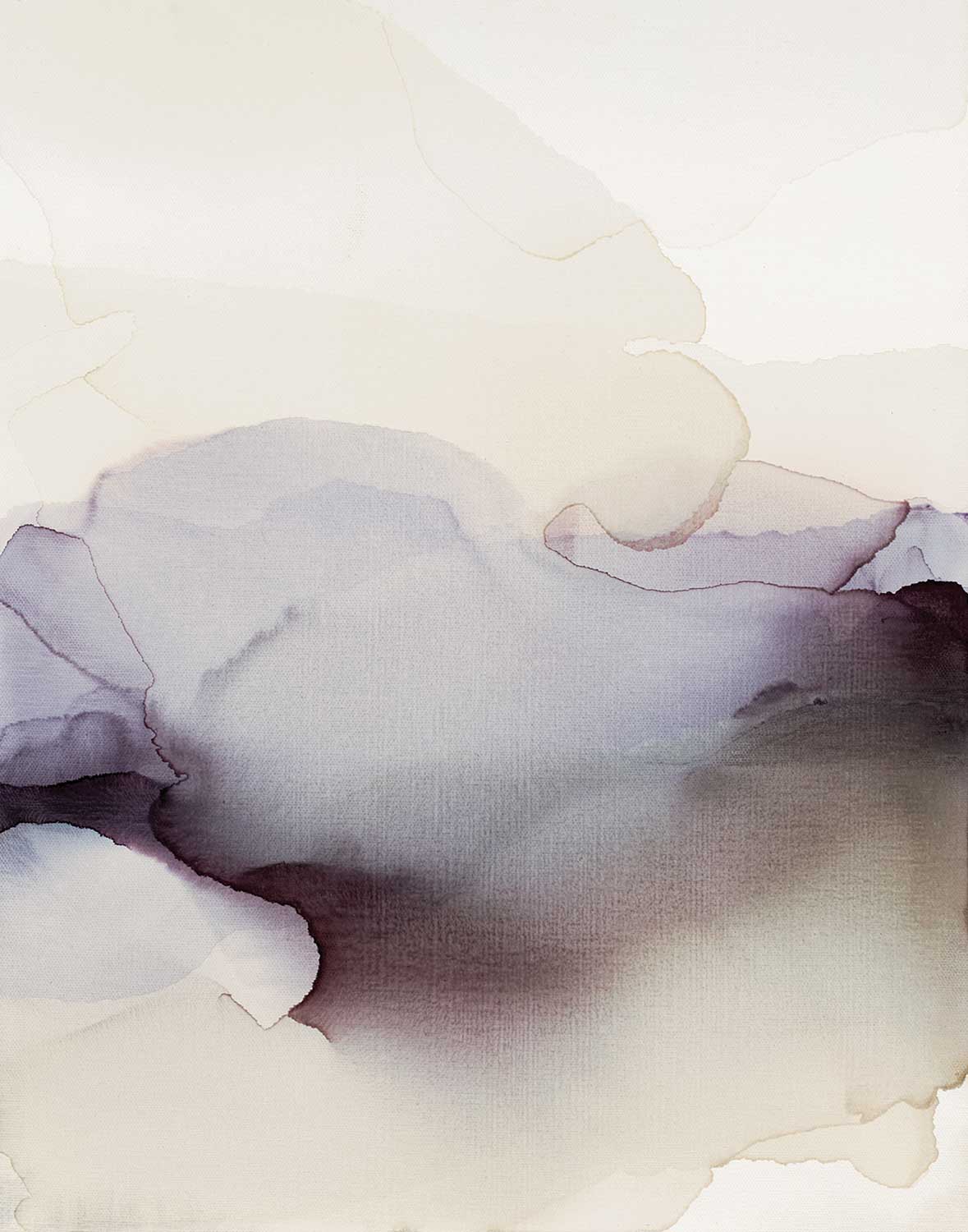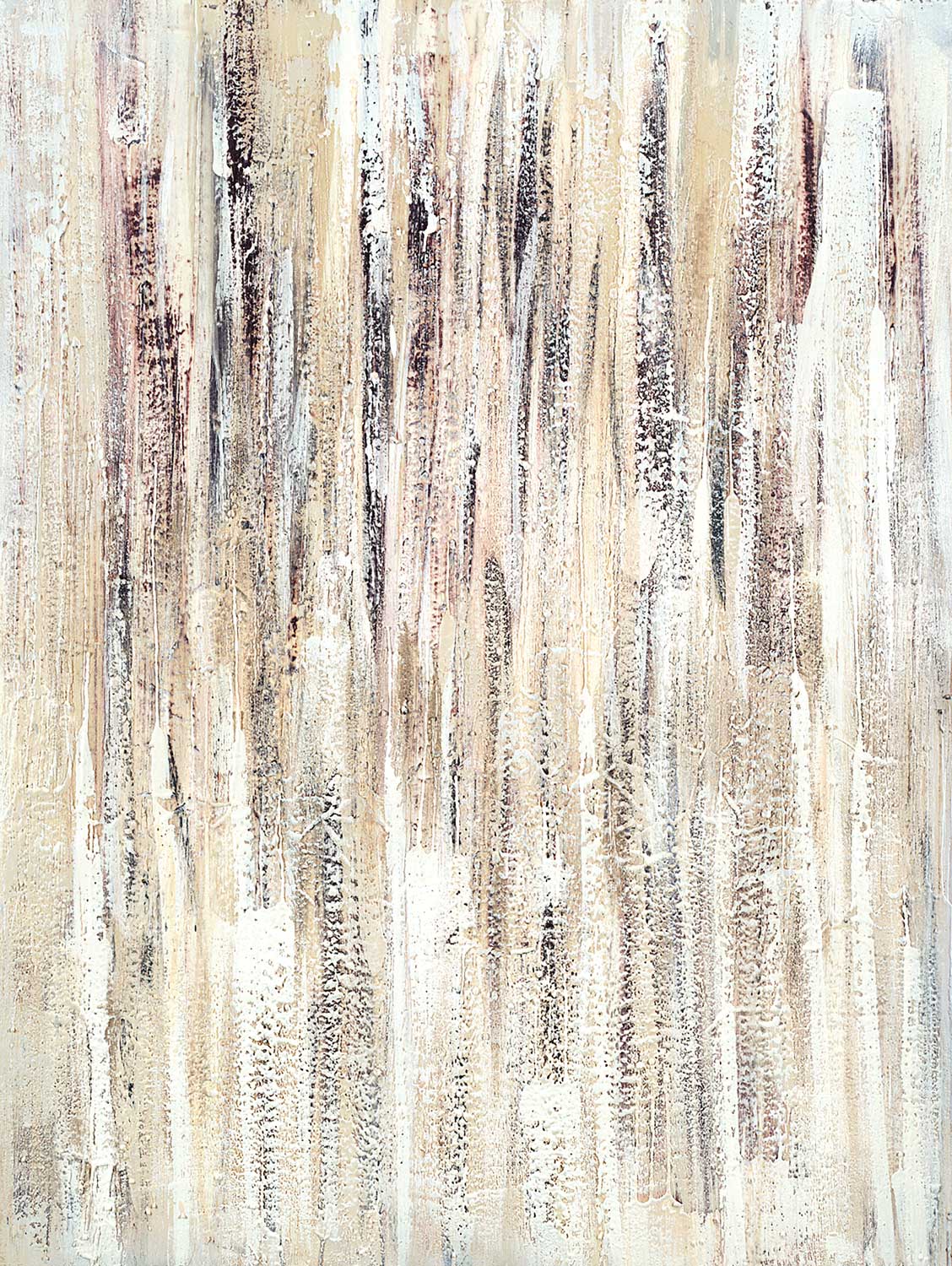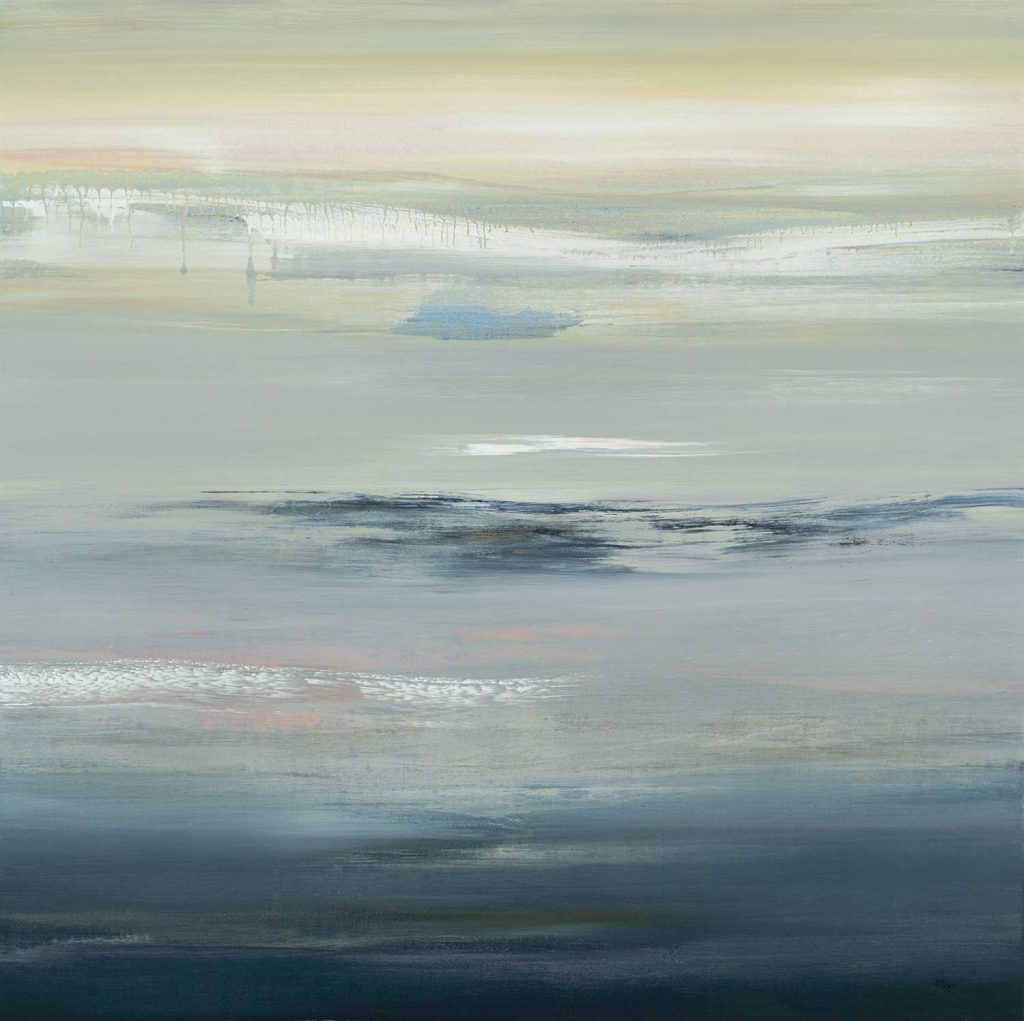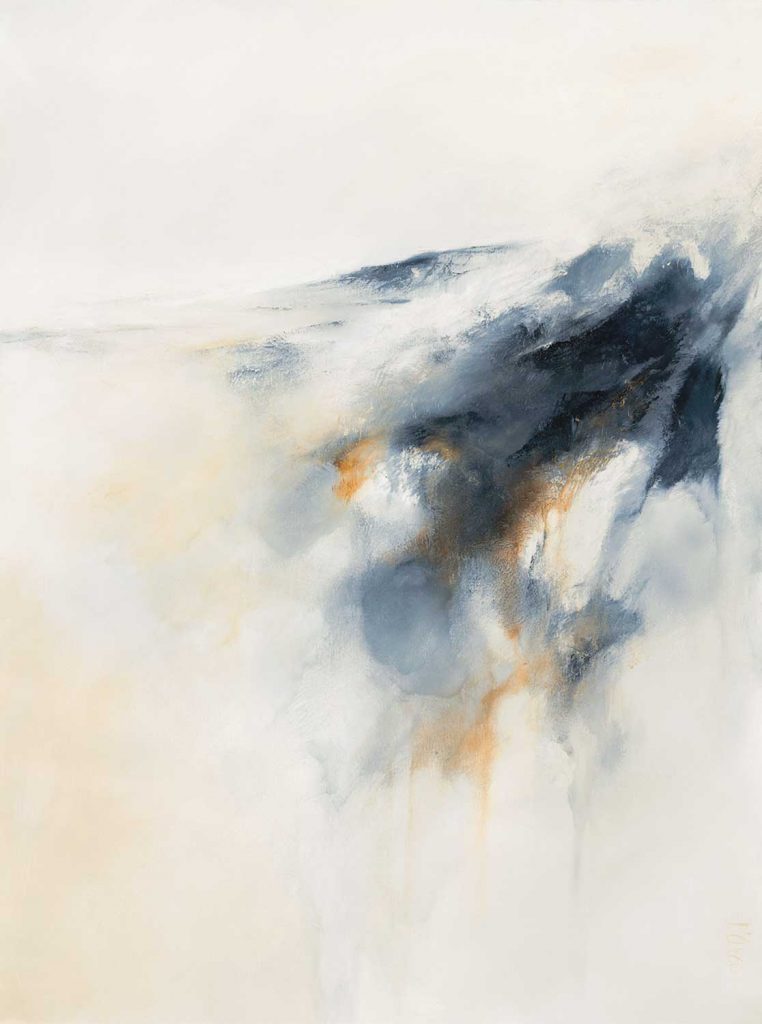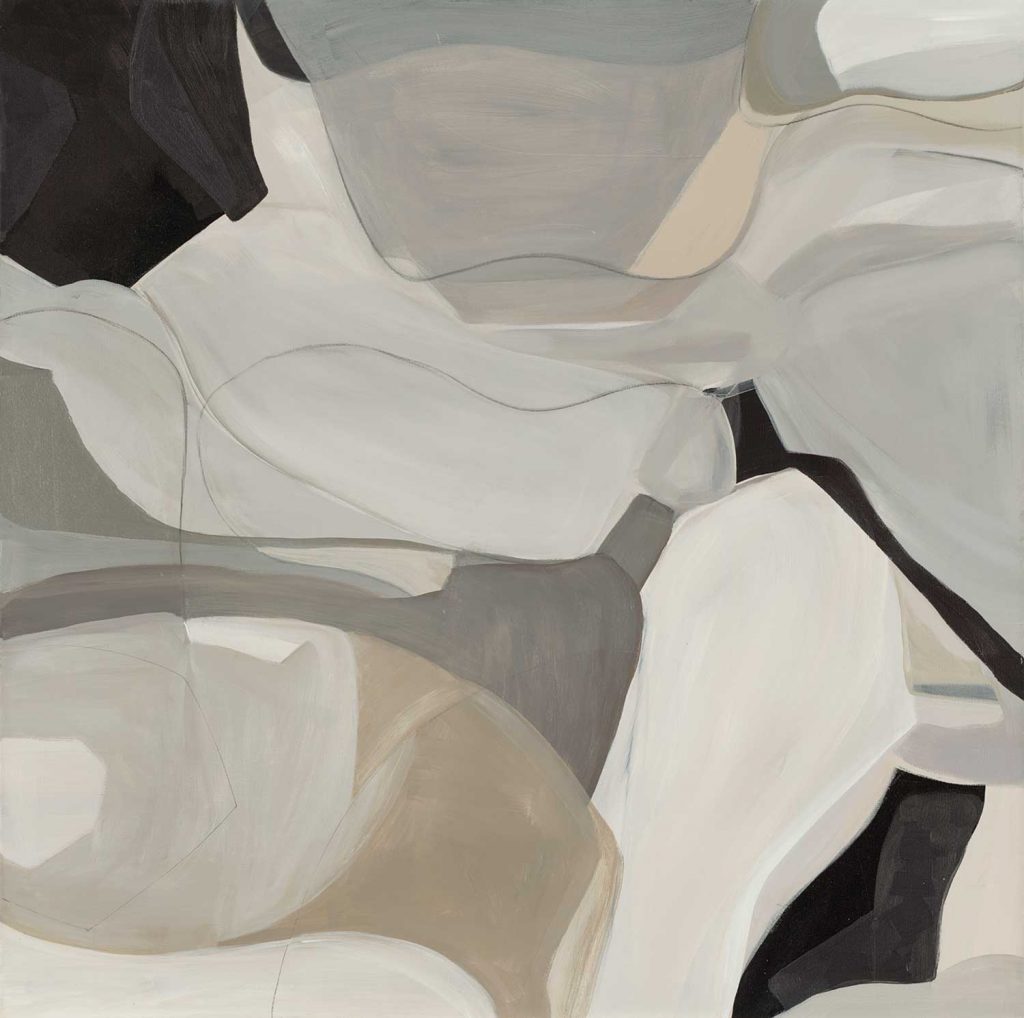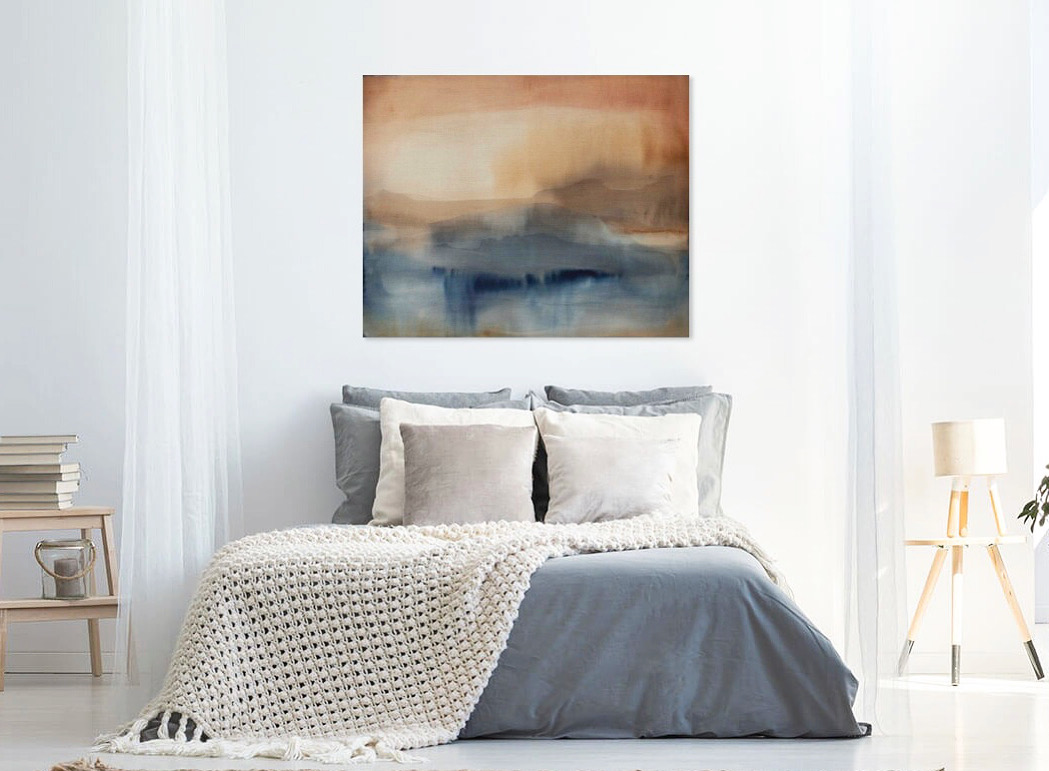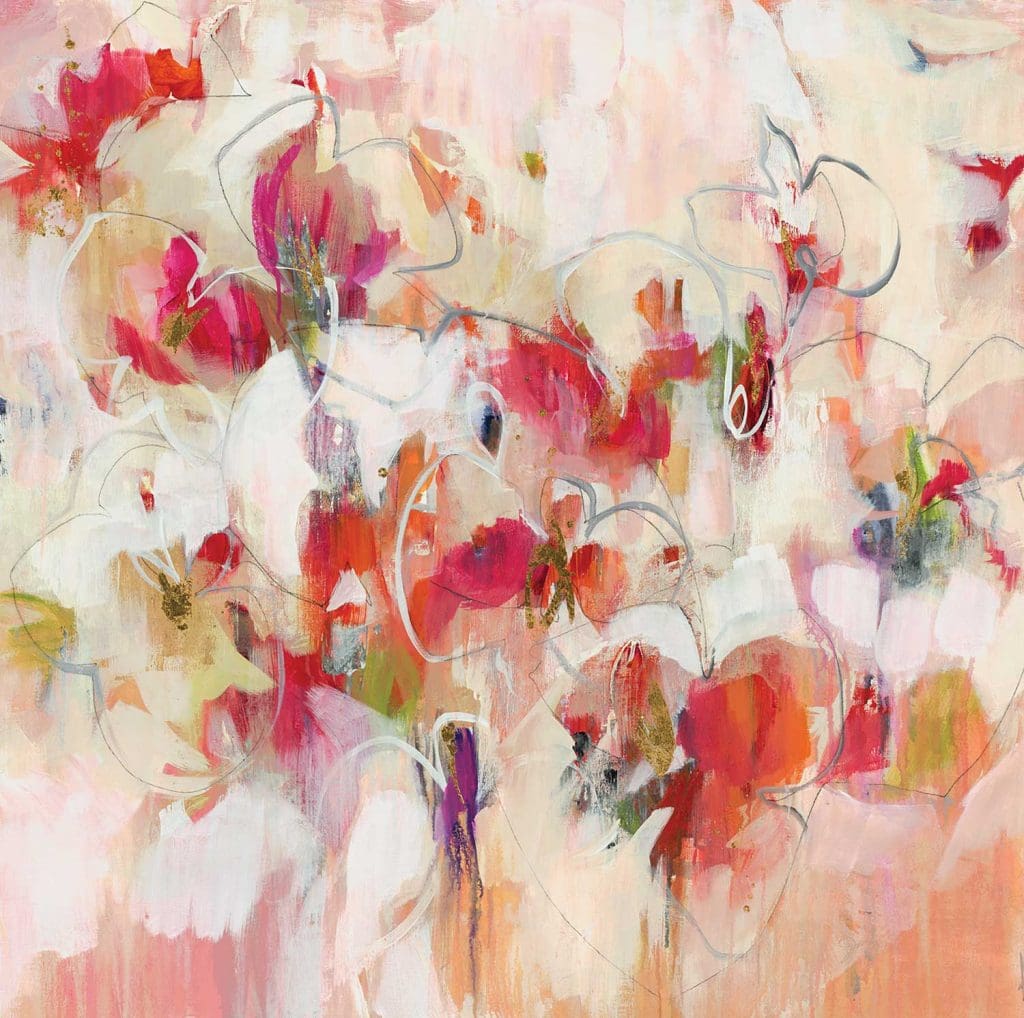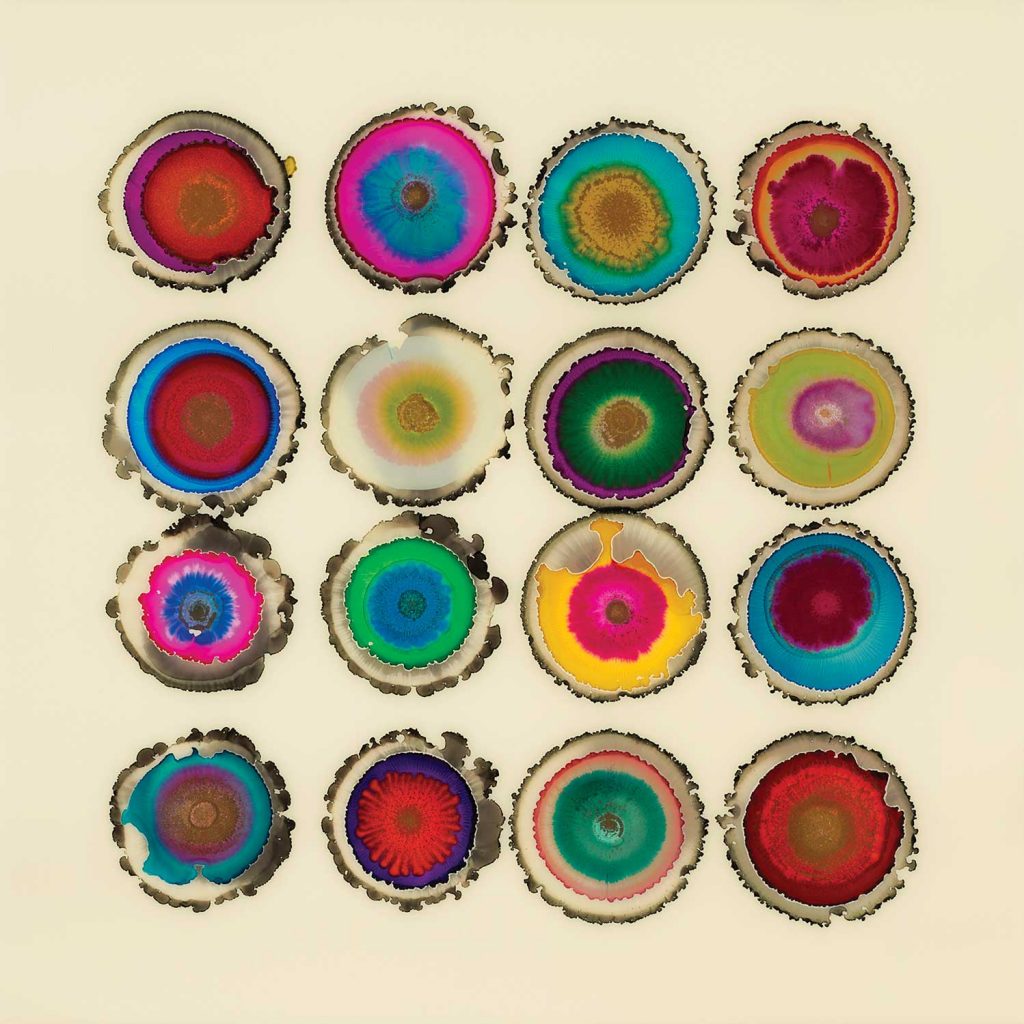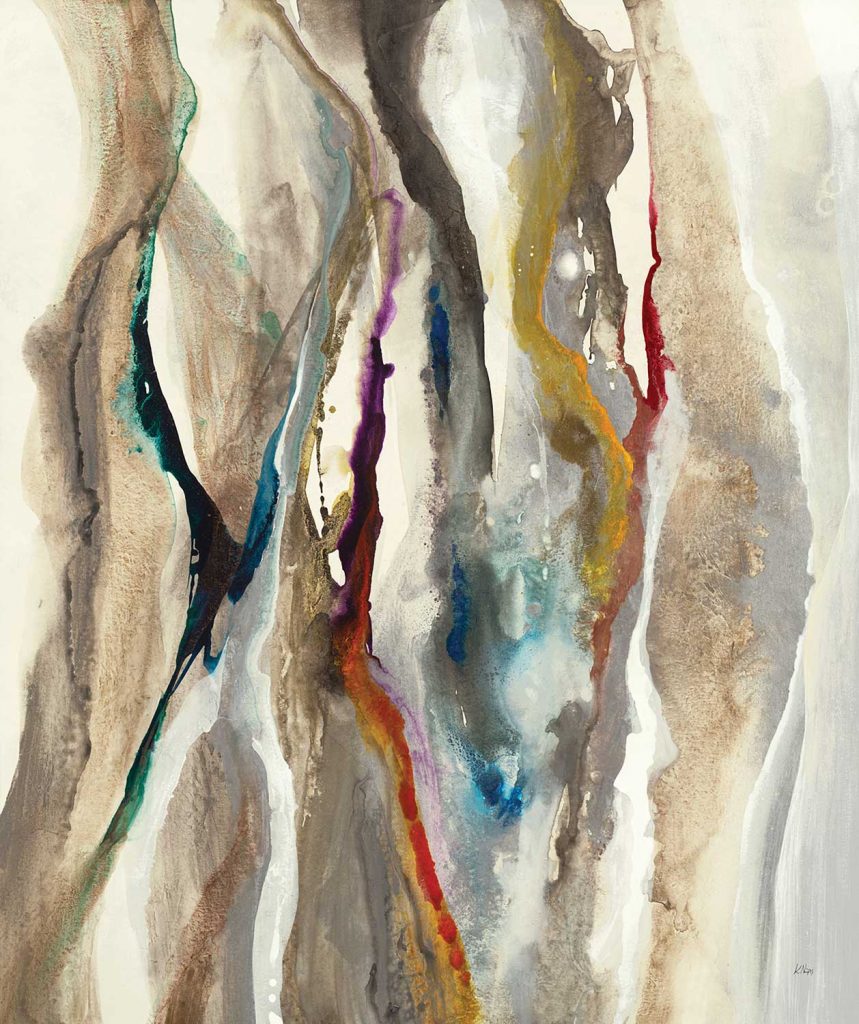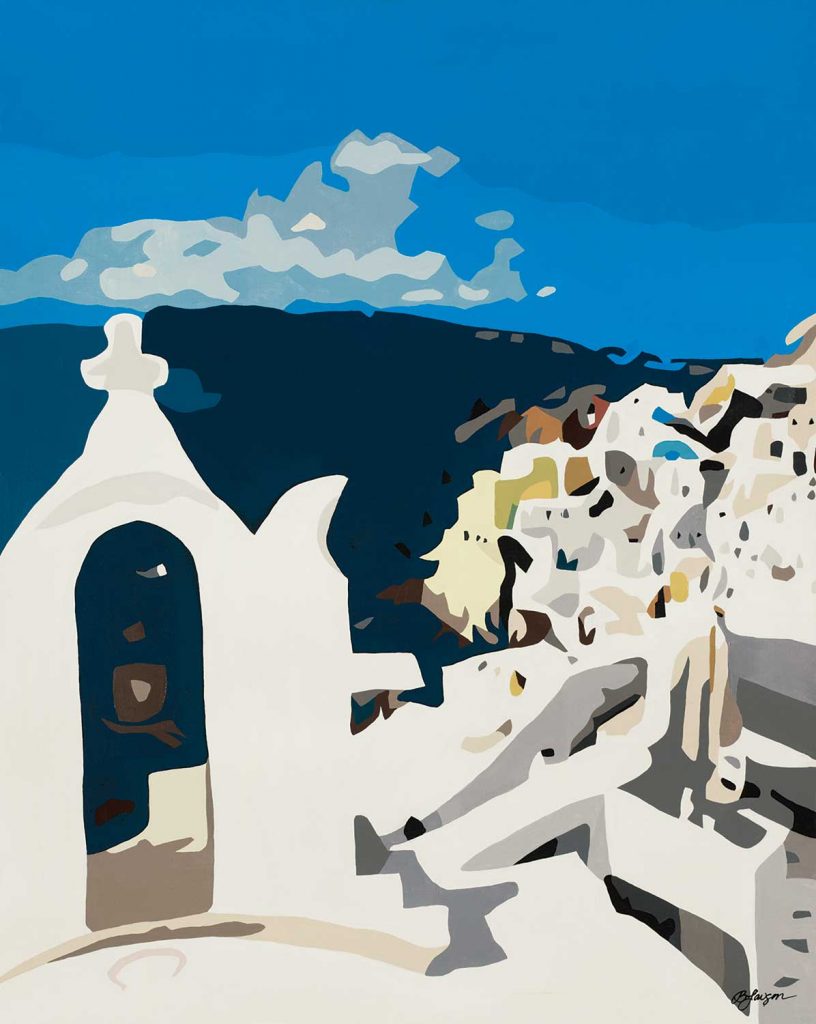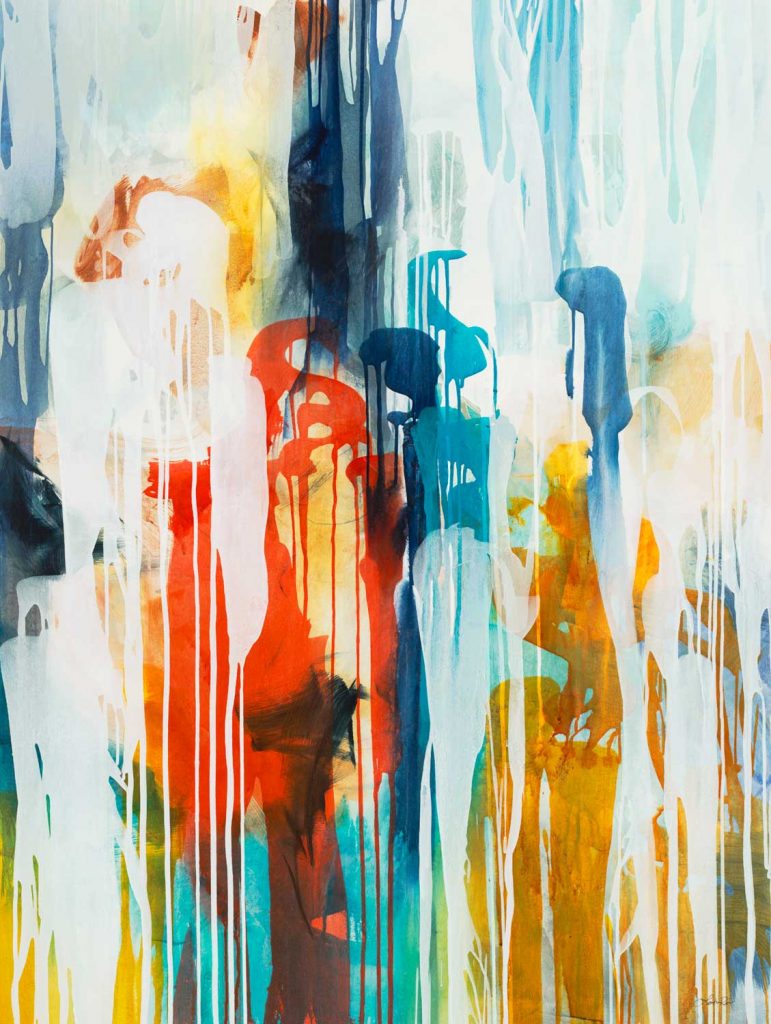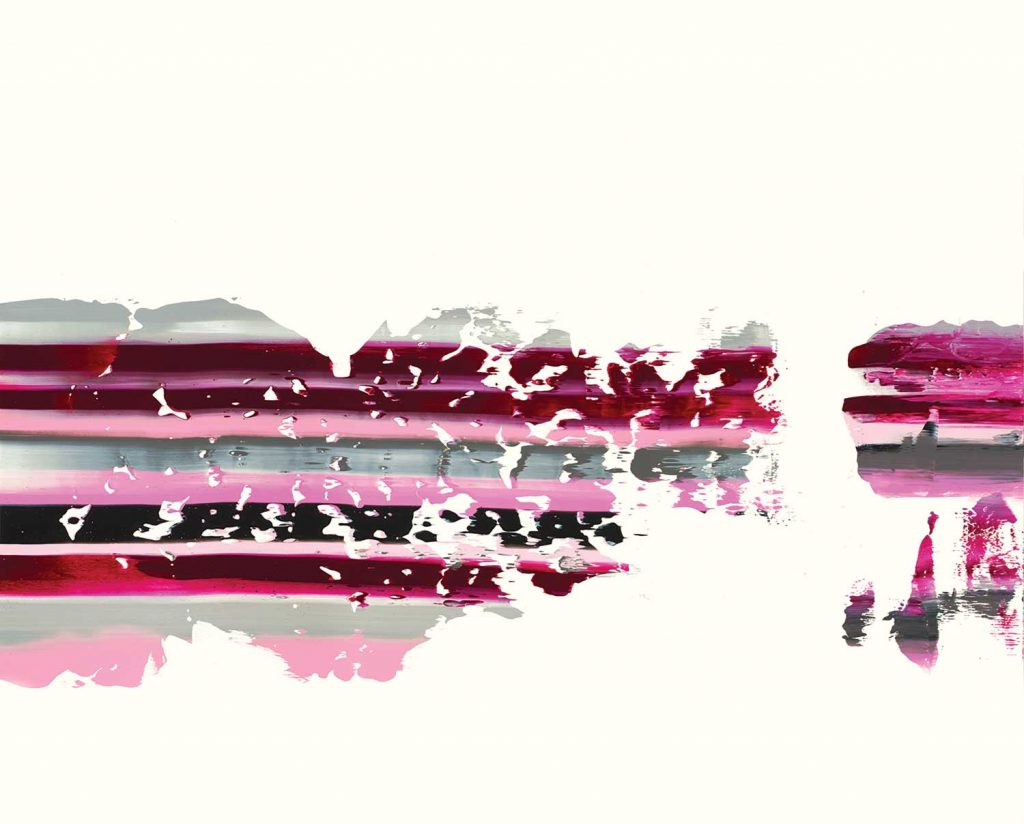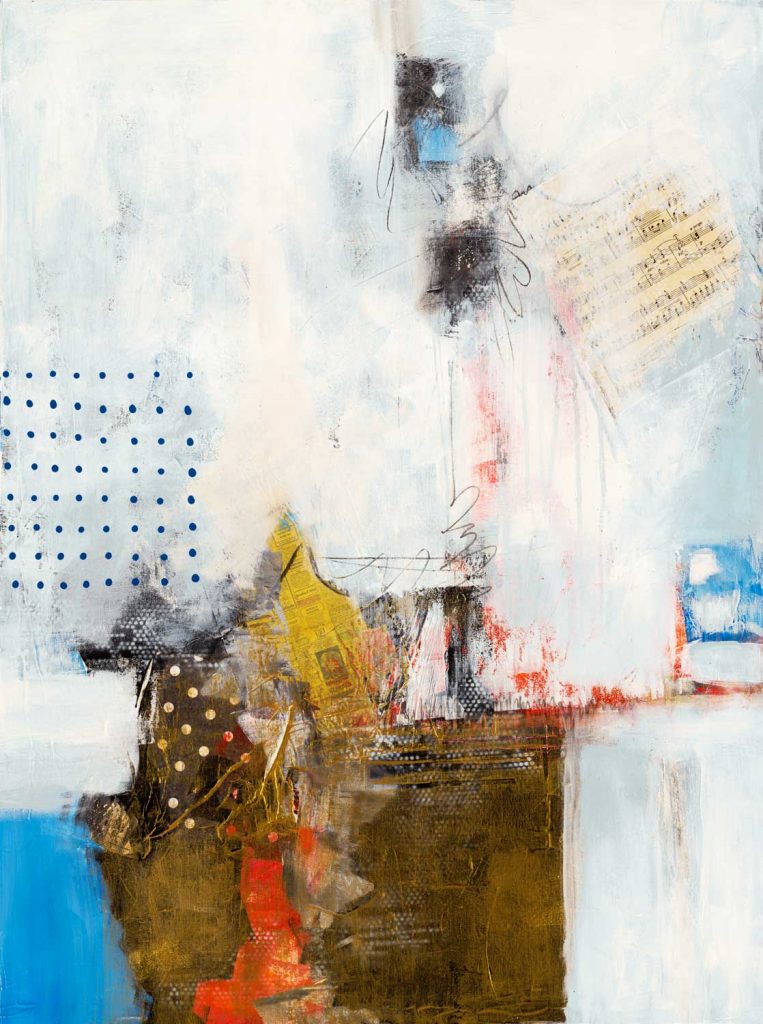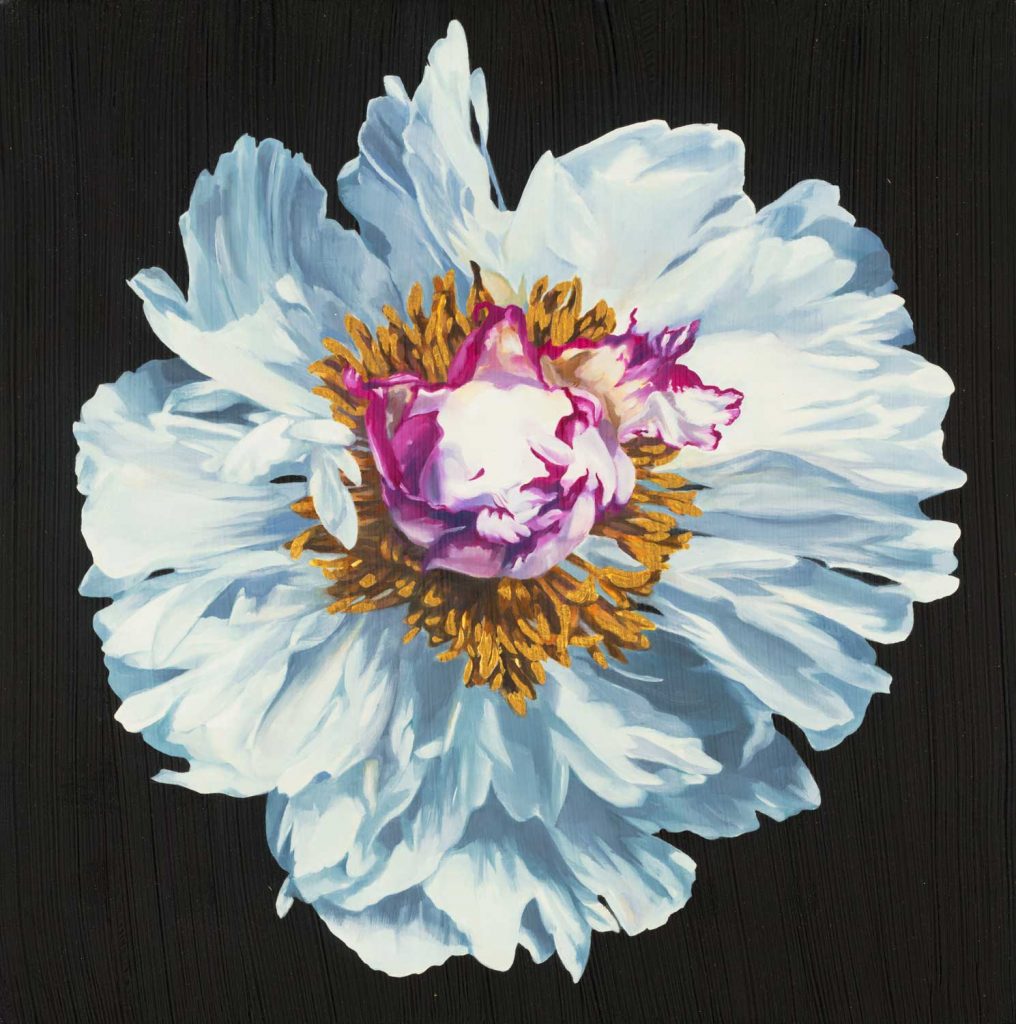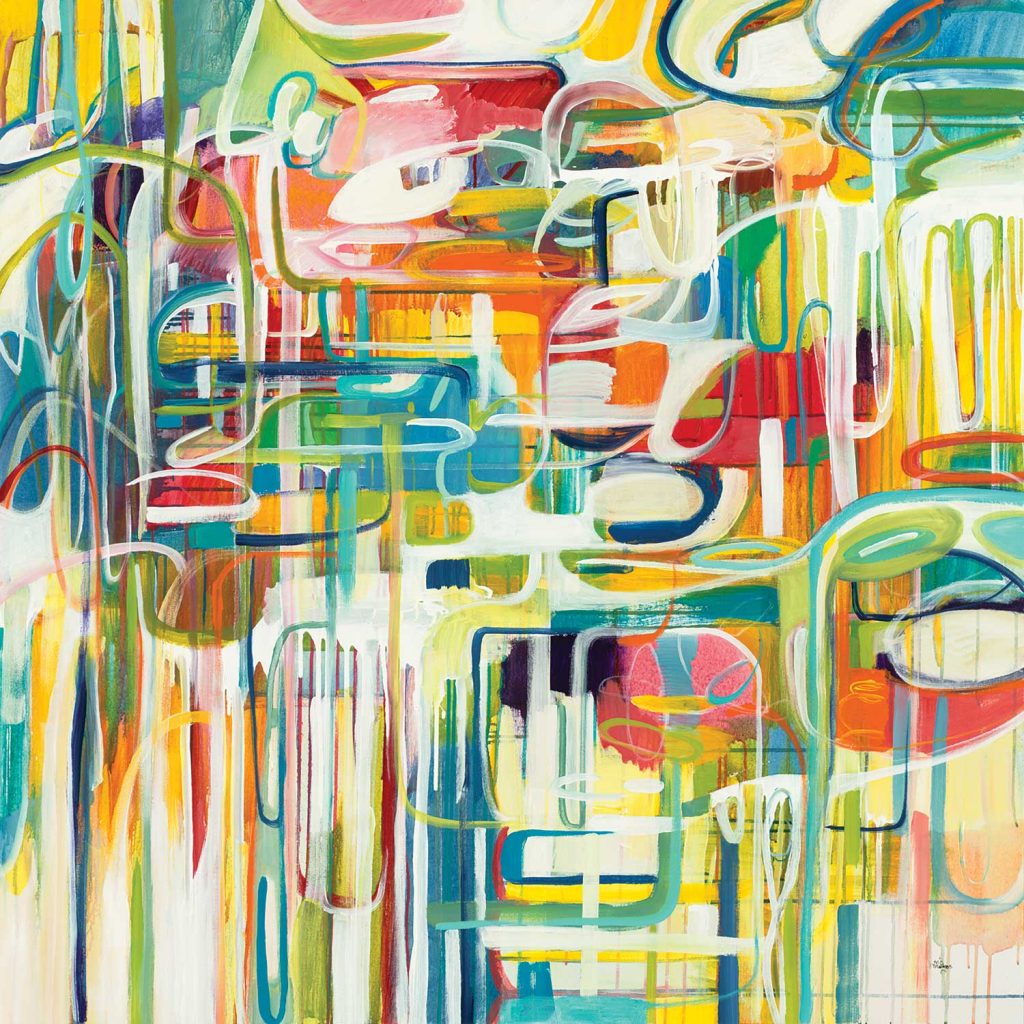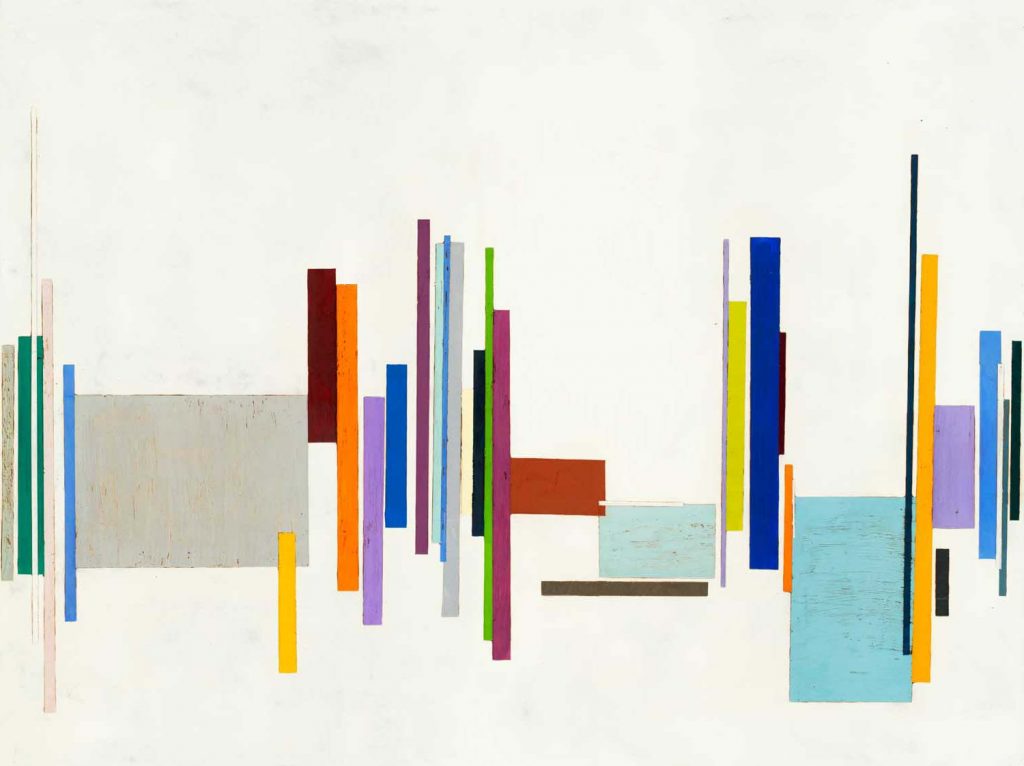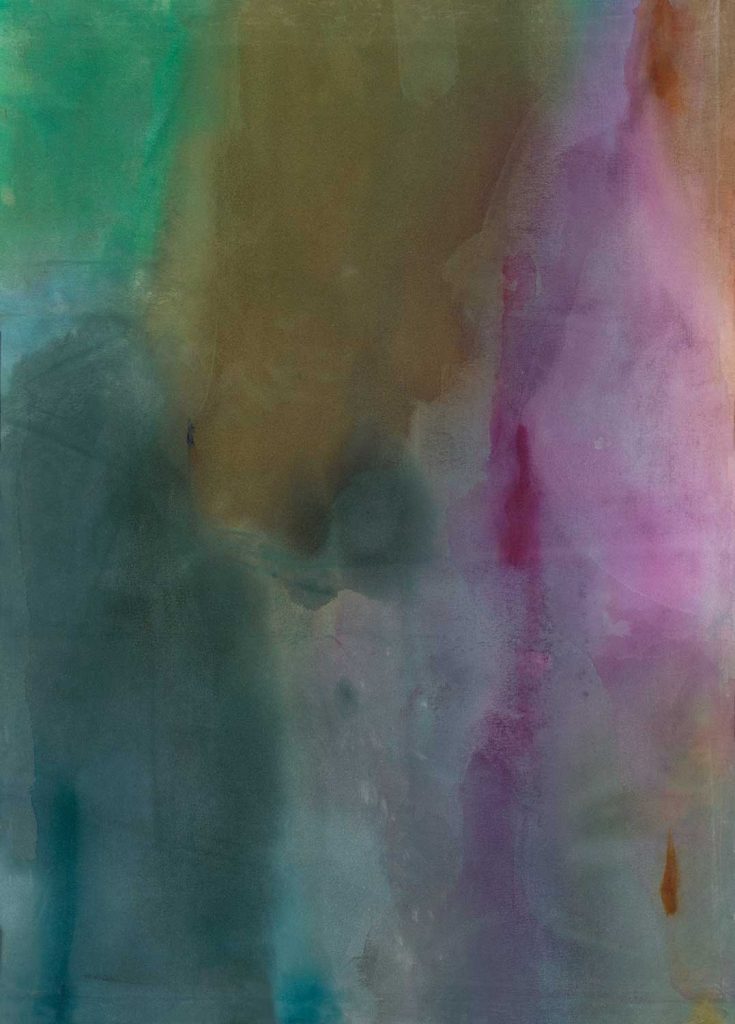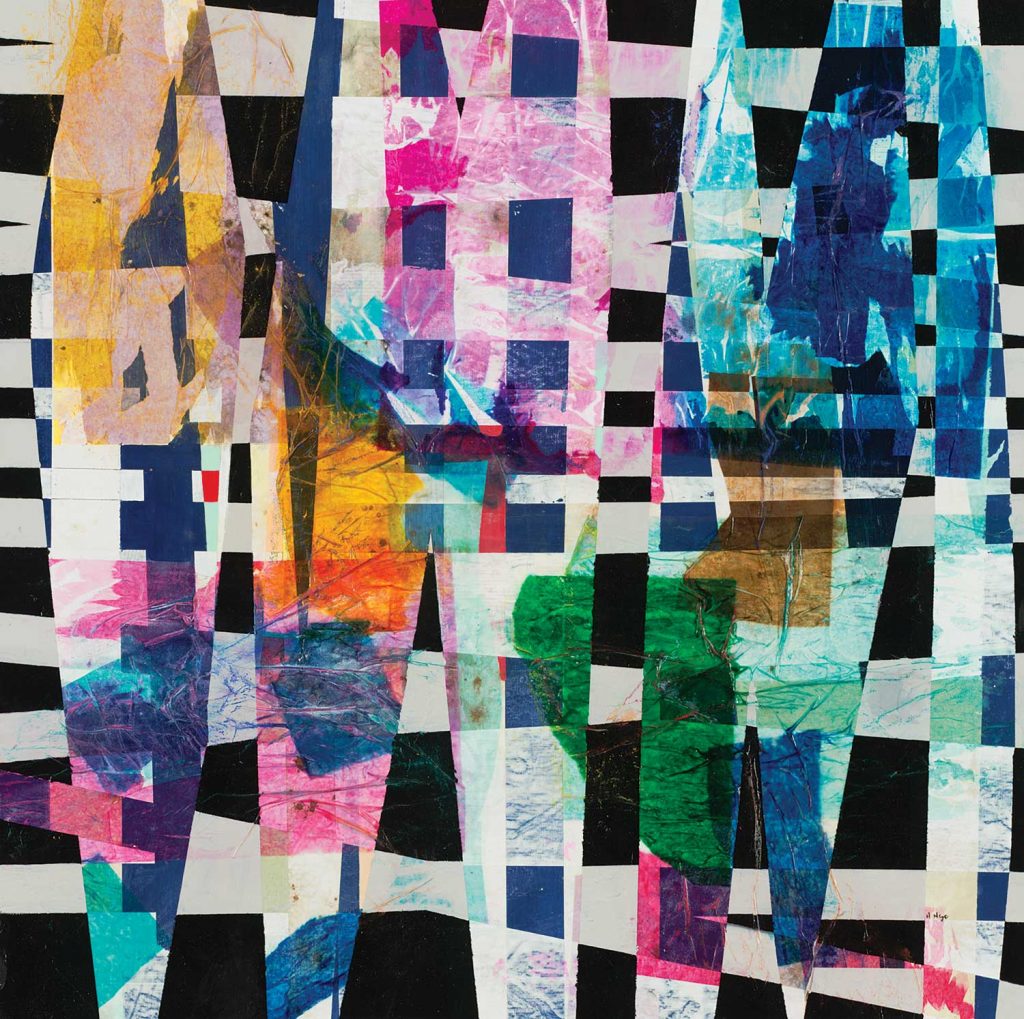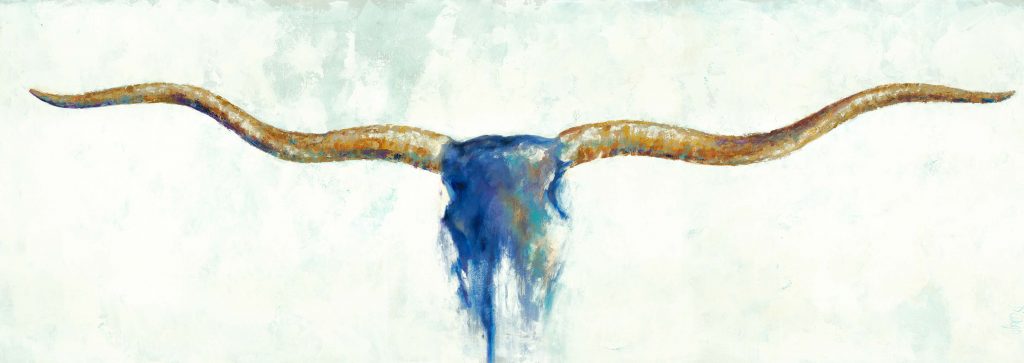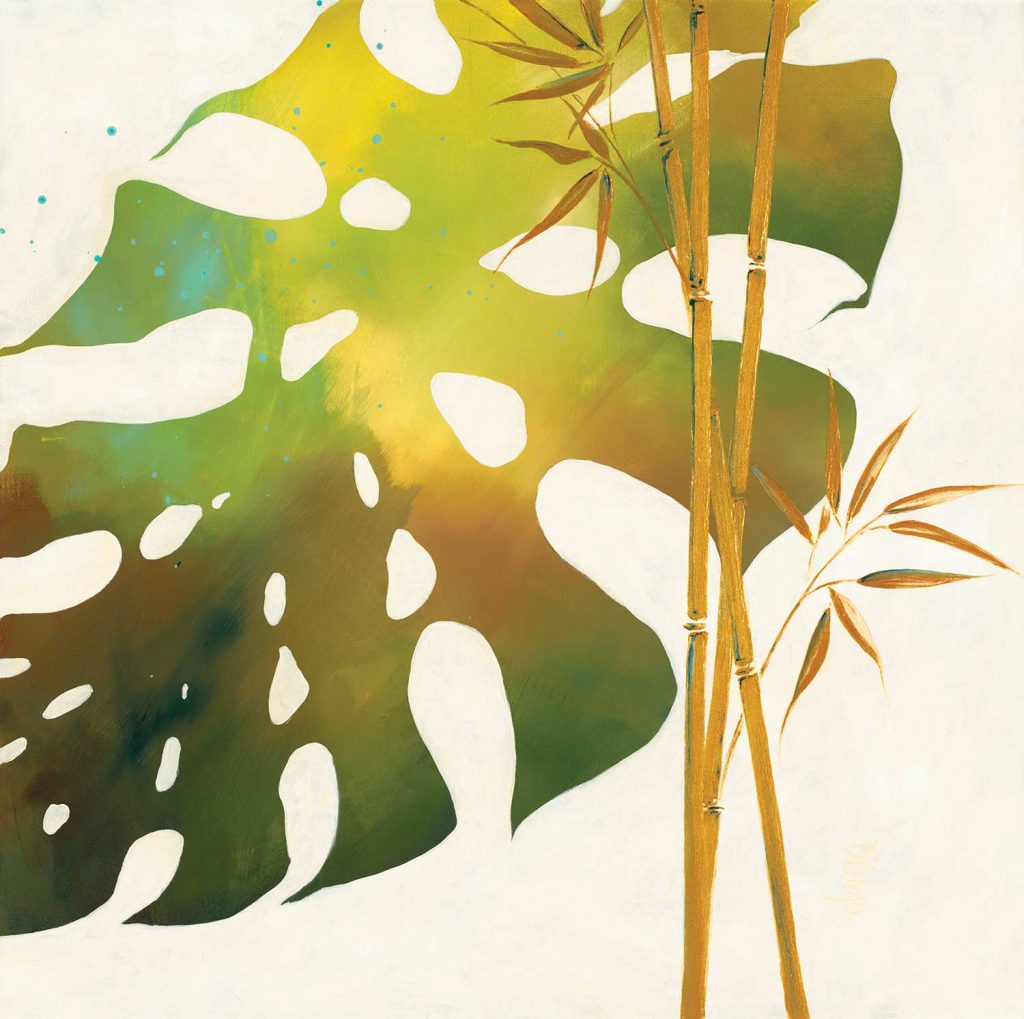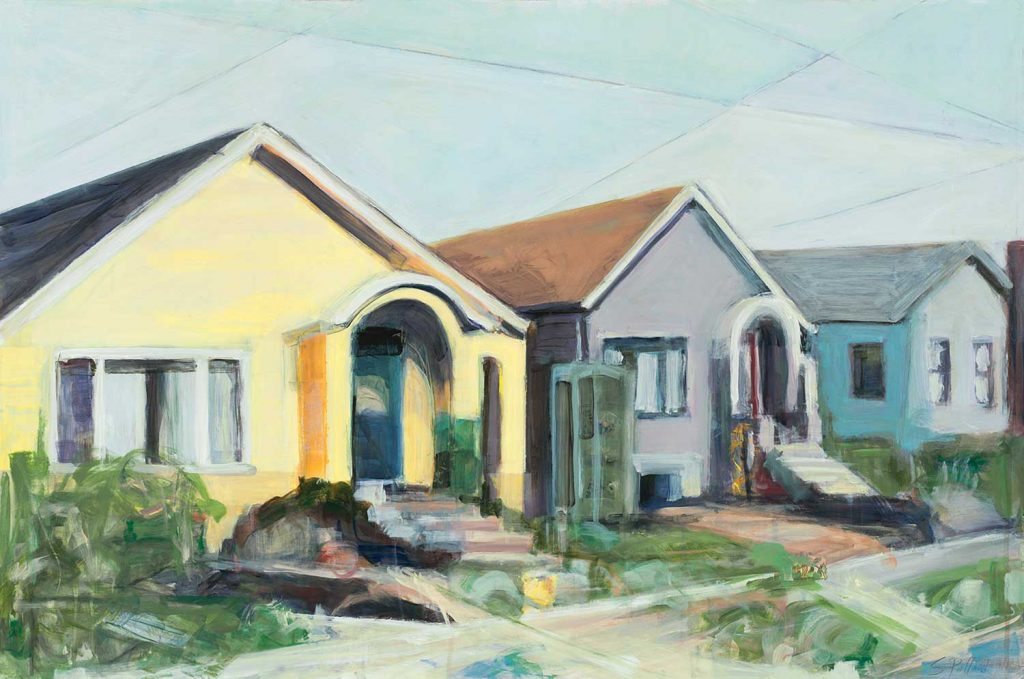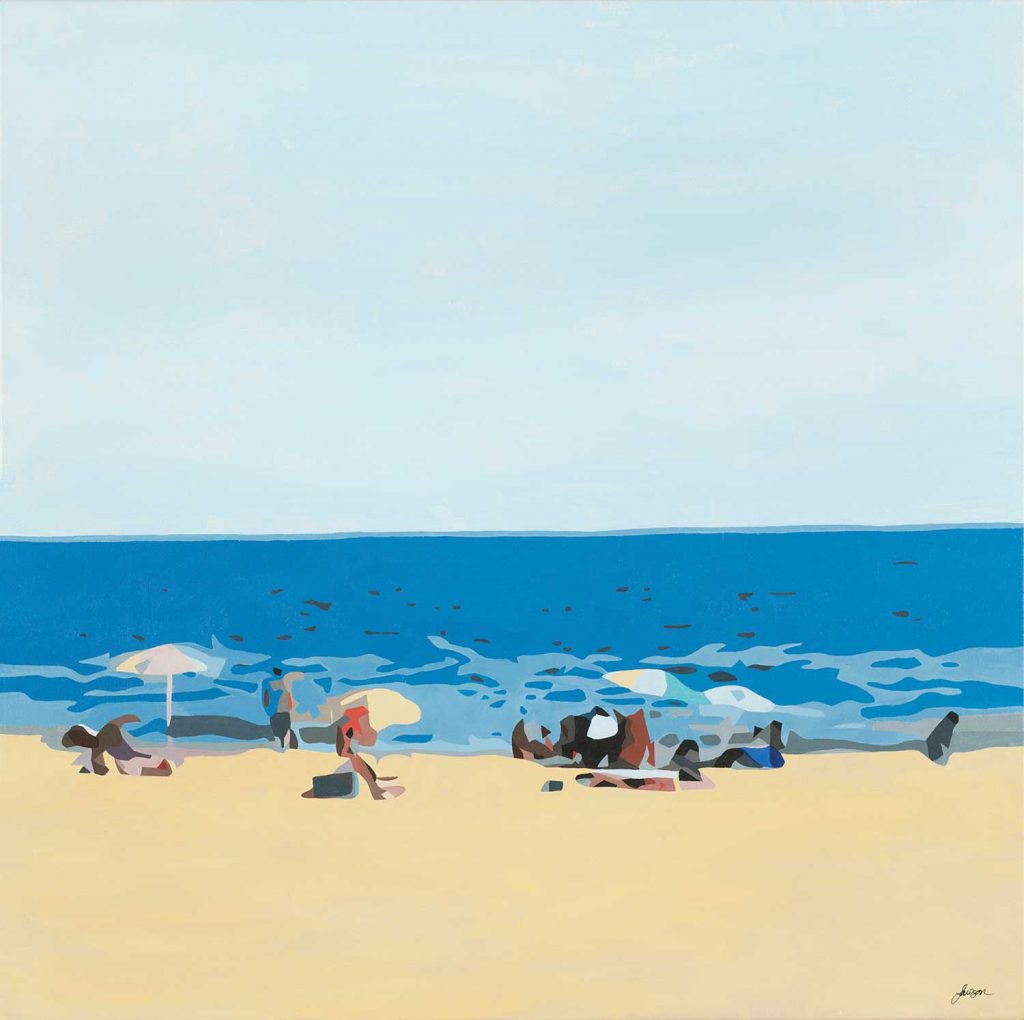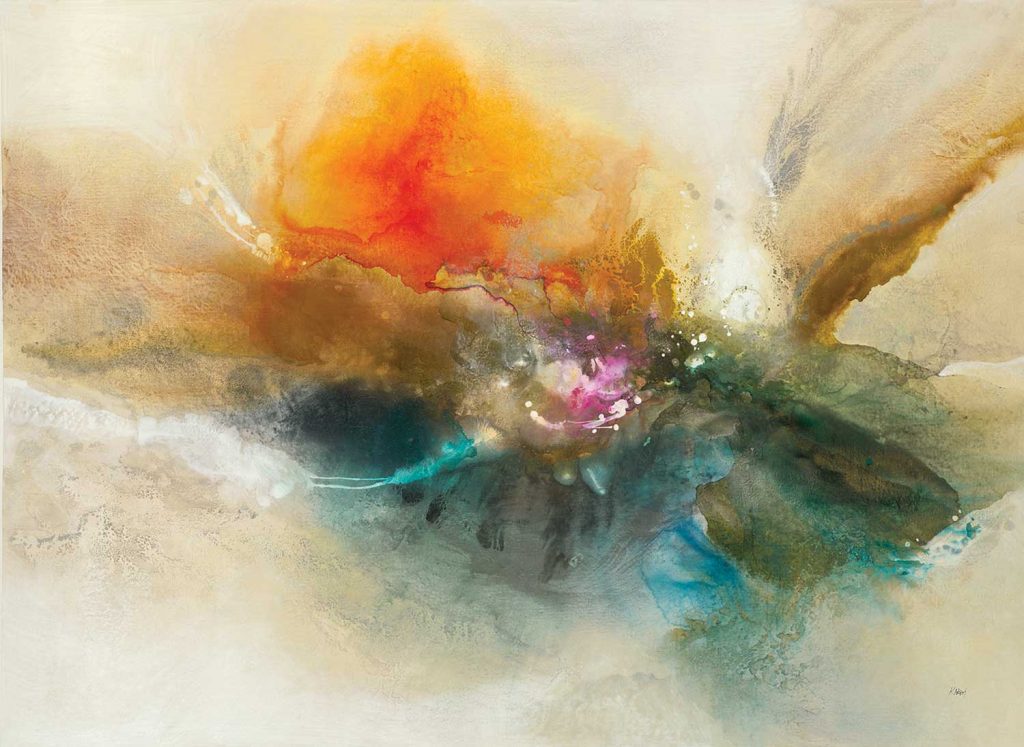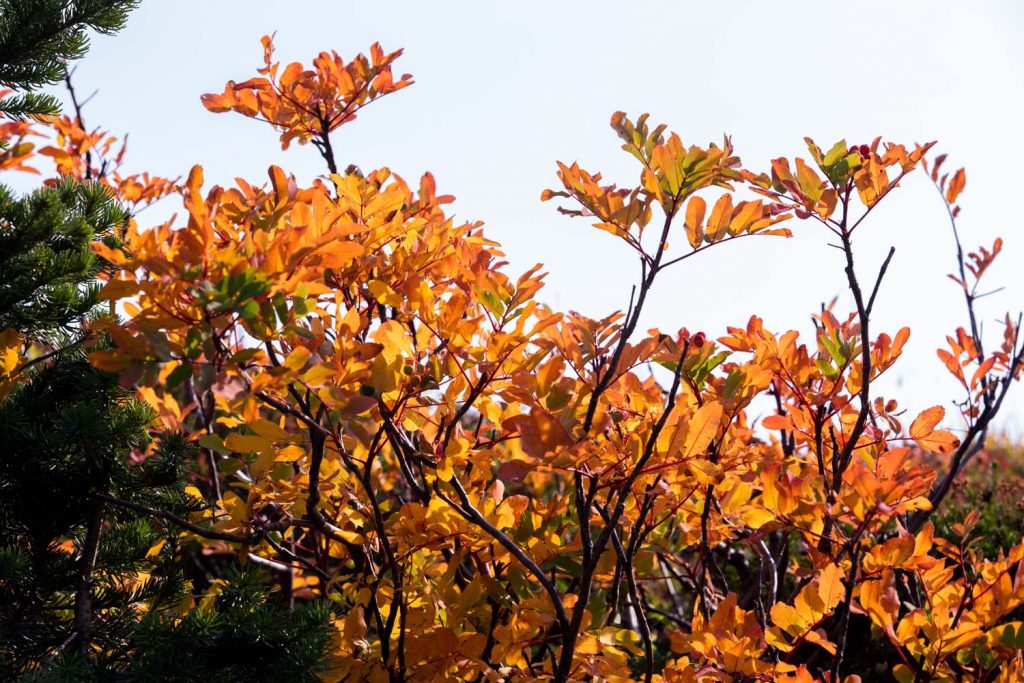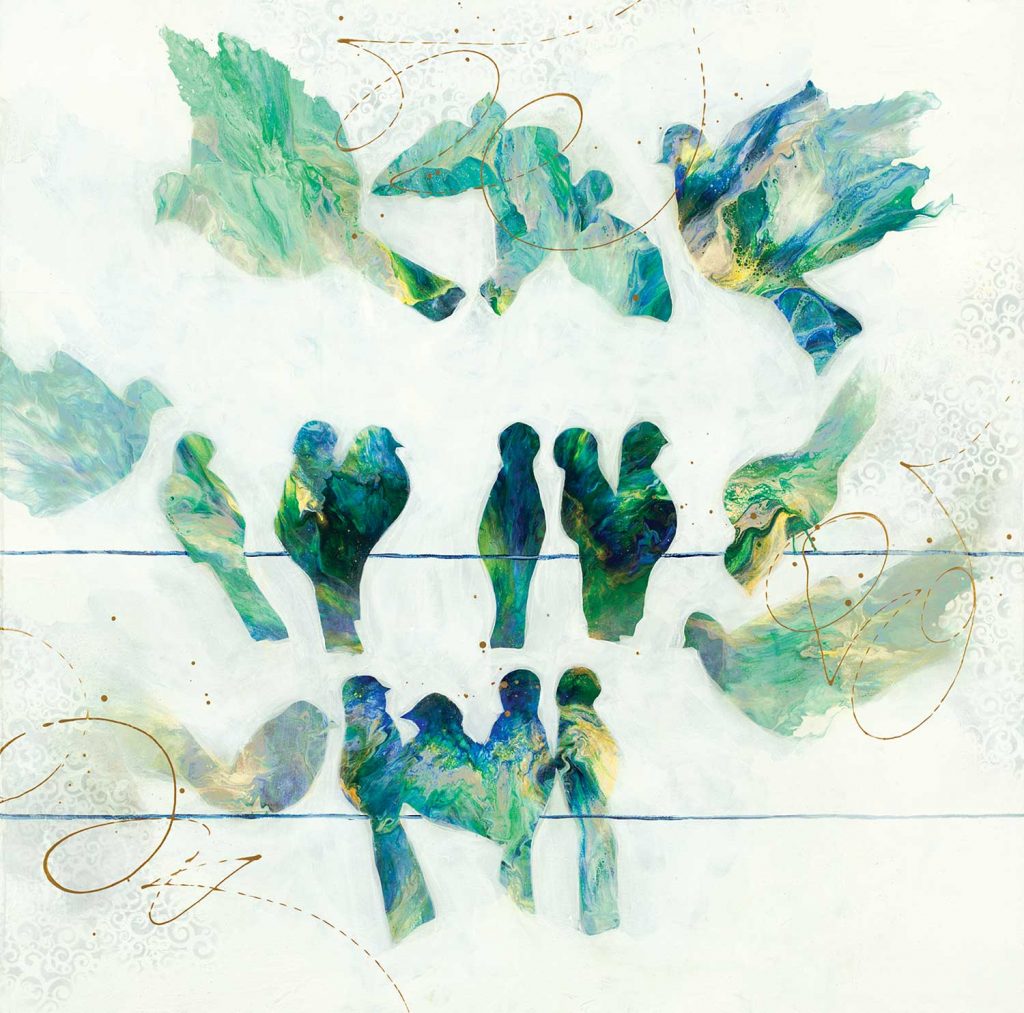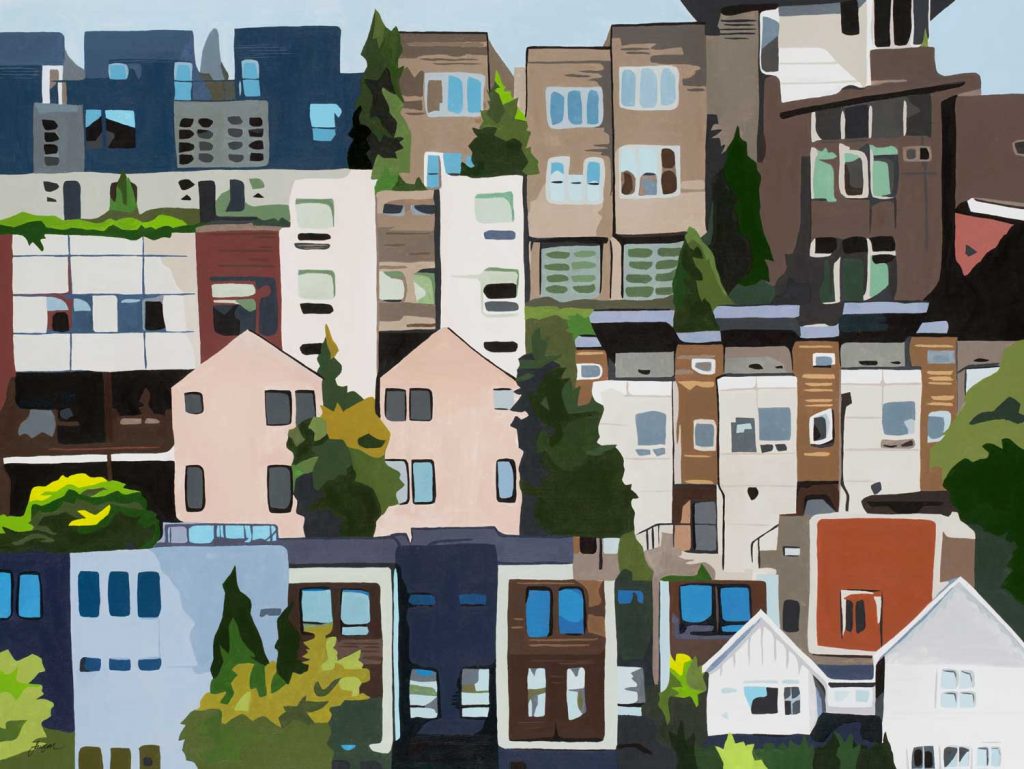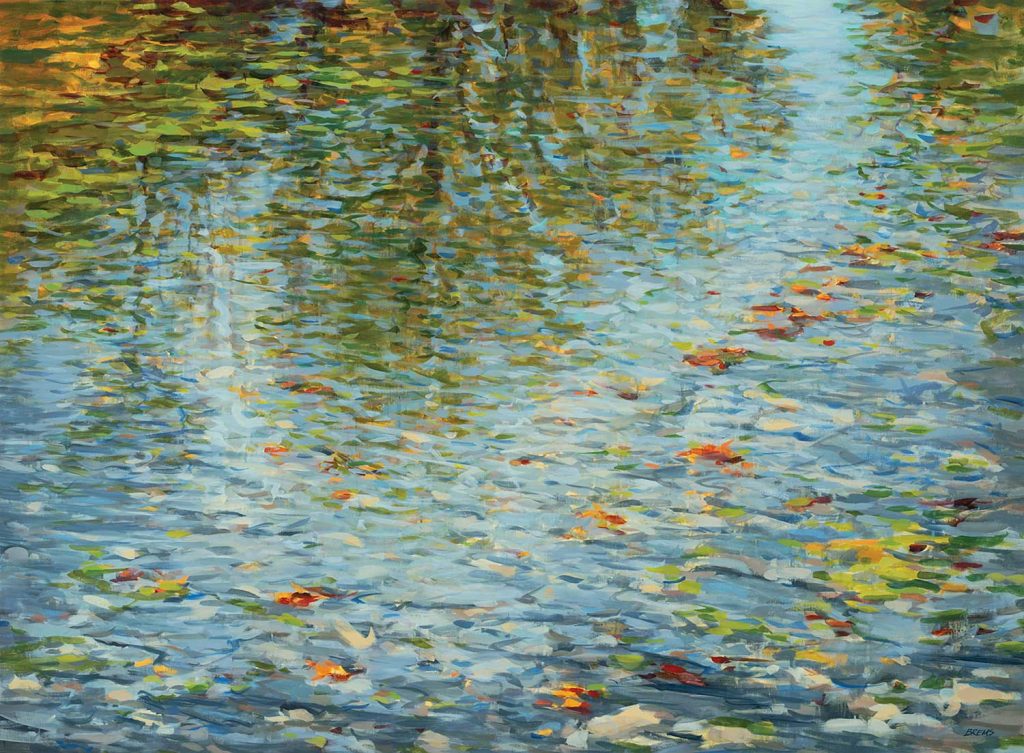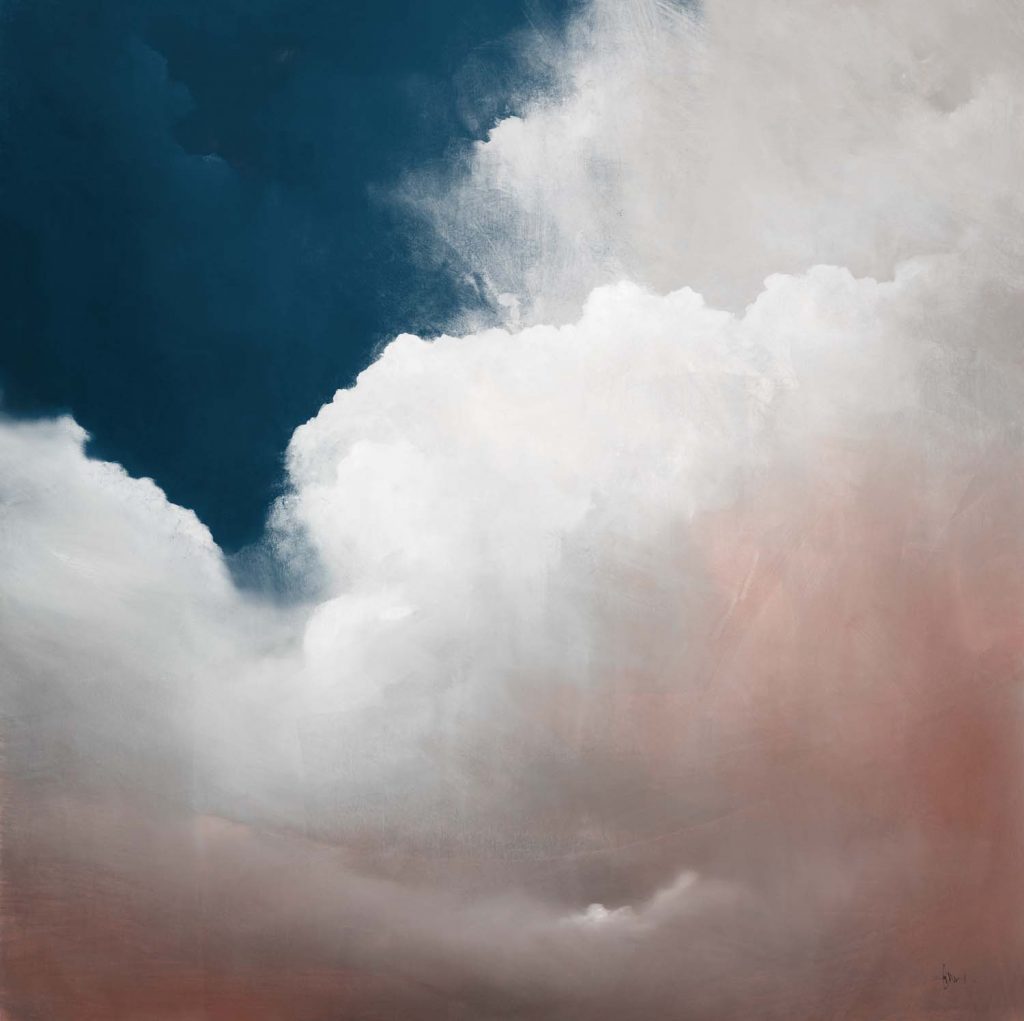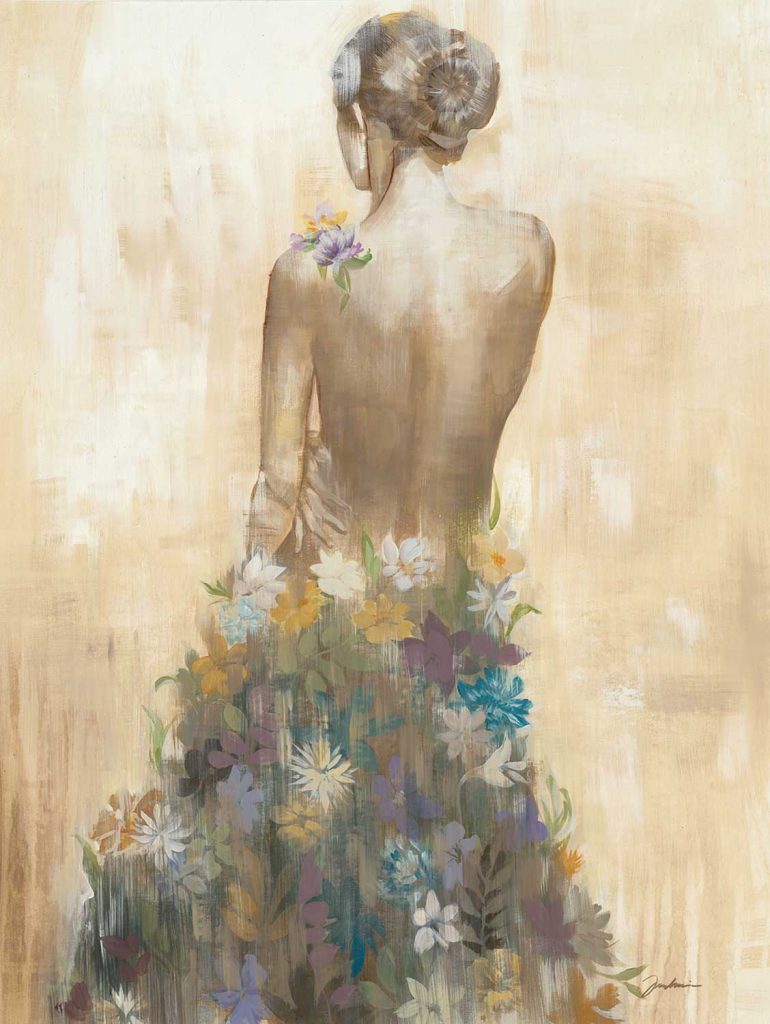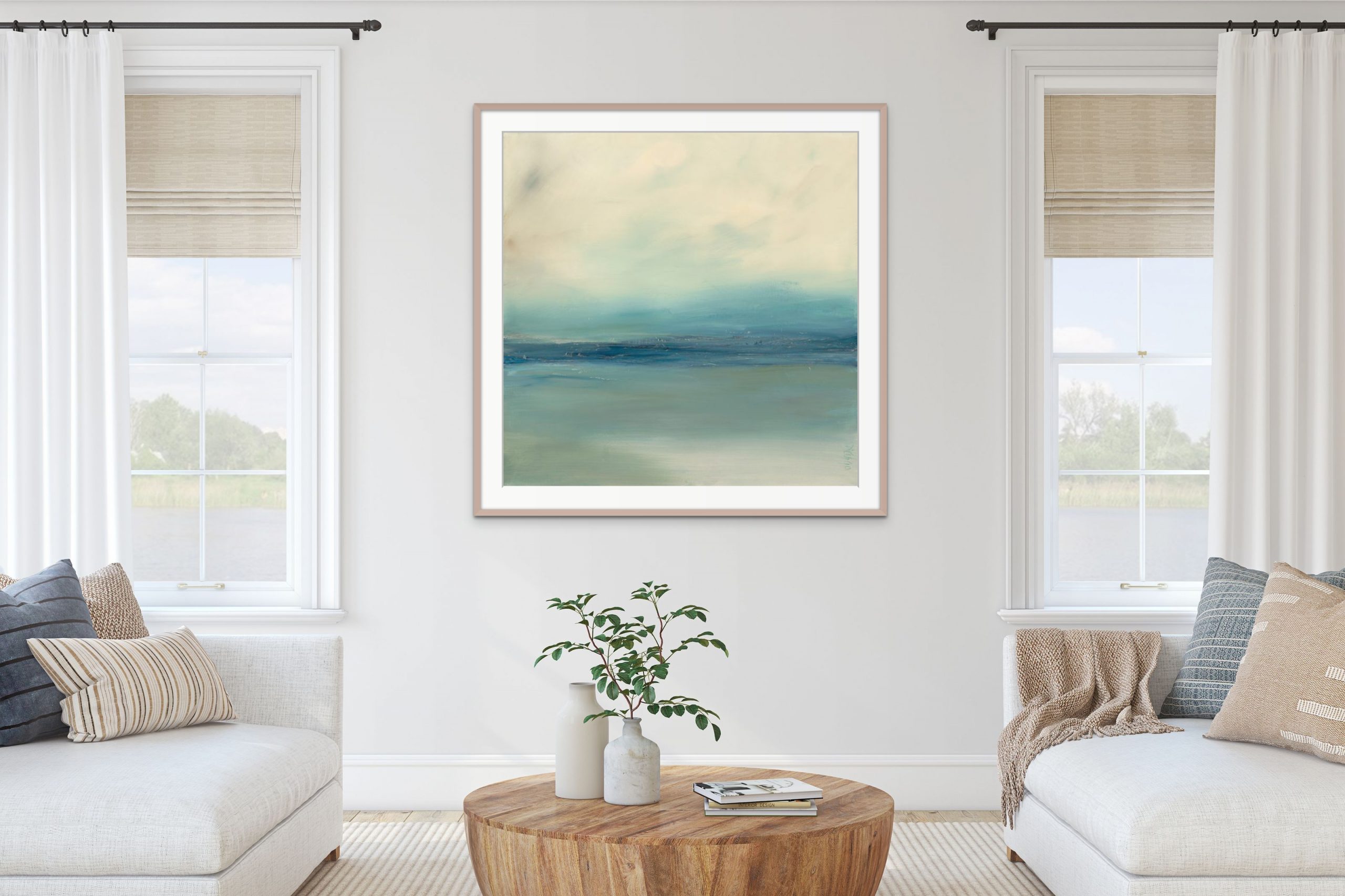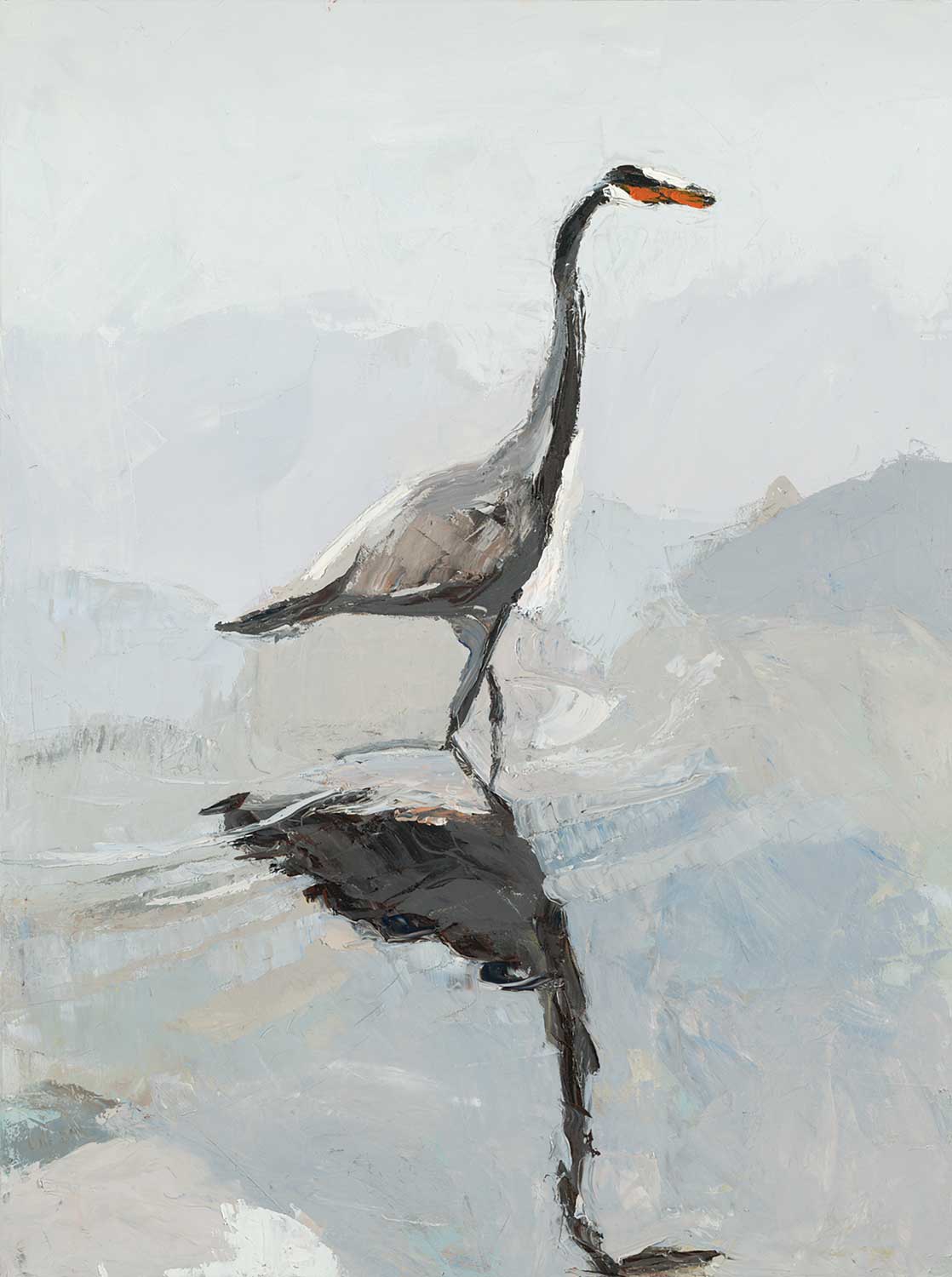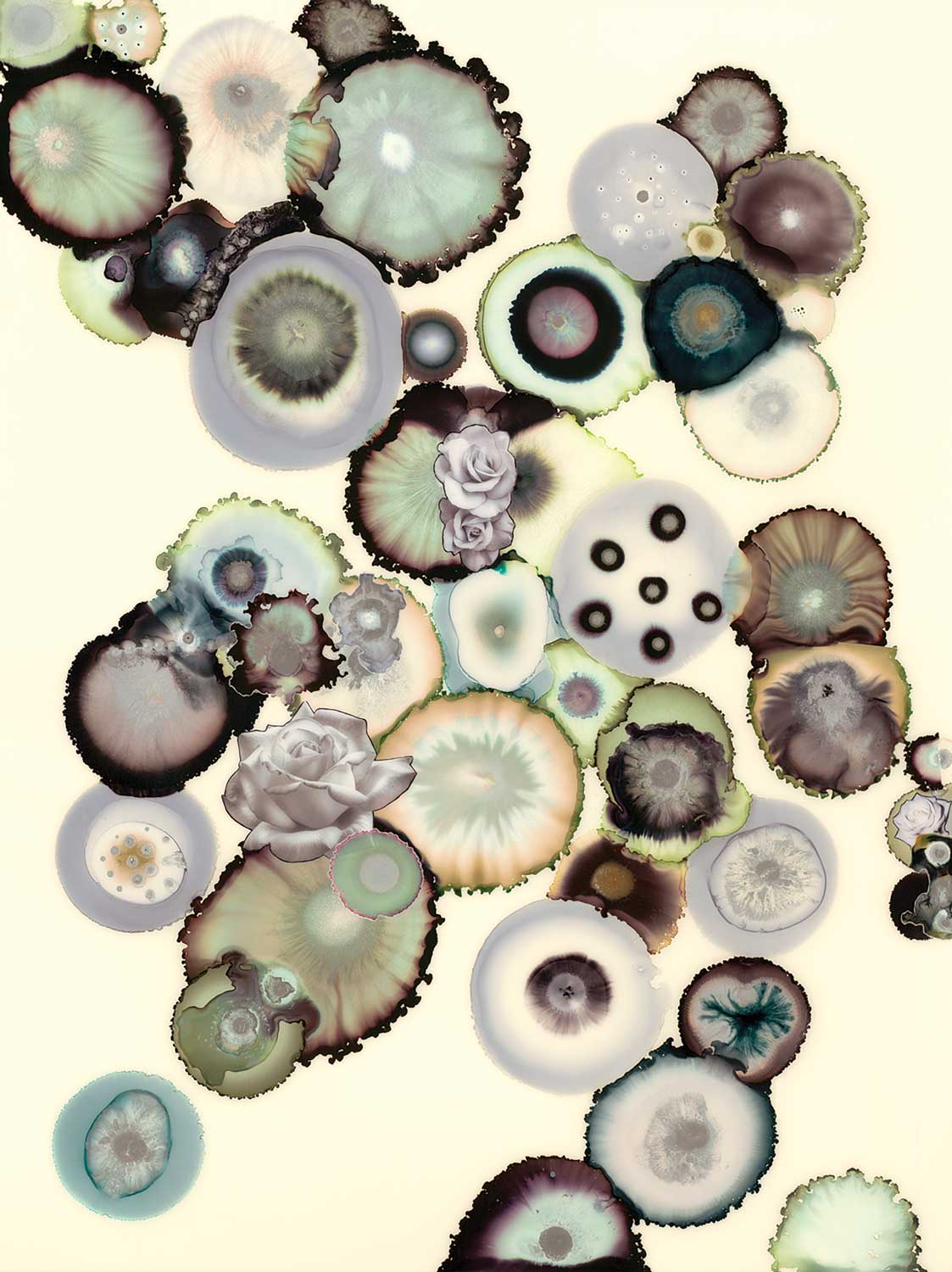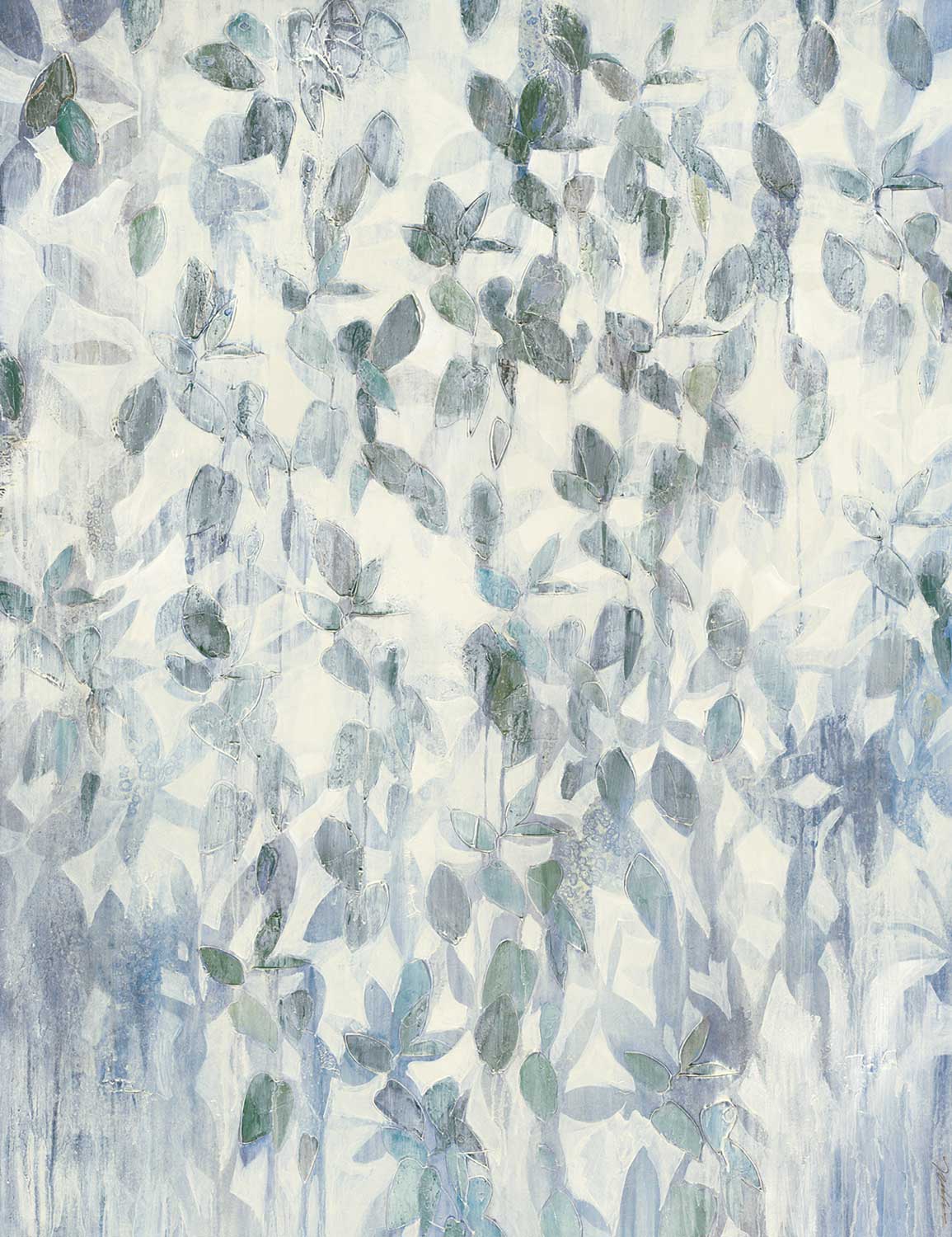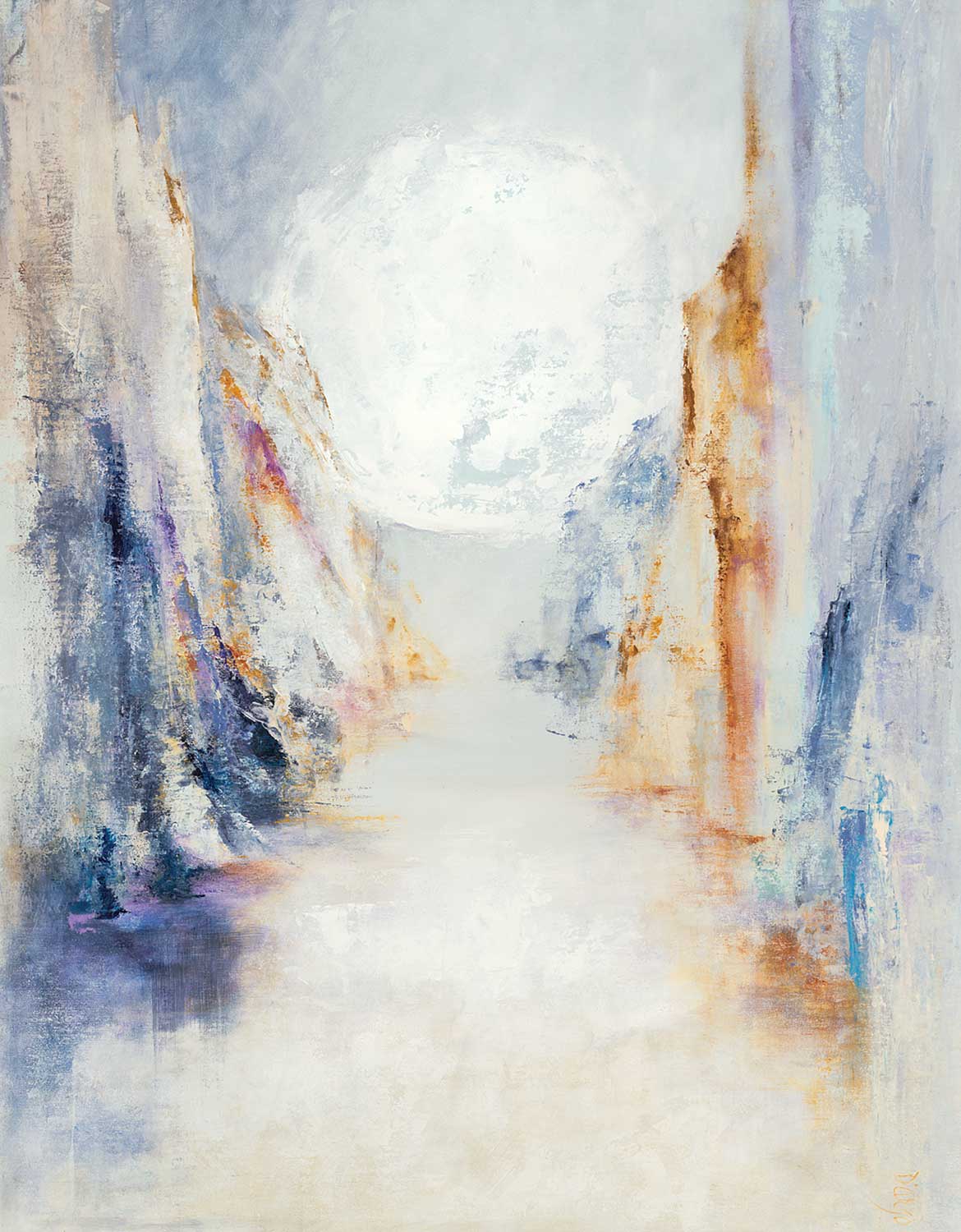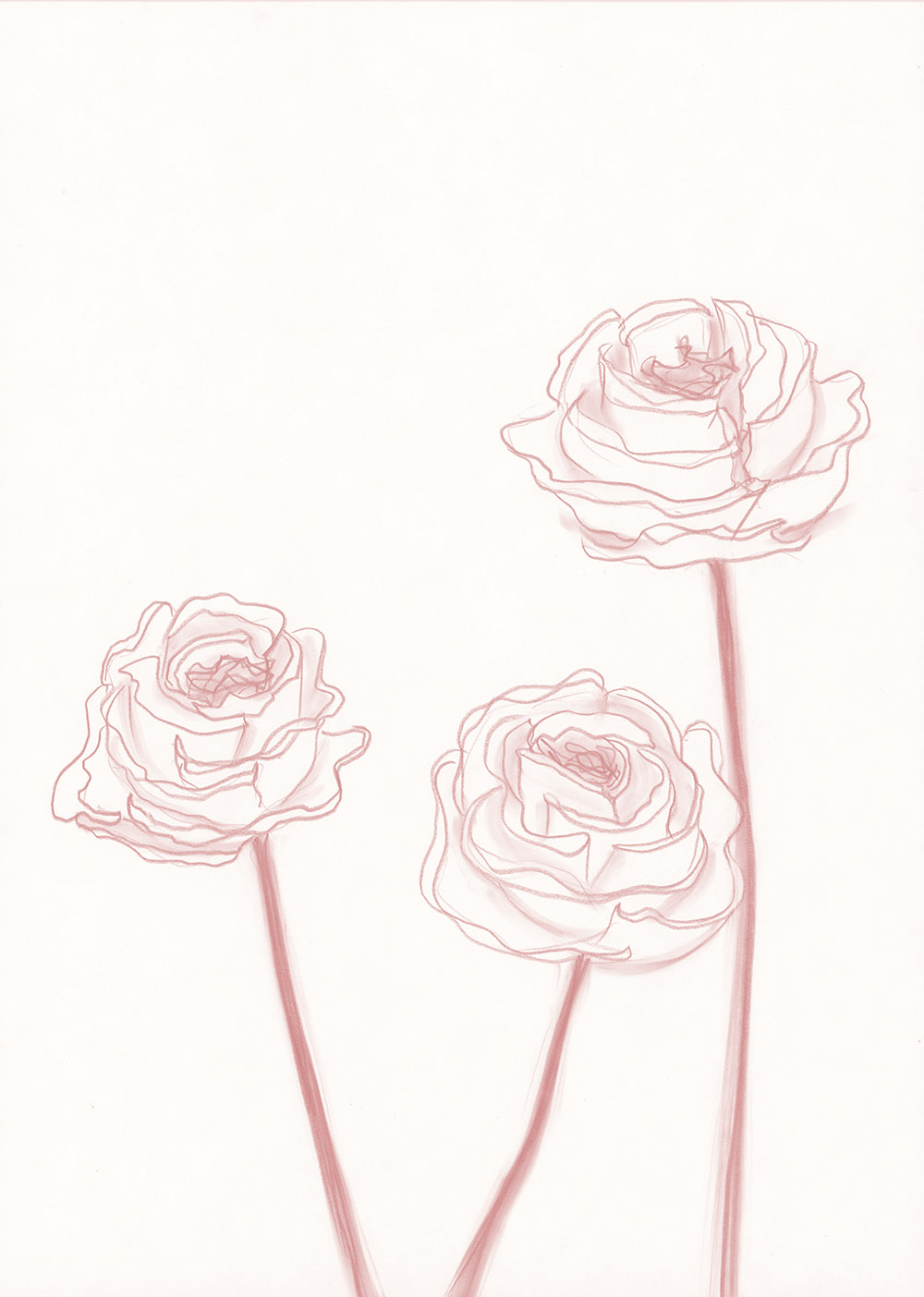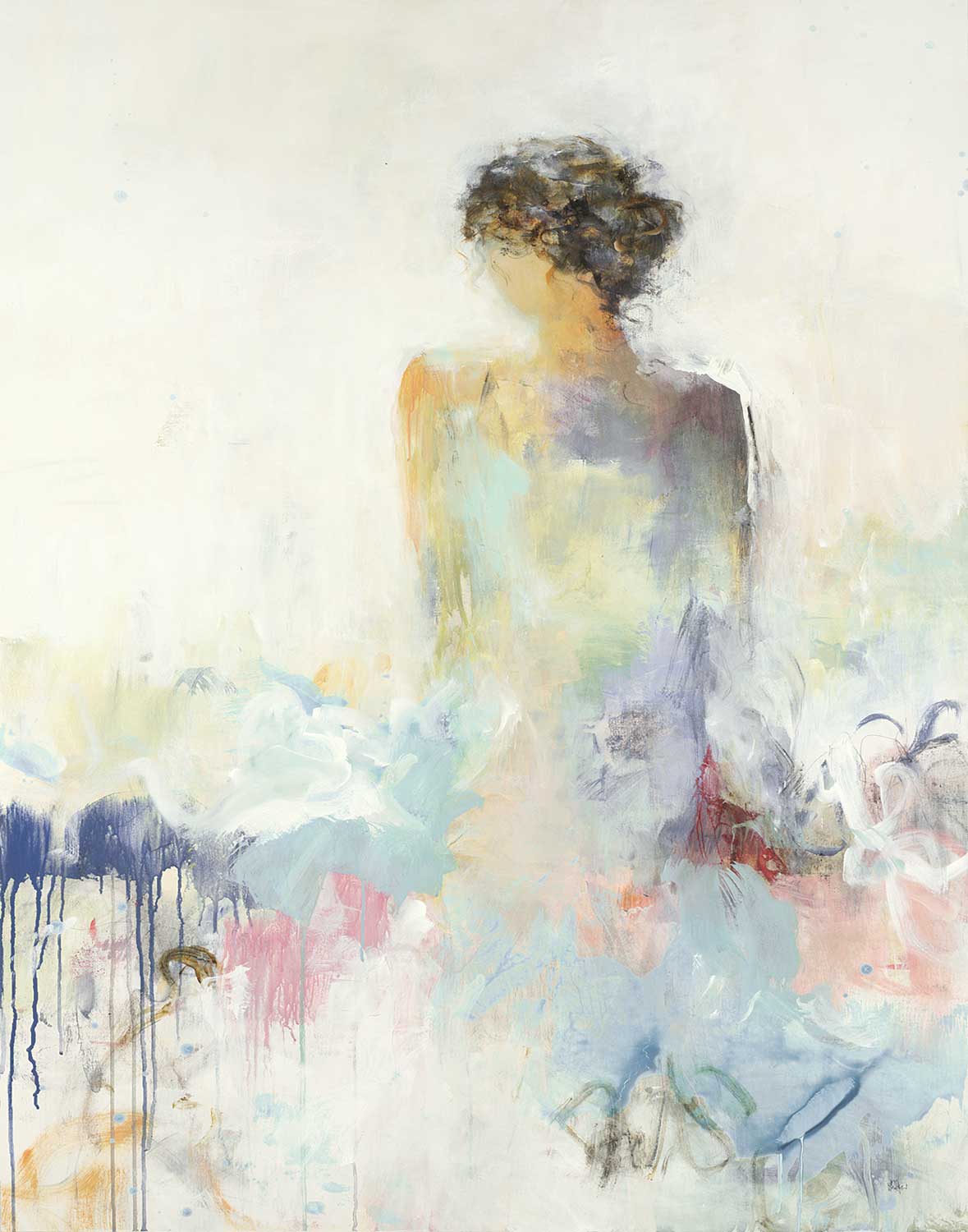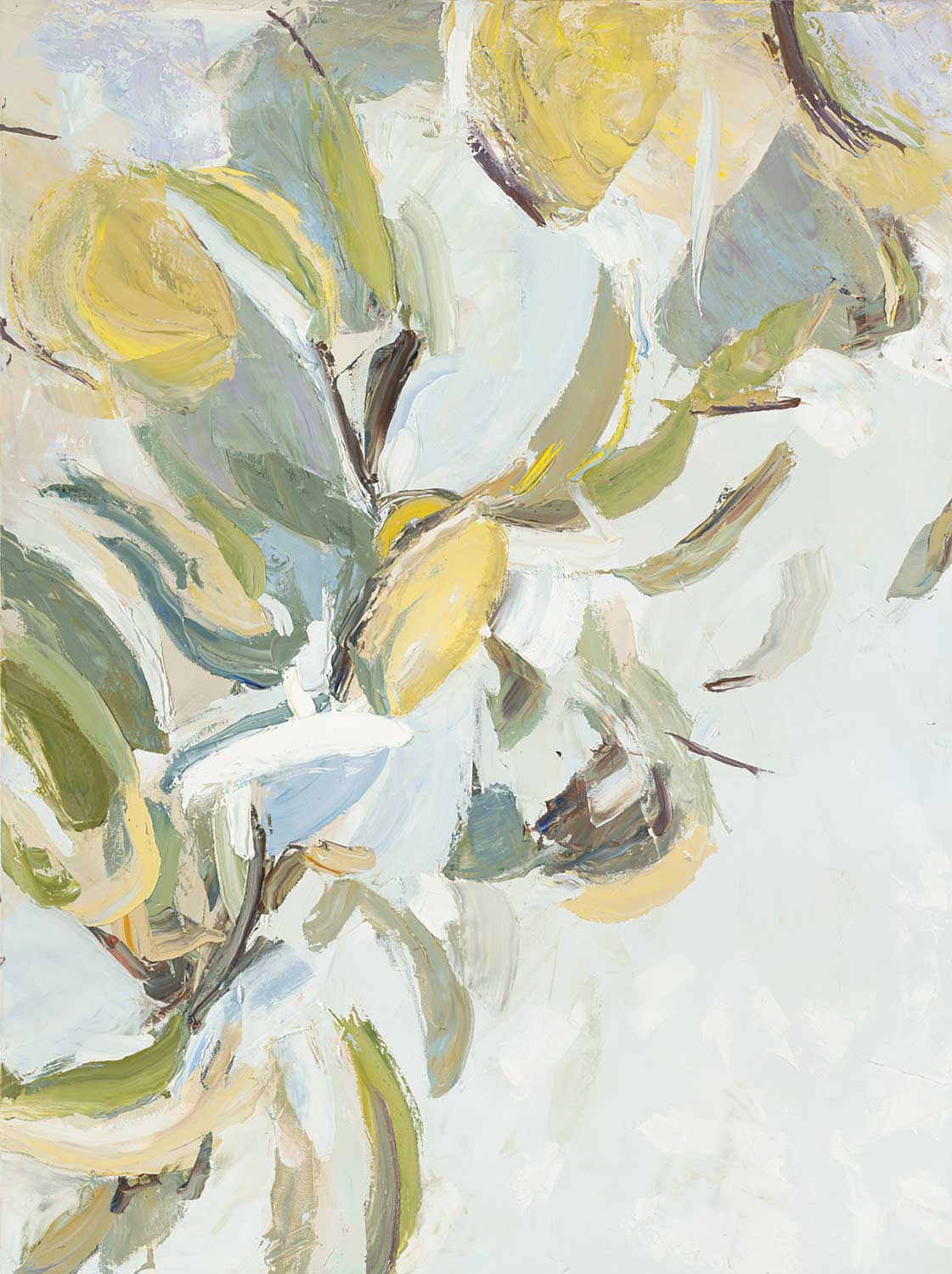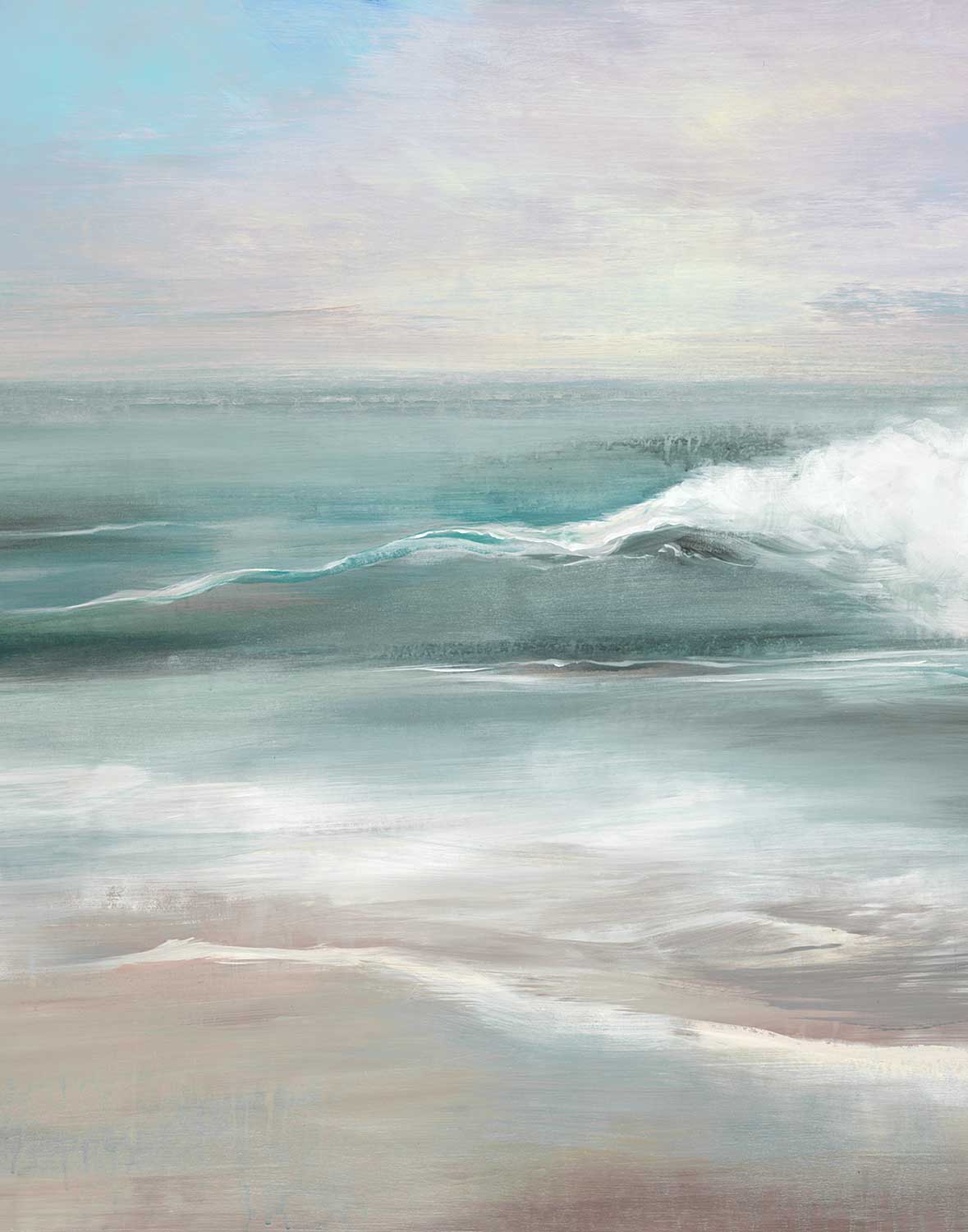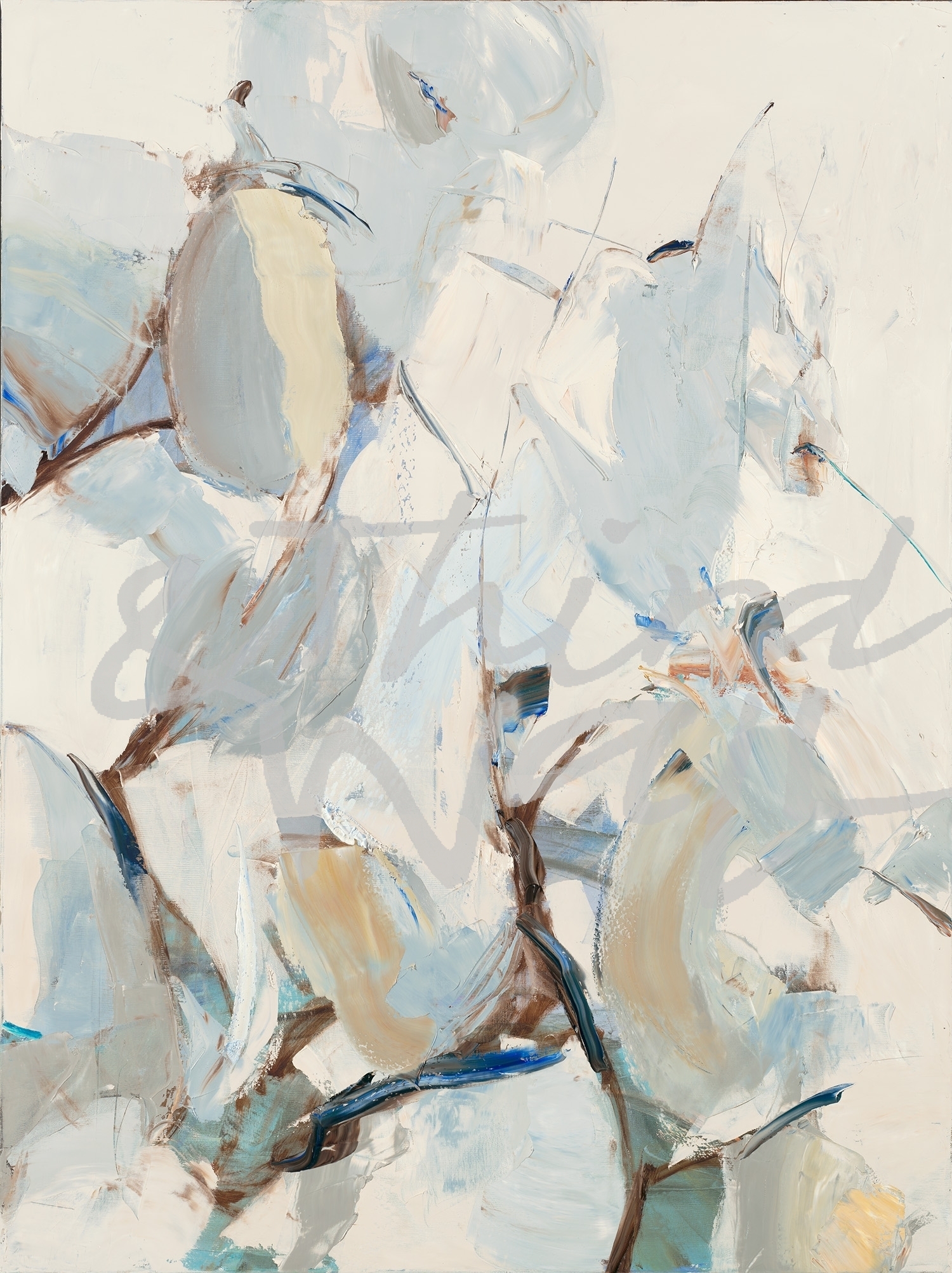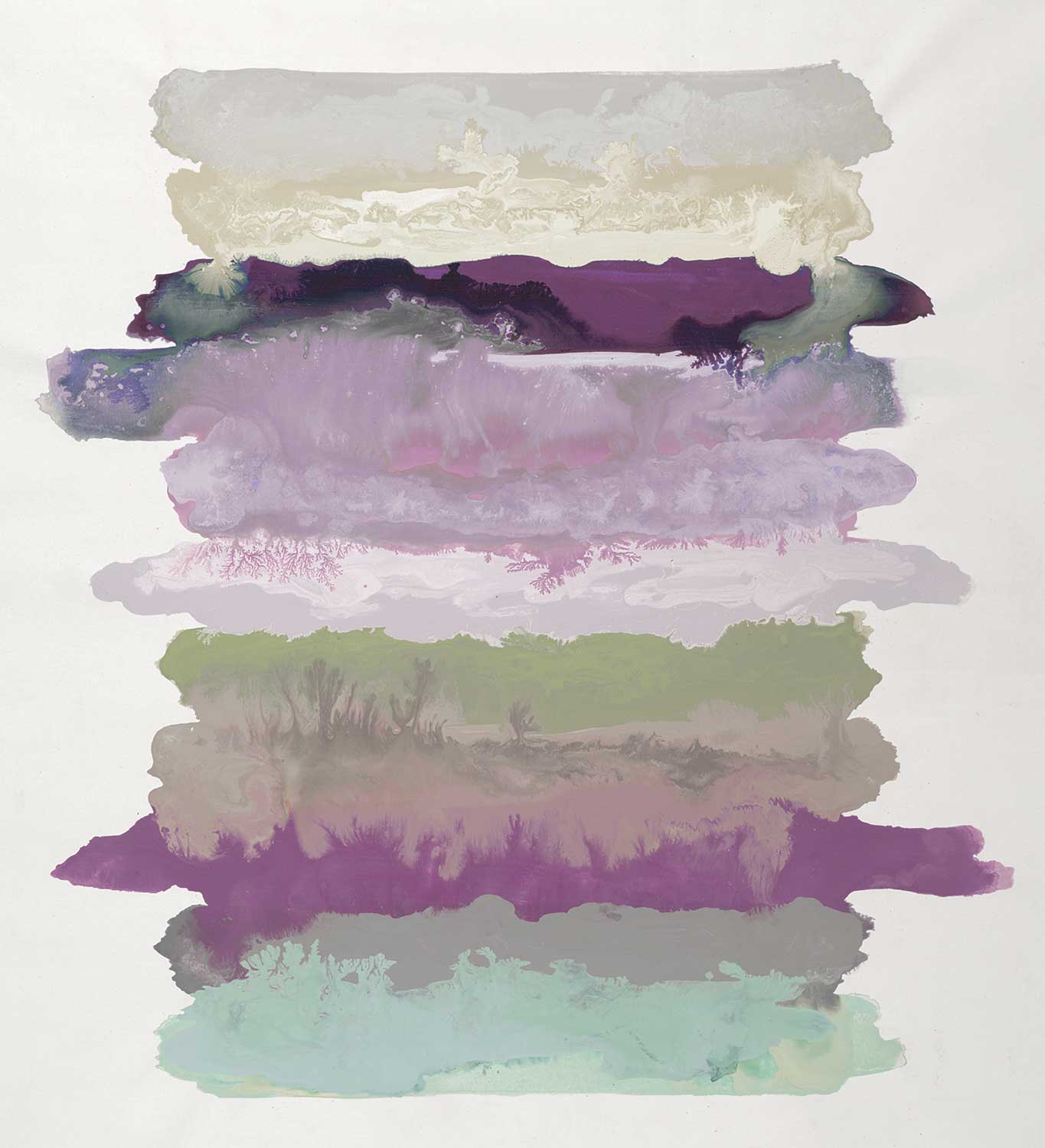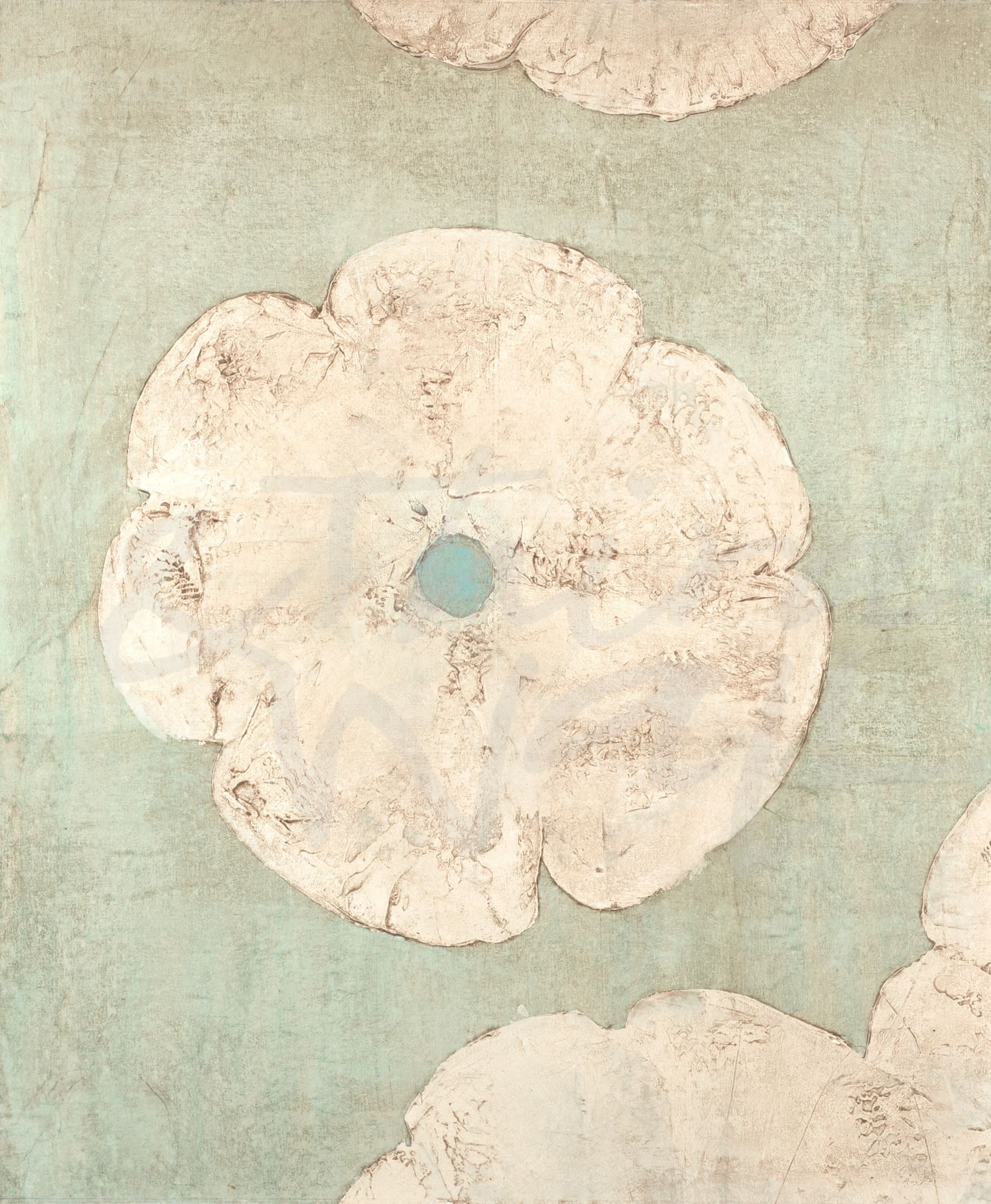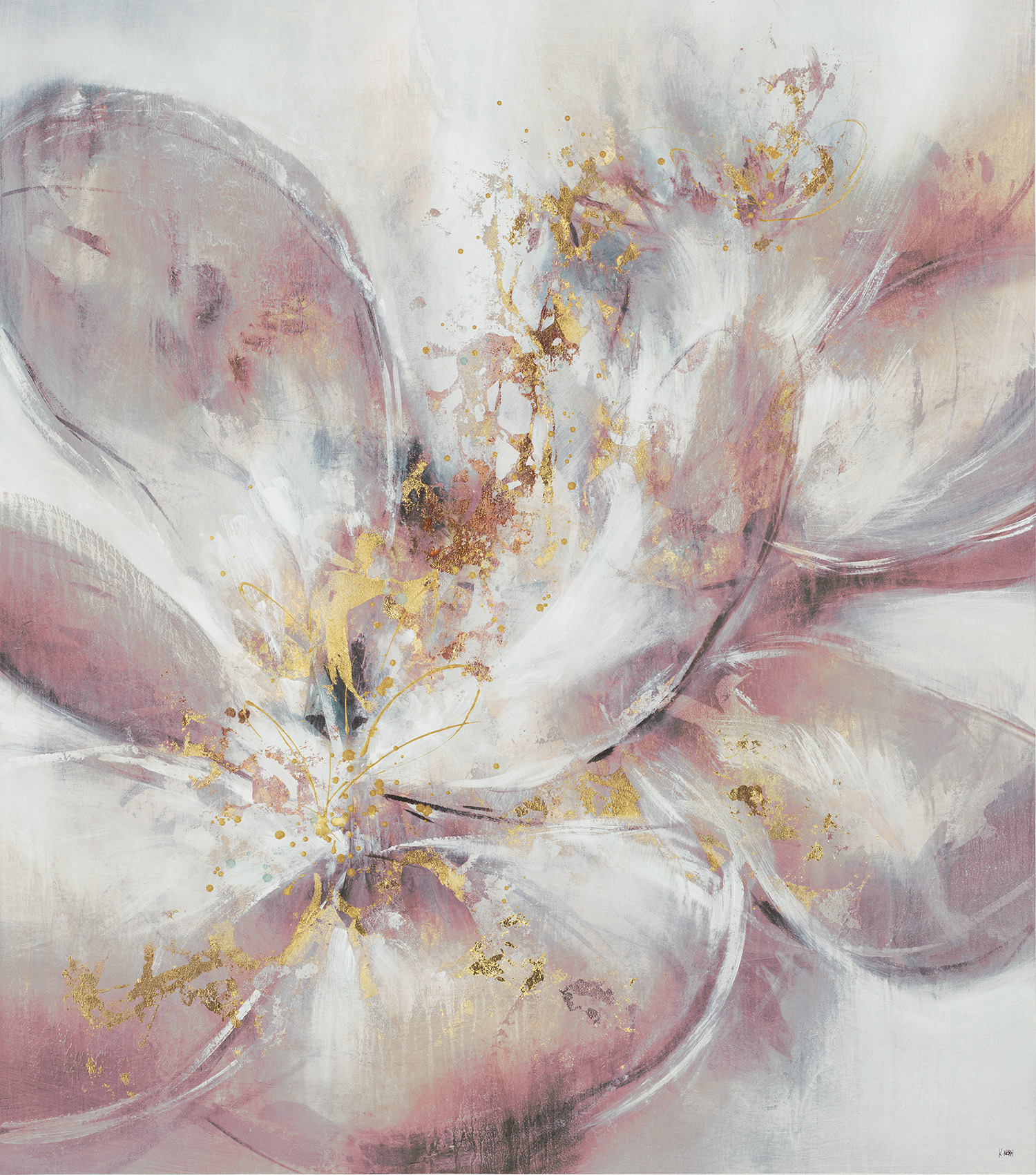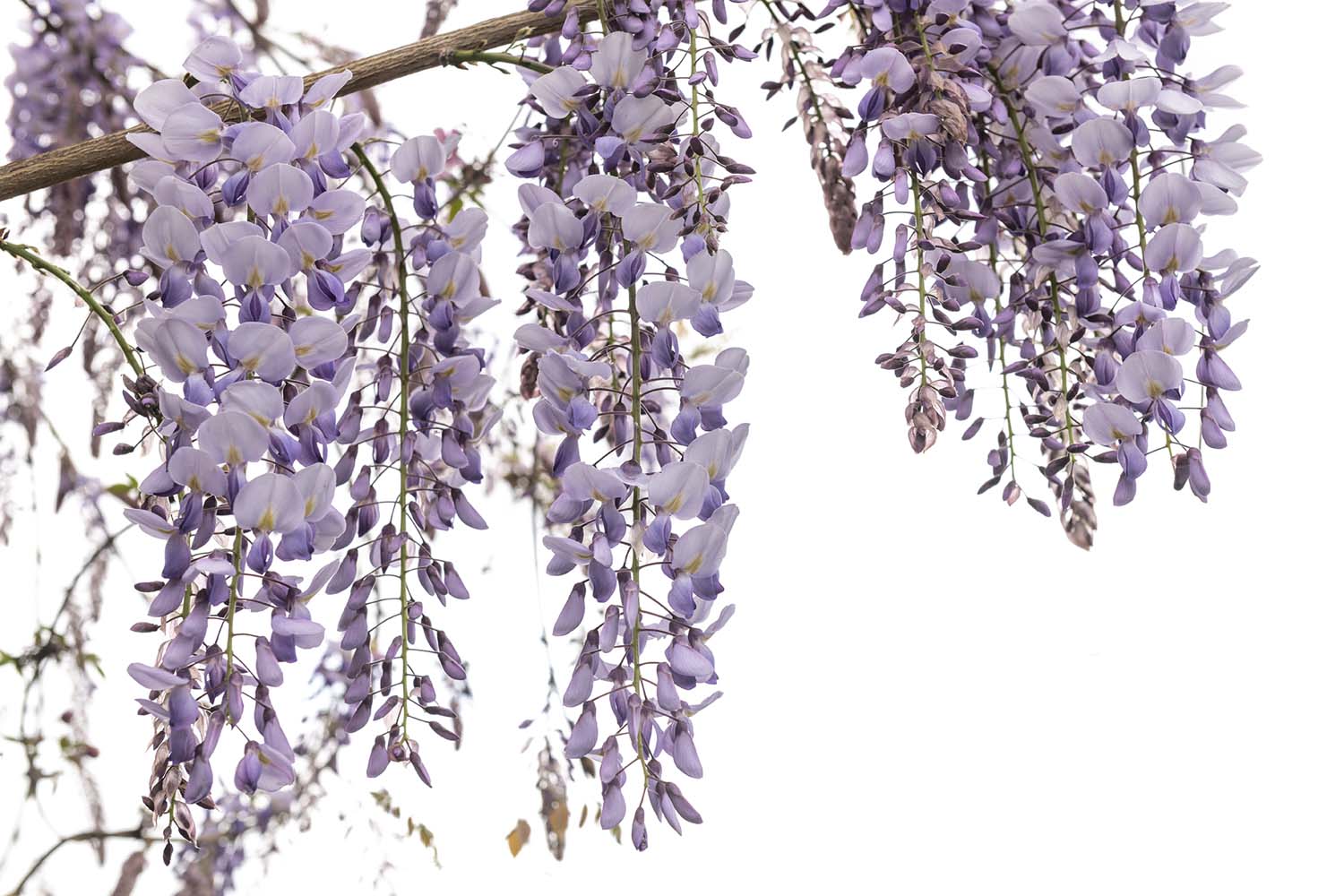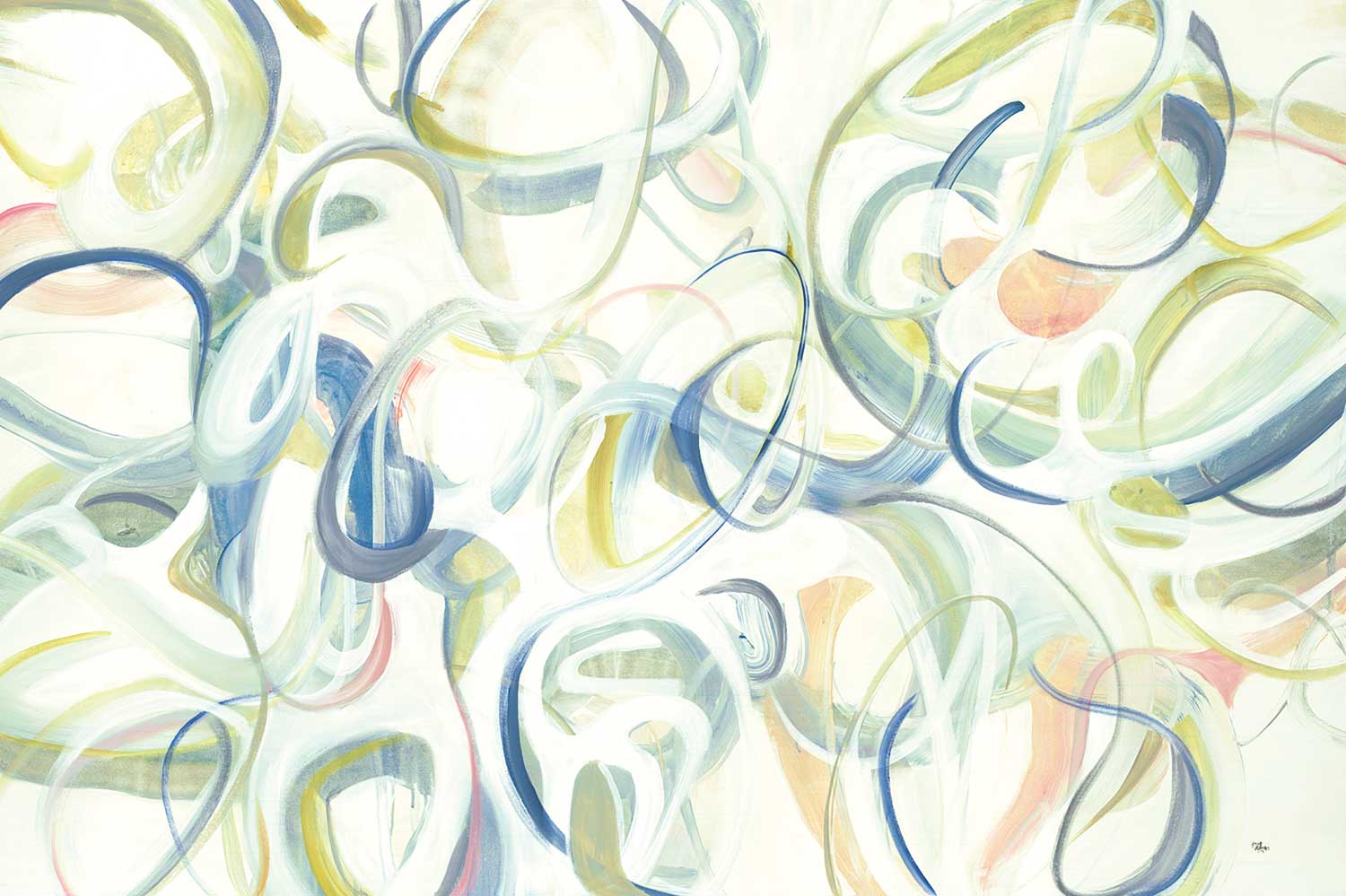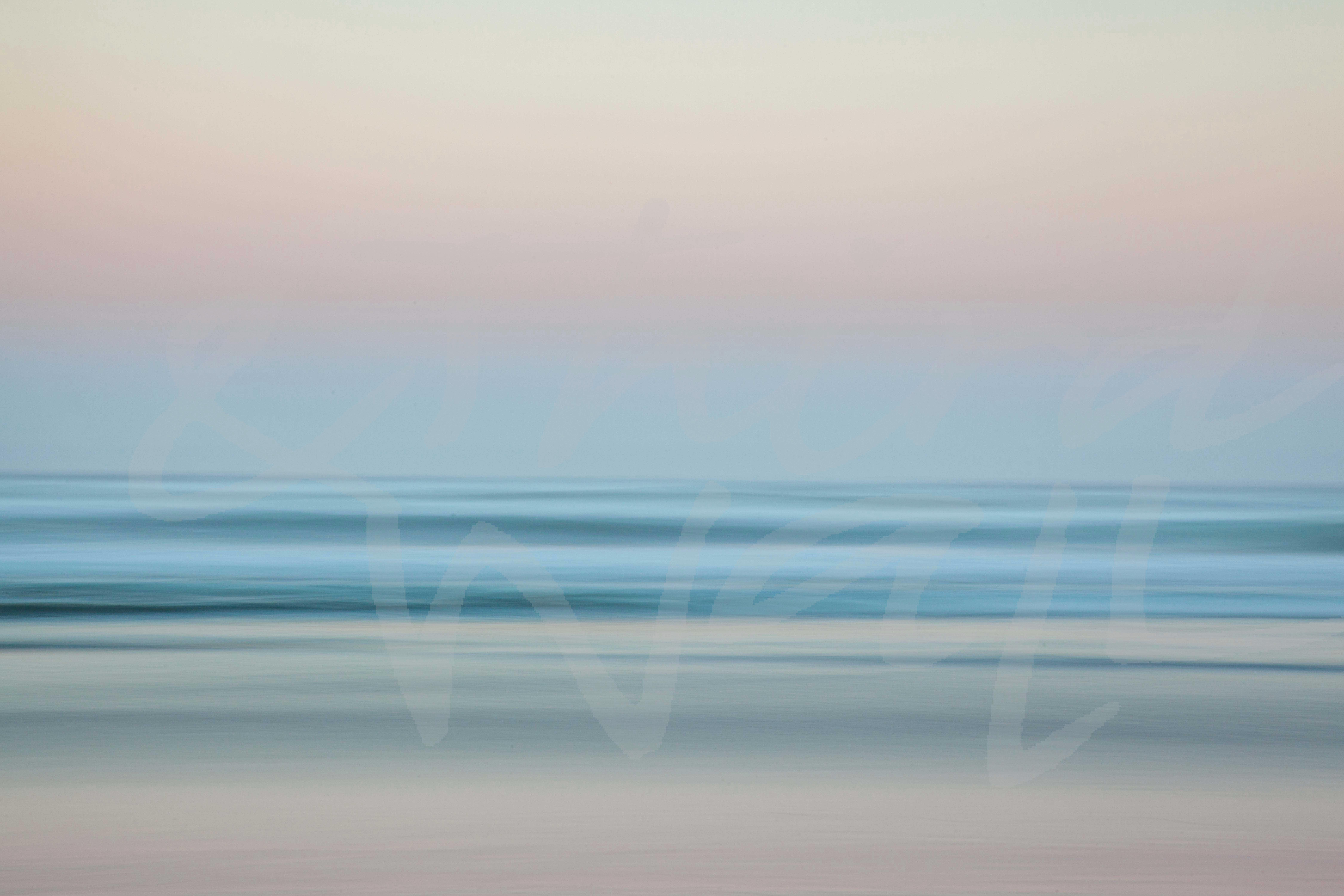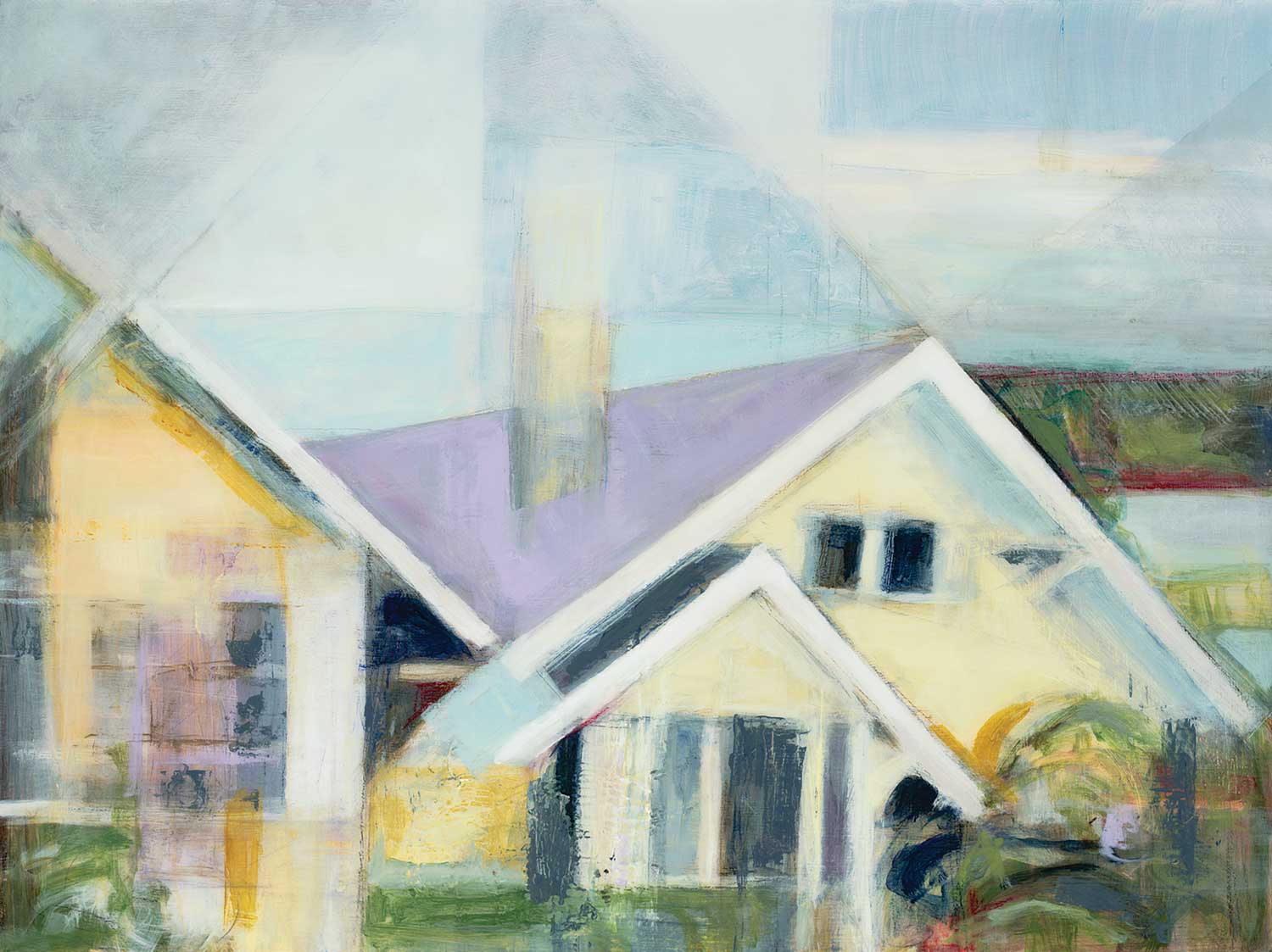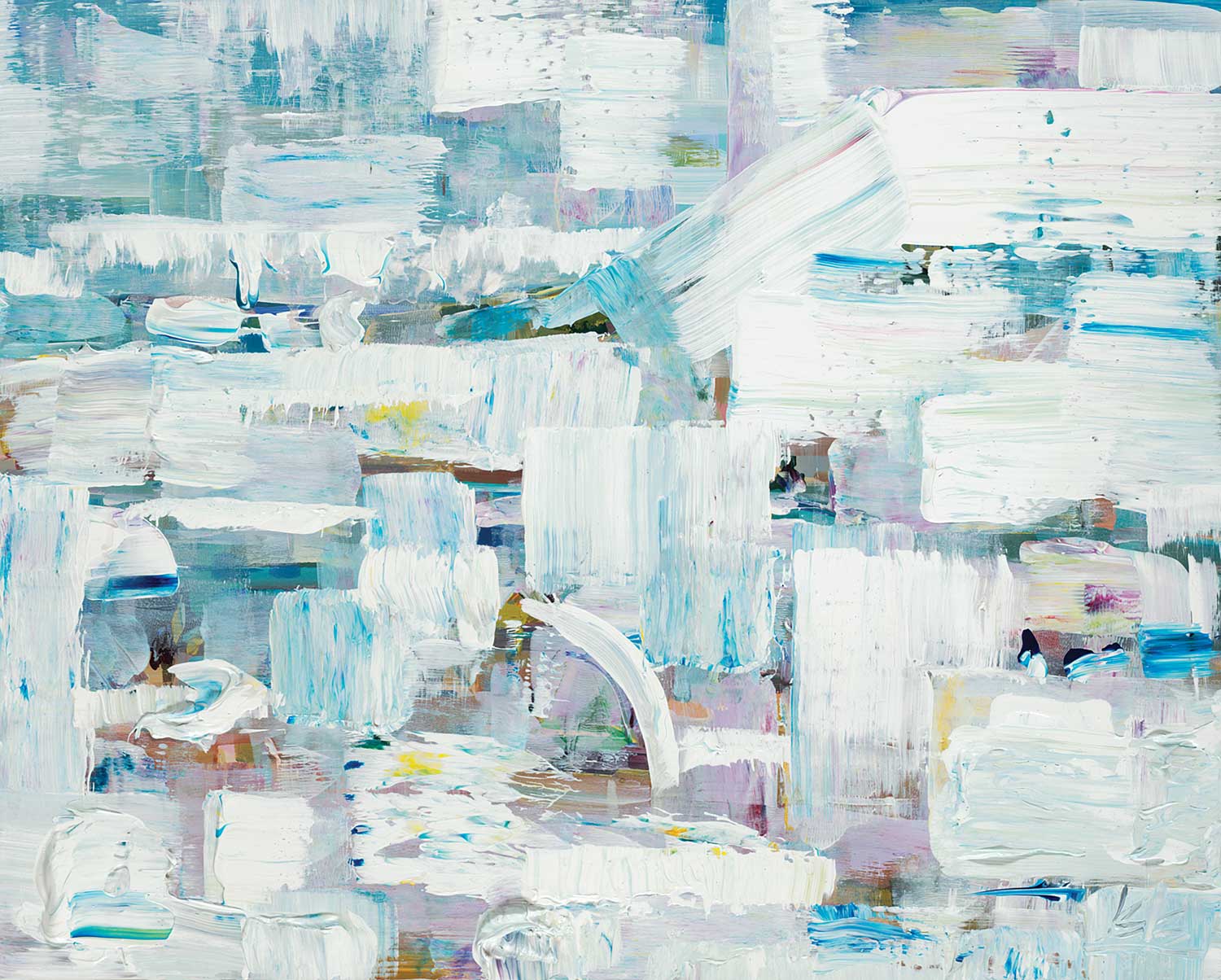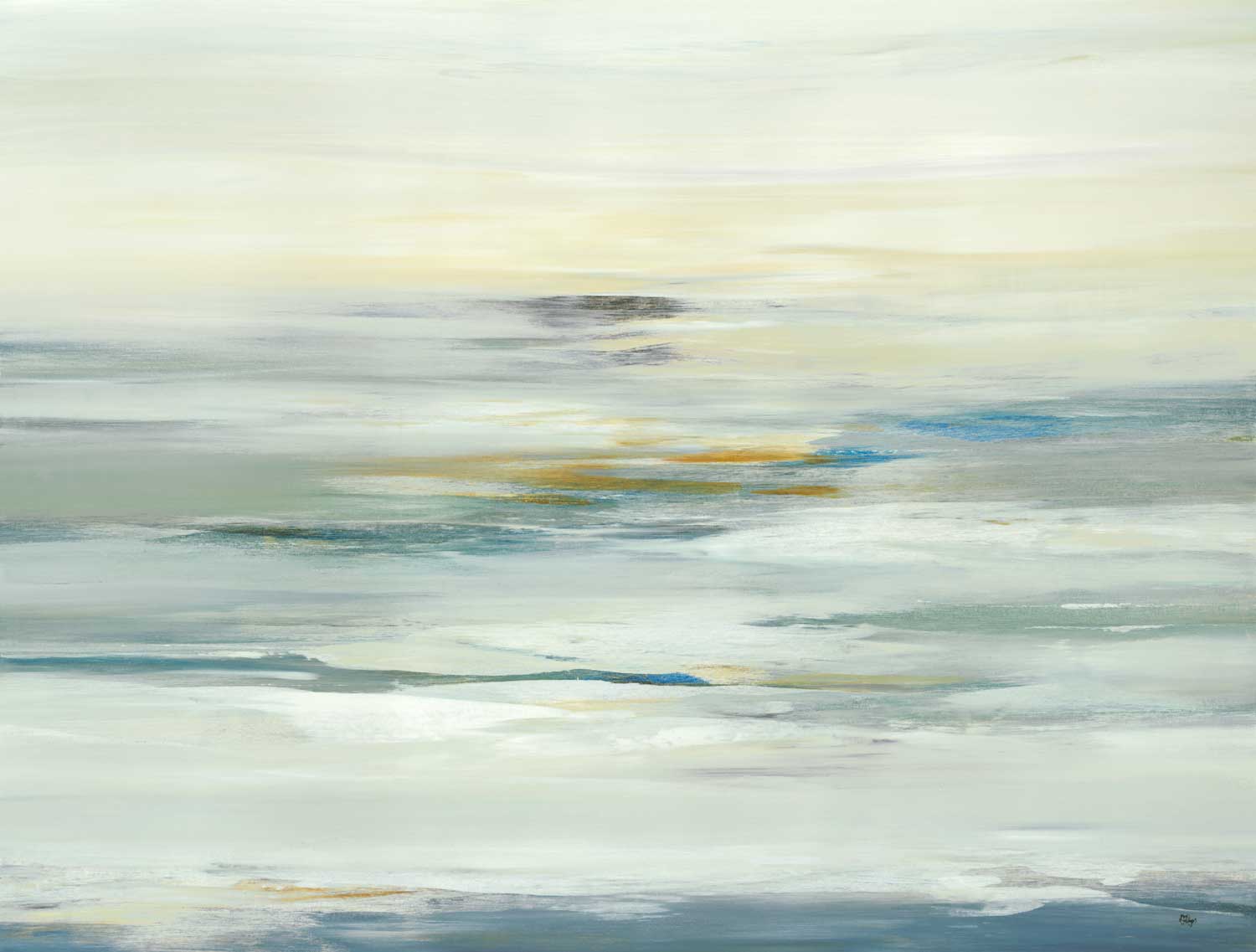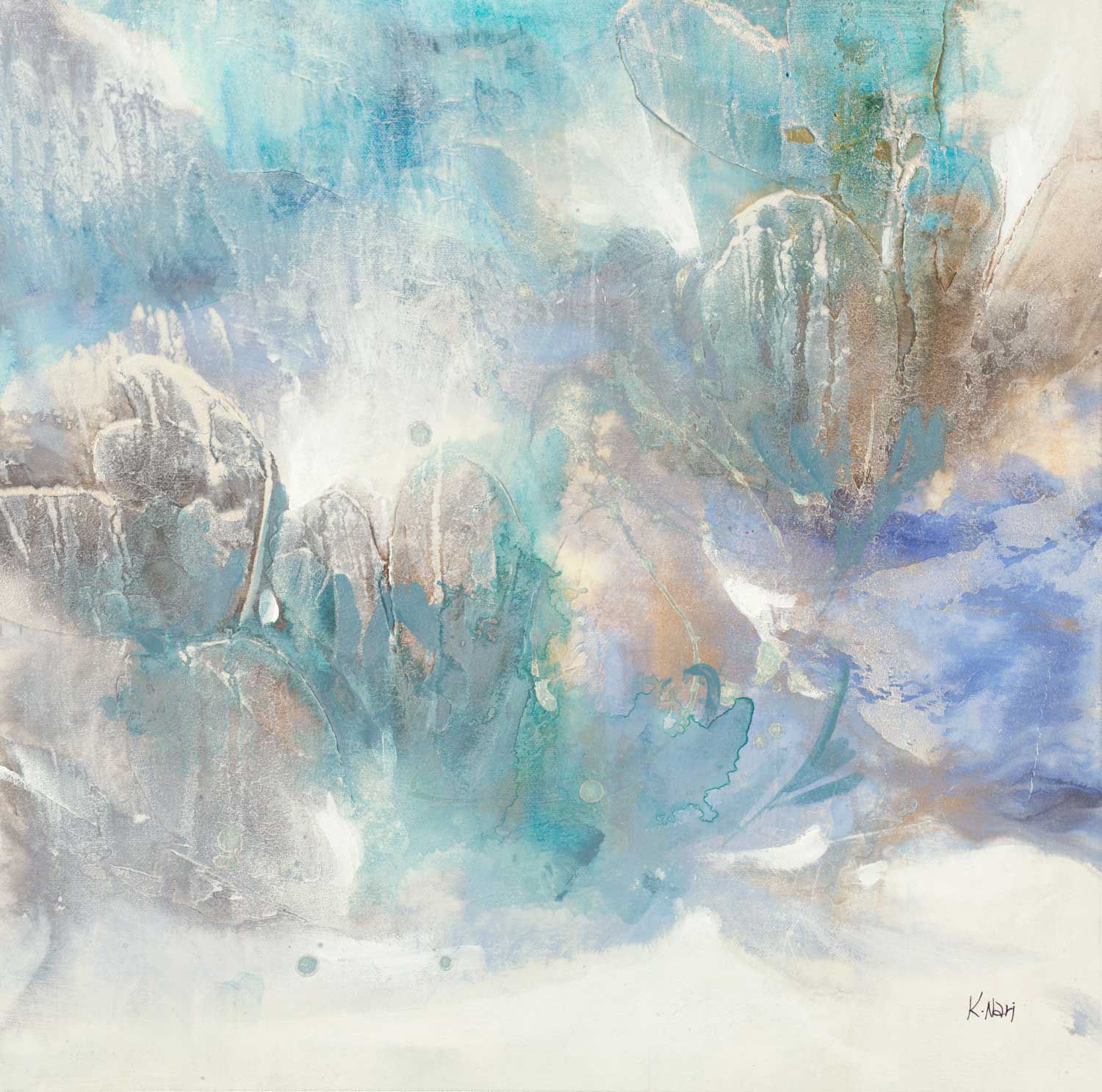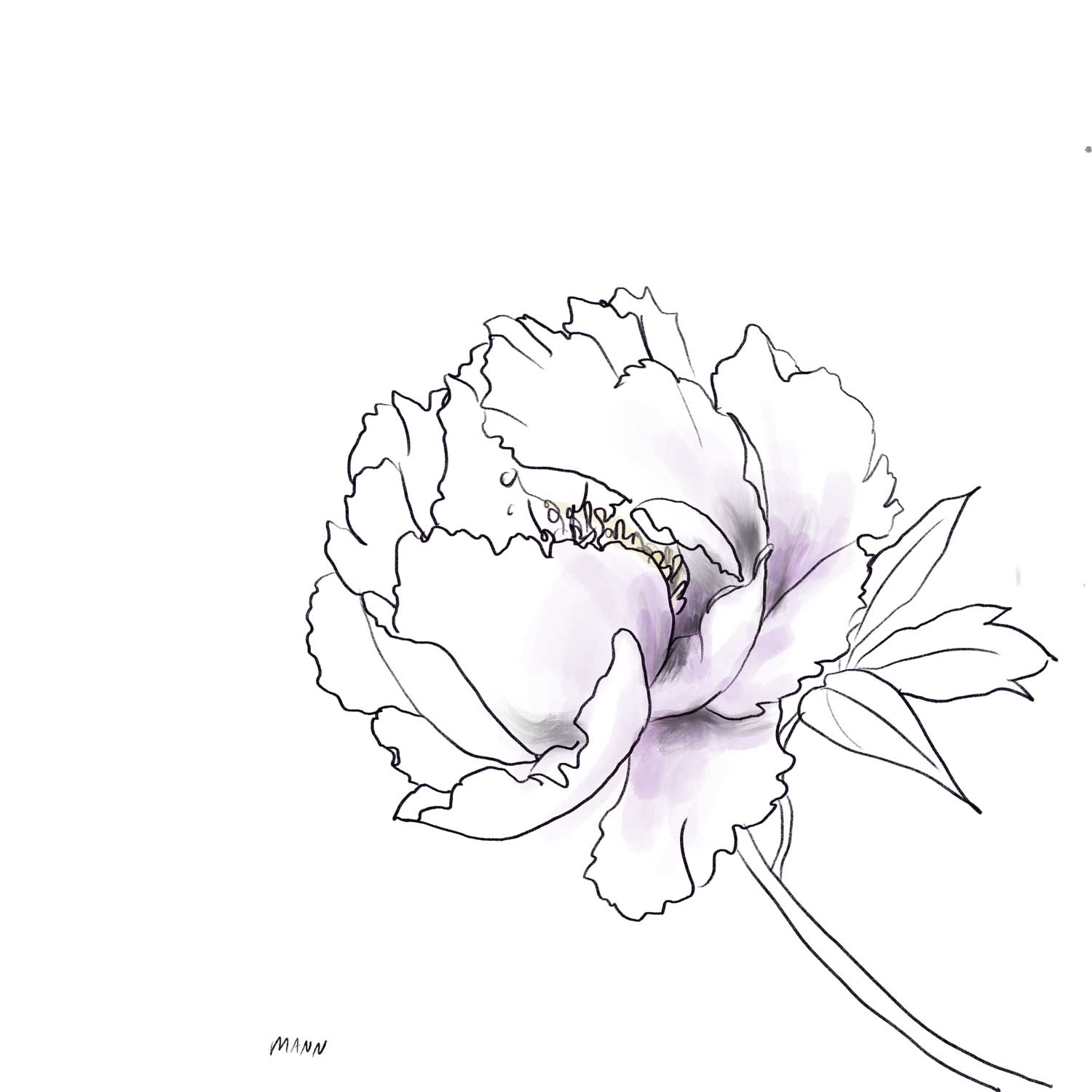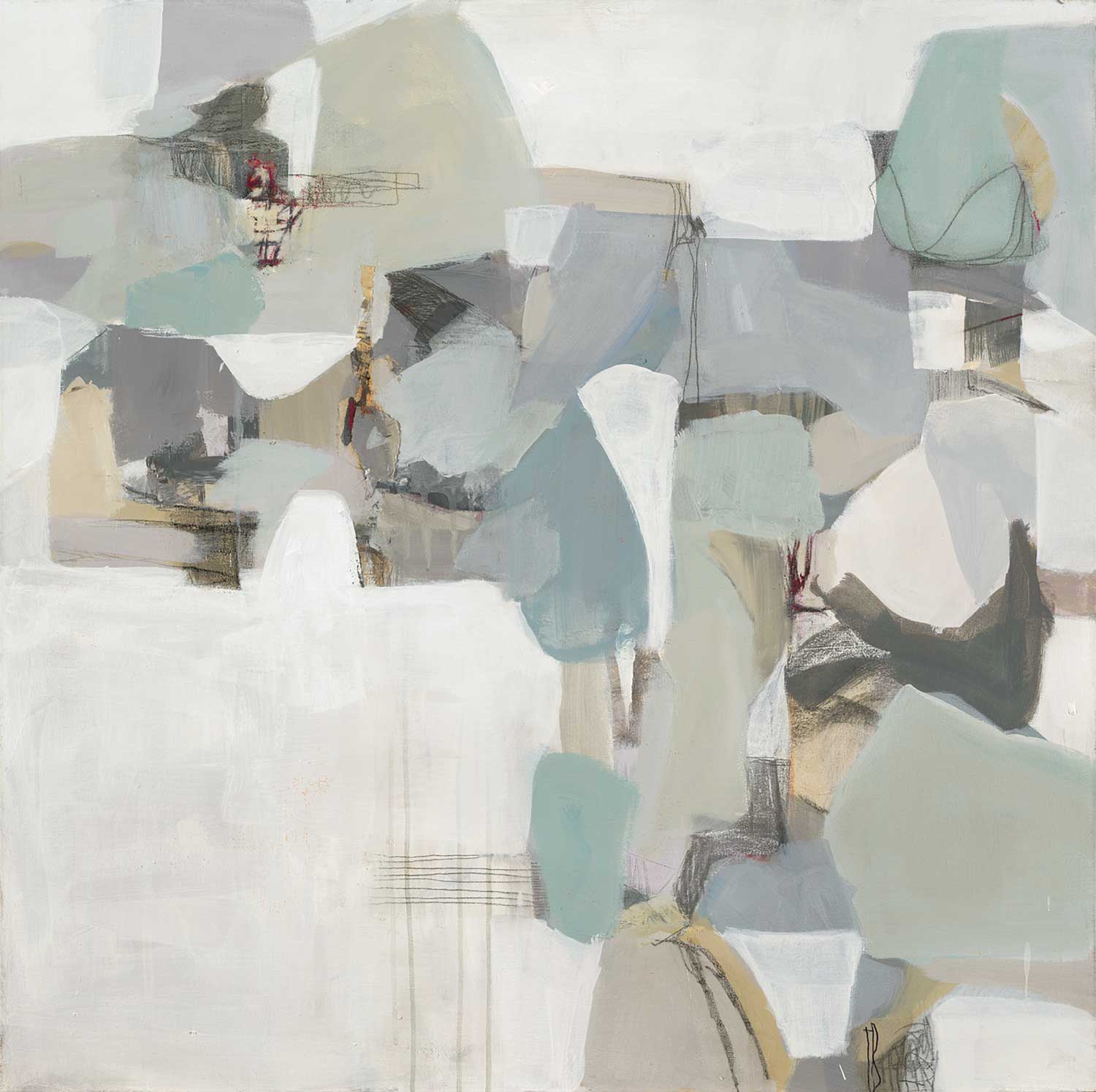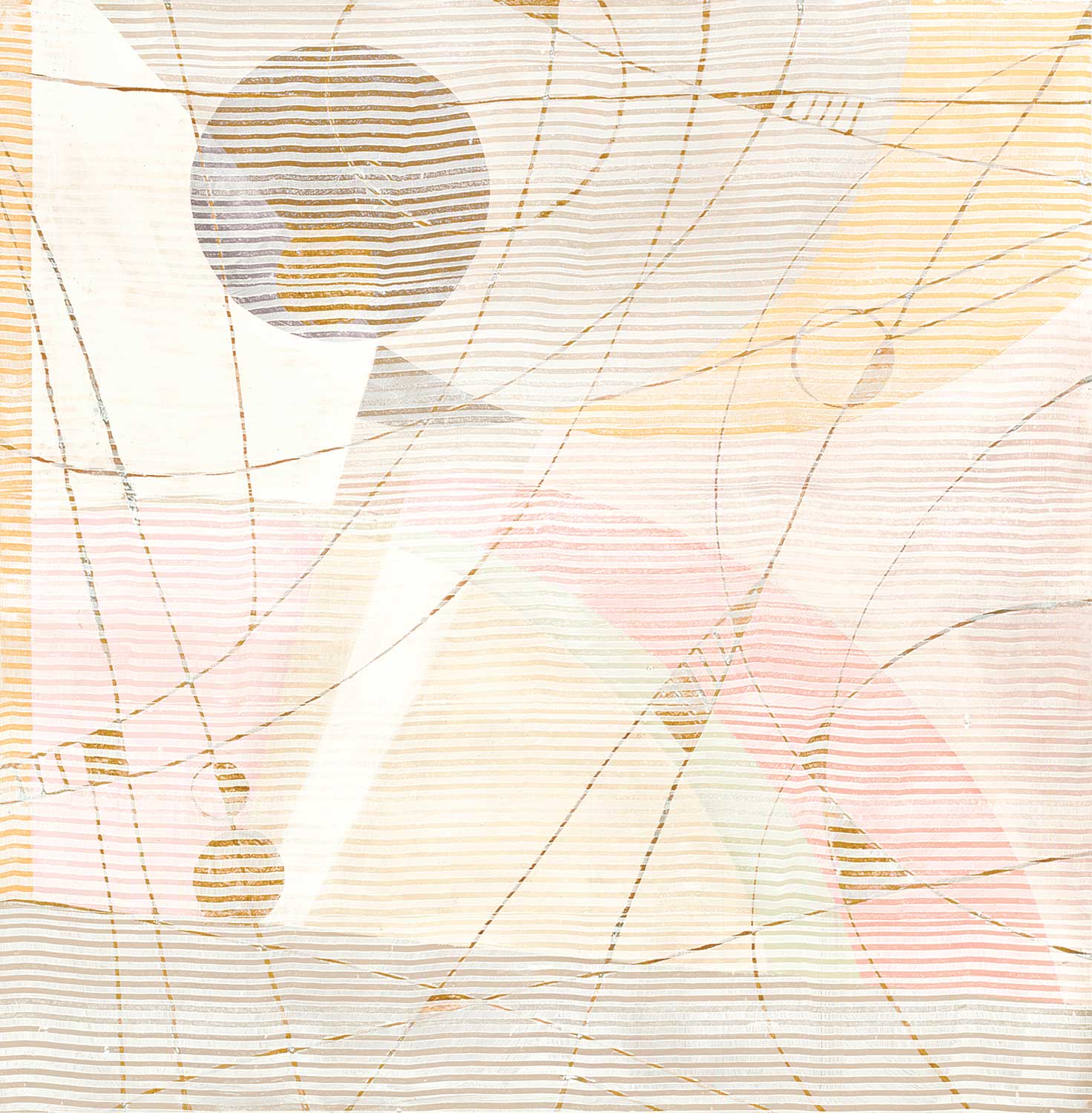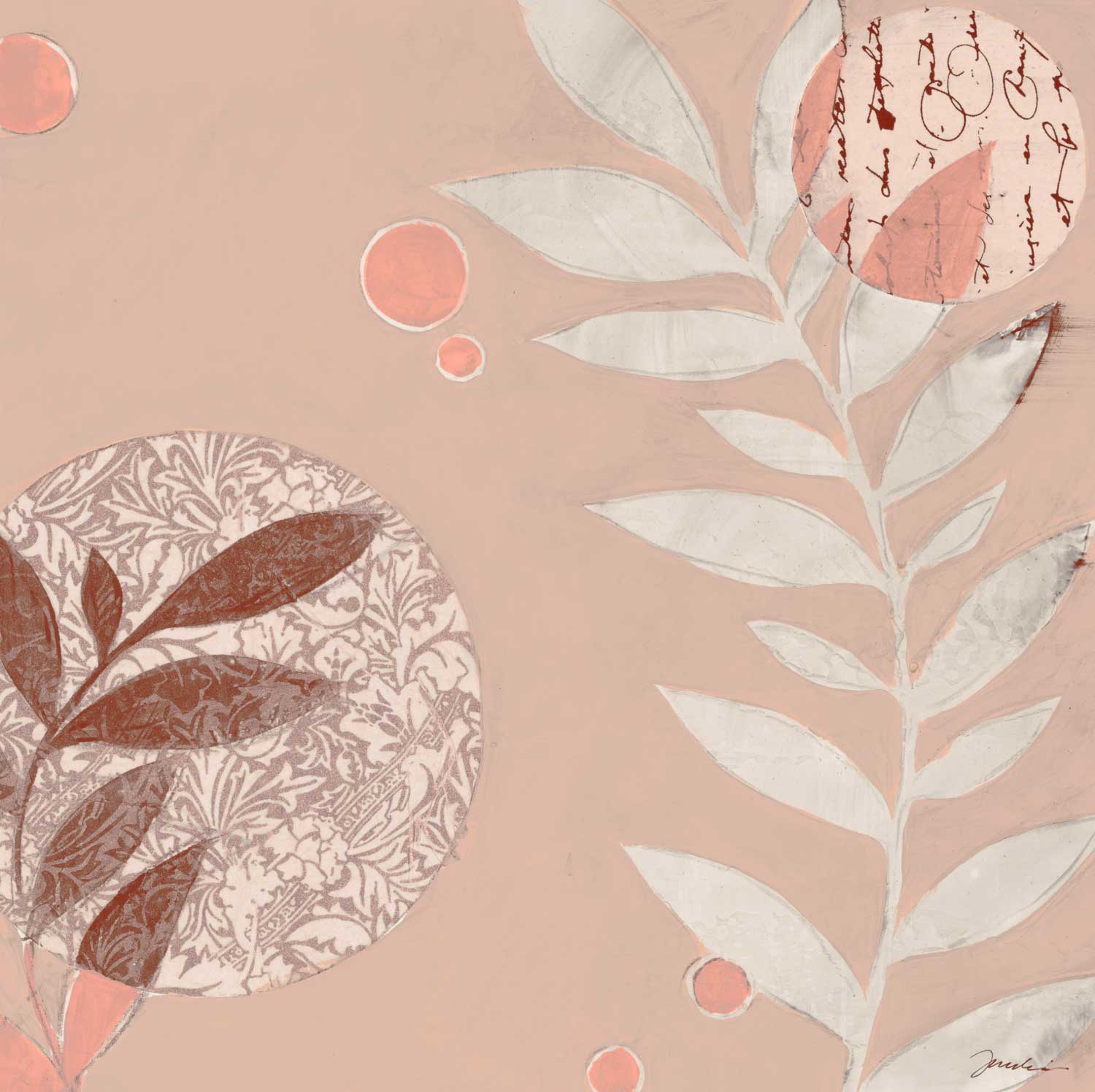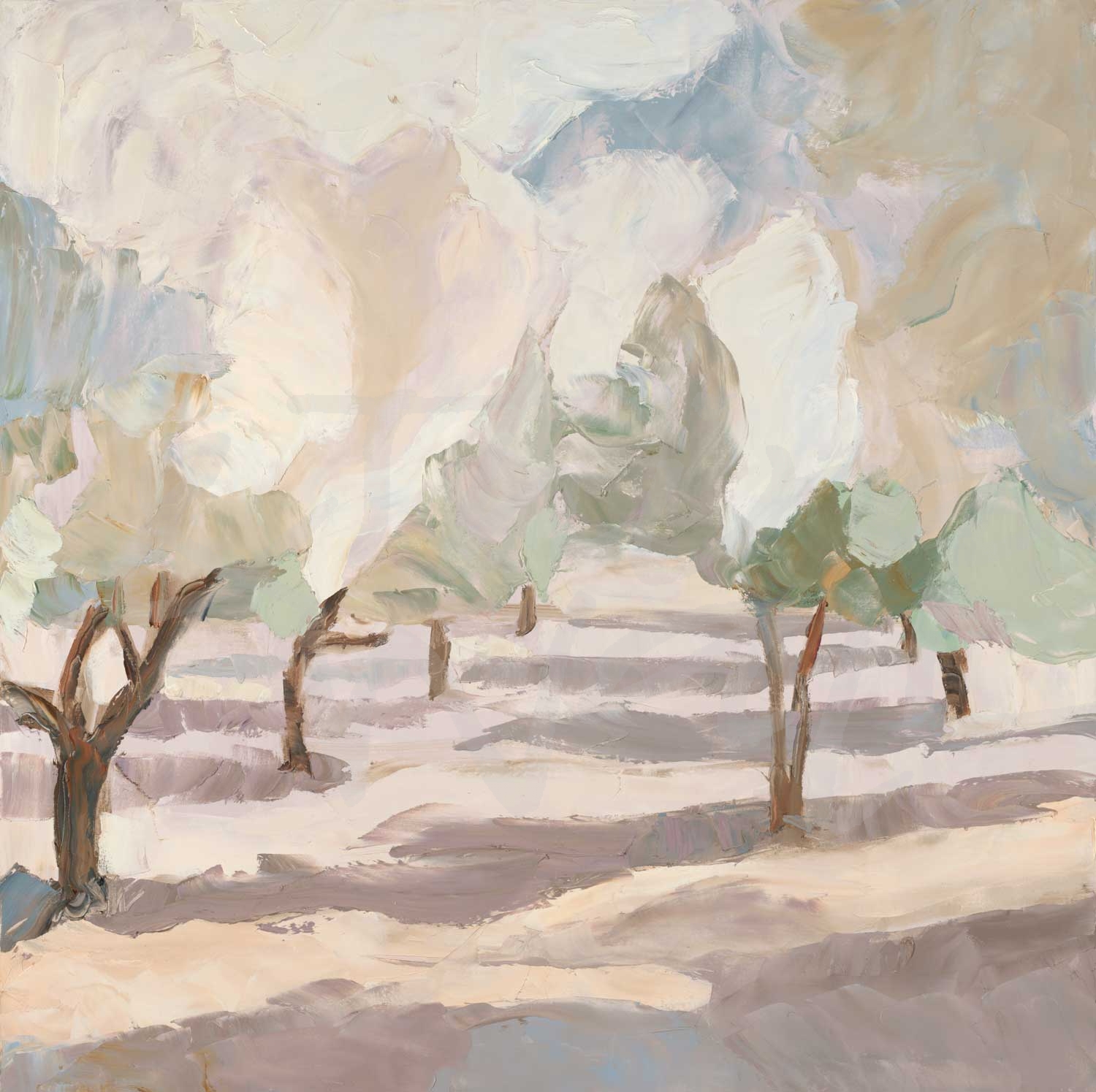
We are excited to welcome our newest artist Roberta Dyer to Third & Wall! Roberta grew up in Atlanta, Georgia. Spending time at the High Museum of Art and going to the fledgling Piedmont Park Art Festival, she imagined her paintings would one day hang among the artists she so admired.
She attended Vanderbilt University, earned her BA in Art History and returned to Atlanta after graduation where she continued pursuing her passion for art, taking classes at the High Museum and Georgia State University. Moving to San Diego in 1971, Roberta took art classes as time would allow and has since enjoyed many forms of expression from sculpture to copper enameling, oil painting to mural assignments. Today, she focuses on non-representational paintings and figurative subjects.
Roberta’s art is best described as expressive, whether figurative or abstract. She uses a combination of bold color and mixed media techniques to present her subjects in unusual ways.
“I am constantly pulled by two loves–painting figures and painting abstracts. It makes me happy to work with the push and pull of these two disciplines. I want to explore how design and pattern interact to make a realistic subject more abstract and enhance the theme of the painting. For me, the process of painting involves adding and removing and editing as I go along. If something doesn’t work, I simply paint it out and go in a different direction. I don’t try to paint likeness, that is a task for portrait artists. I use figures and animals as shapes in a painting and my intent in these paintings is to portray animals and humans as survivors–vulnerable but strong. I also love pure abstraction using mixed media along with acrylic paint.”
What do you first do when you get to the studio?
Whether I am beginning to paint or just visiting my studio before going back to it later, I take this time to look at my works in progress and try to decide what my next creative steps should be. Then I might clean up a bit and organize my supplies.
How many paintings do you work on at a time?
I work quickly at the start of a painting so I like to work on two or three paintings at a time. While one is having some “drying time” I work on the others. I also find that working on several pieces at once keeps me from over-focusing on one and getting lost in the minutiae too early.
If you could paint with anyone, who would it be?
This is a hard one because there are so many masterful painters I would choose. I admire the work of Turner, Picasso, Lautrec, Diebenkorn, Manet, Modigliani, not to mention the wonderful men and women of the Abstract Expressionists. But if I had to pick one, it would be Matisse. His influence on modern art has been profound with his flattening and simplifying of his subject matter, his bright colors, his use of patterns and lines and his brilliant compositions. There is something that can be learned by every artist working today.
“There is something that can be learned by every artist working today.”
What is your favorite way of generating ideas and inspiration?
Two ways work best for me when I am casting about for ideas. Working toward a particular theme is one way, particularly when there is a deadline for a show, and the other is to decide on a project or subject or theme and then do a series based around that idea. Or I might find a new material that I like and experiment with that for several paintings. I am currently in love with ArtGraf water-soluble pastels.
How has your art evolved over time?
I’ve been painting for years and understand looking back that the best way to improve or evolve is to work really hard. I’ve taken many workshops and classes- some valuable and some not so much- and have learned from some brilliant artists and teachers. Taking that information and applying it to my style and vision has helped me grow. My confidence has grown over the years as has my skill and that has allowed my style to emerge.
What do you like most about your work?
I have always admired artists who are not afraid to have their “hand” evident in their work, and I believe that I have achieved that in my paintings. I like that the emotion of my subject matter, whether real or abstract, shows through. People say that my work is expressive and I appreciate that.
What is one word that best describes your style?
Expressive.
Is there an idea you would like to explore?
My life long goal as an artist is to merge realism with abstraction in a unique way. No matter the painting, that is always in my mind.
What is your favorite time of day to paint?
I find that I am the most focused in the afternoon. My mind is more settled after other commitments have been accomplished. I have more energy in the mornings but my mind is chaotic.
Do you ever get “stuck” on a piece?
I am an intuitive painter rather than a planner, so it is safe to say that I get stuck at some point on every single piece! There are several ways I can move forward–I can stop working and not look at the piece for a day or two, I can go over my “Finish” checklist that helps me evaluate values, compositions, line, shapes, etc. One of the most effective ways is one I learned by taking a workshop from Jeannie McGuire. She said that when she is stuck, she gives her painting a story and that then she will be able to move forward. I have found that to be a sure and fun way to get unstuck.
What is up next on your easel?
I have been working on a series of 36×48 paintings of coyotes and told myself that I should do five. I have completed 3 1/2 so far and am trying to move ahead to finish number 4. I have also begun working on a series of large abstracts using the ArtGraf water-soluble pastels and am loving the process. I’ll always circle back to painting figures and animals too.
The images featured above are available in our Print-On-Demand collection. Some areas of our website are password-protected. If you are a member of the trade but don’t have full access to our website, www.thirdandwall.com, please contact us at customerservice@thirdandwall.com.
